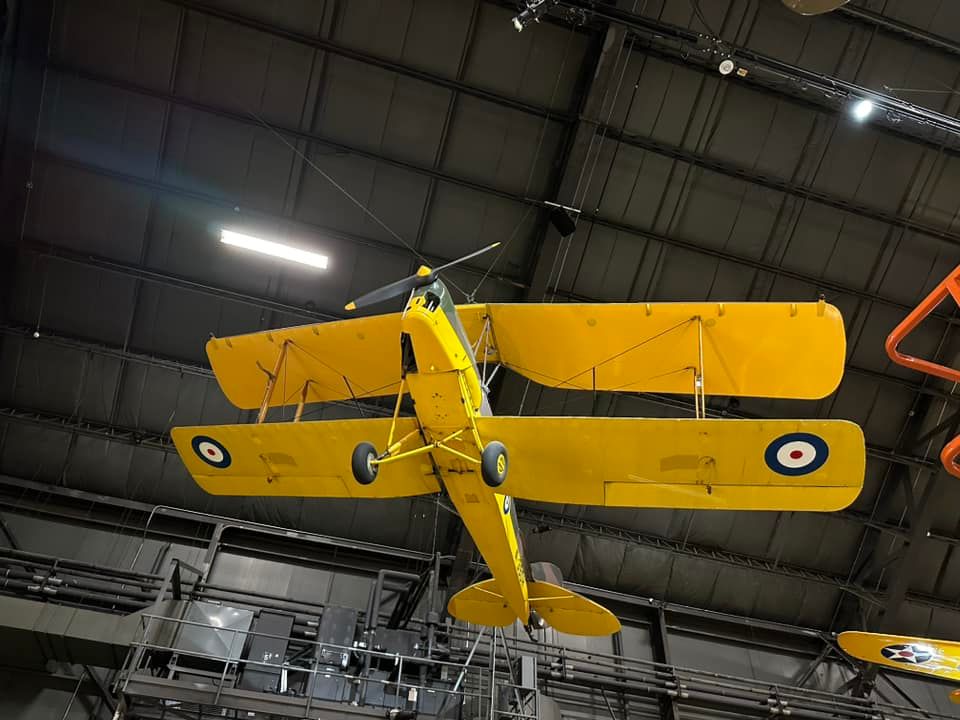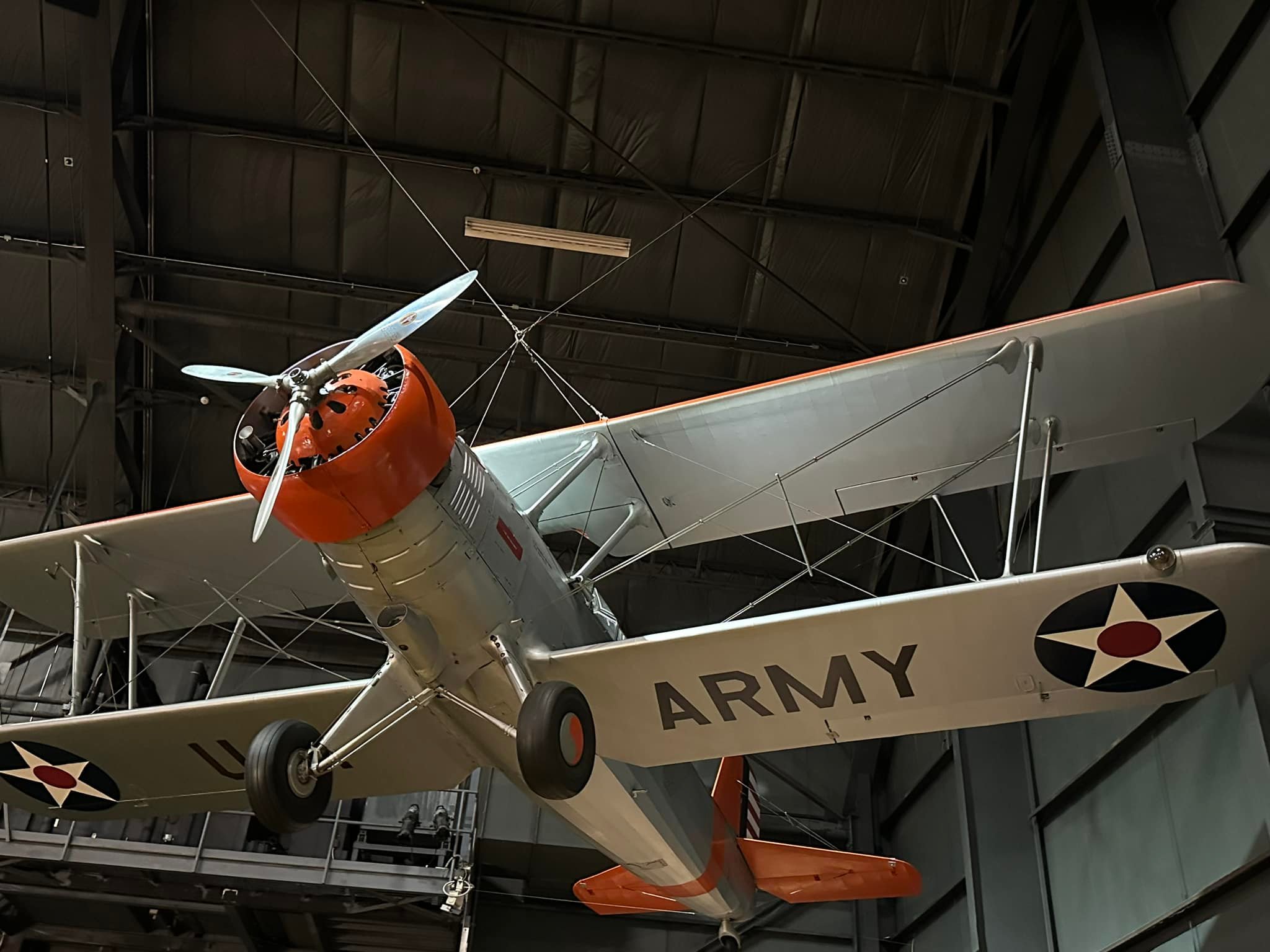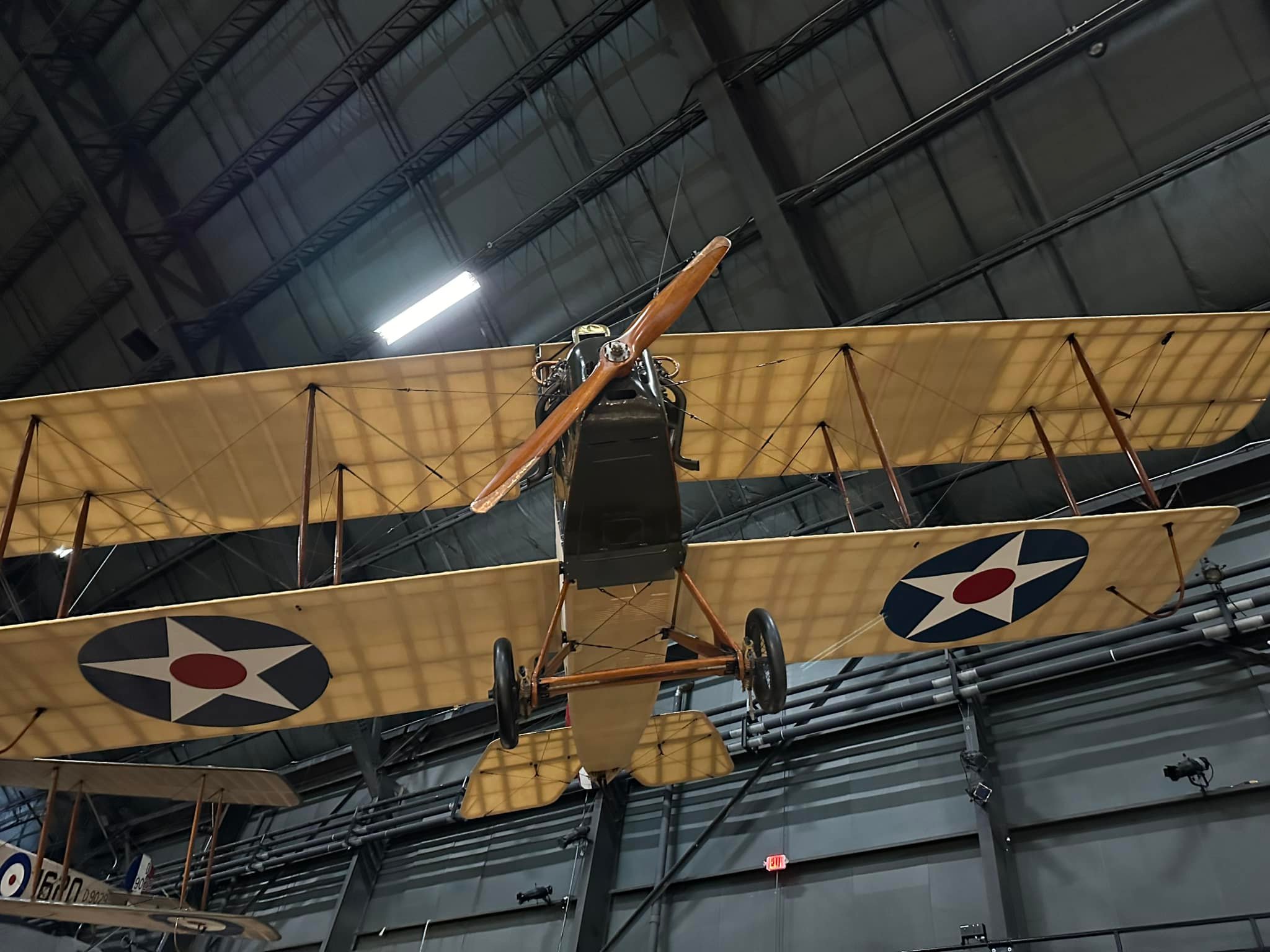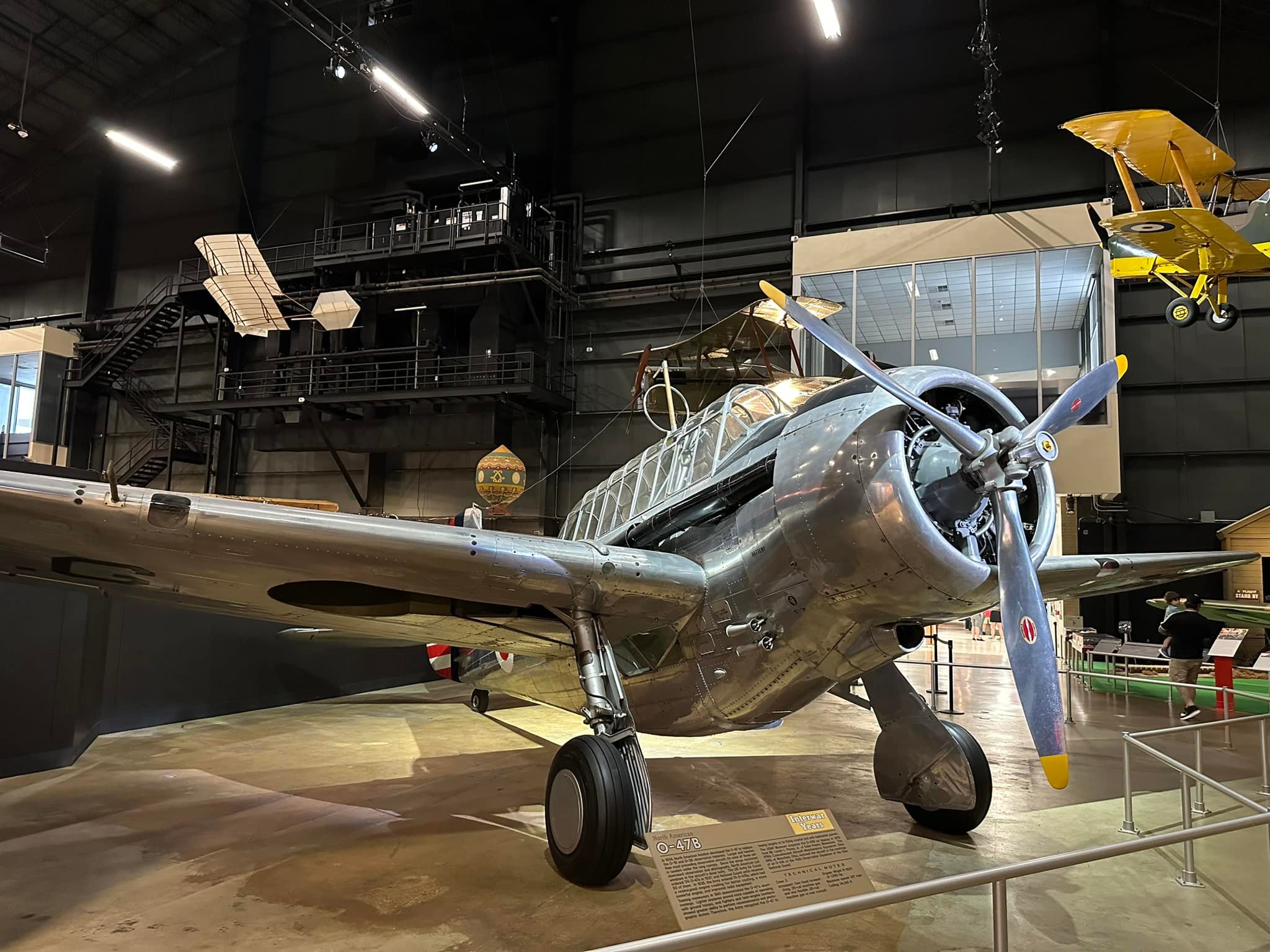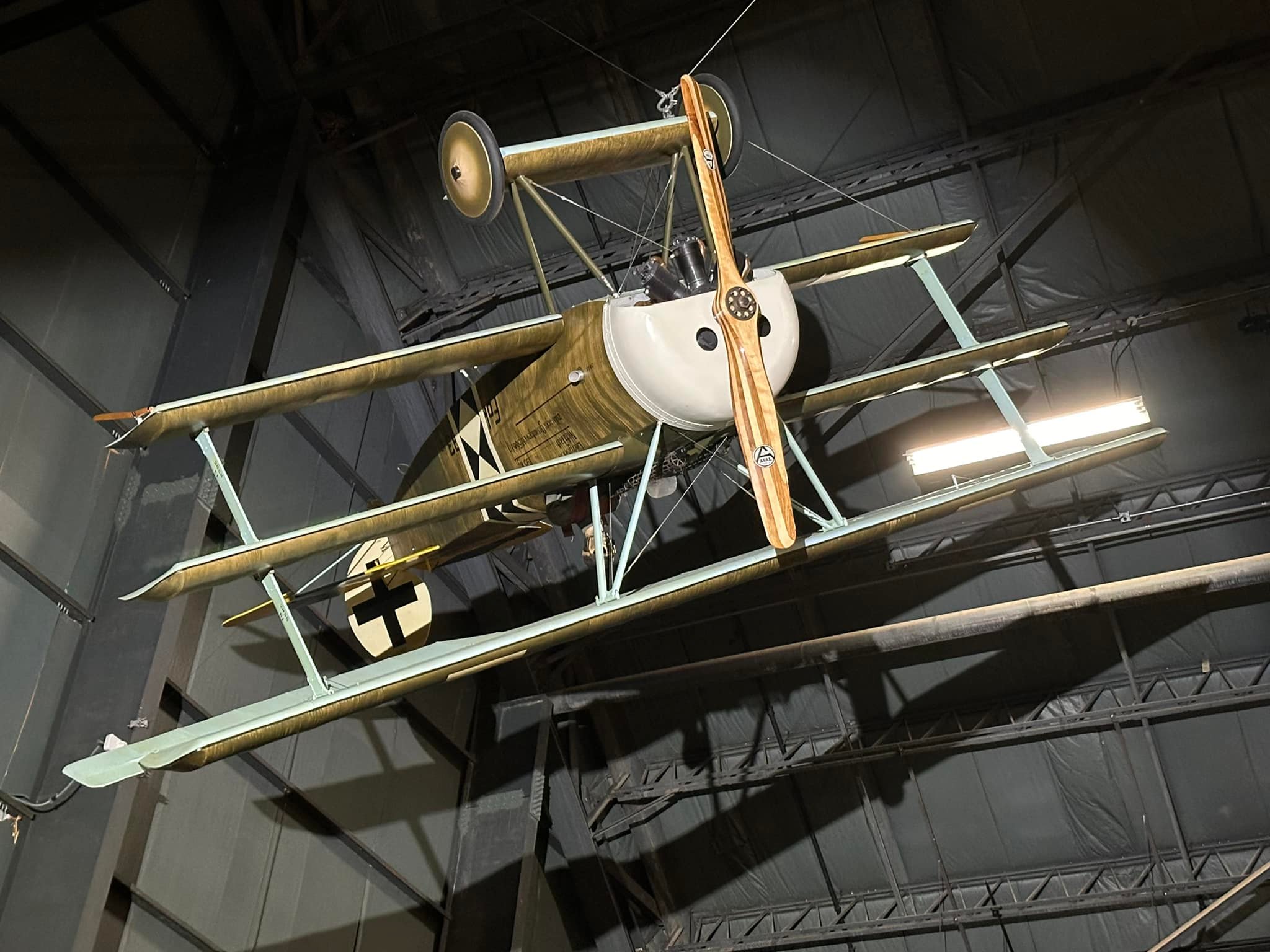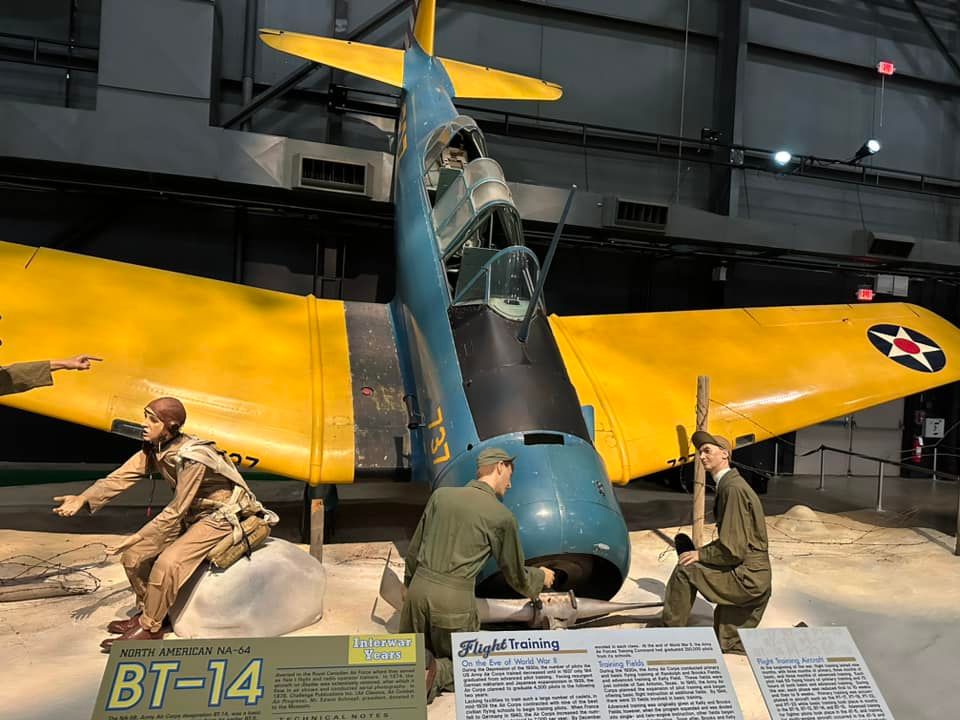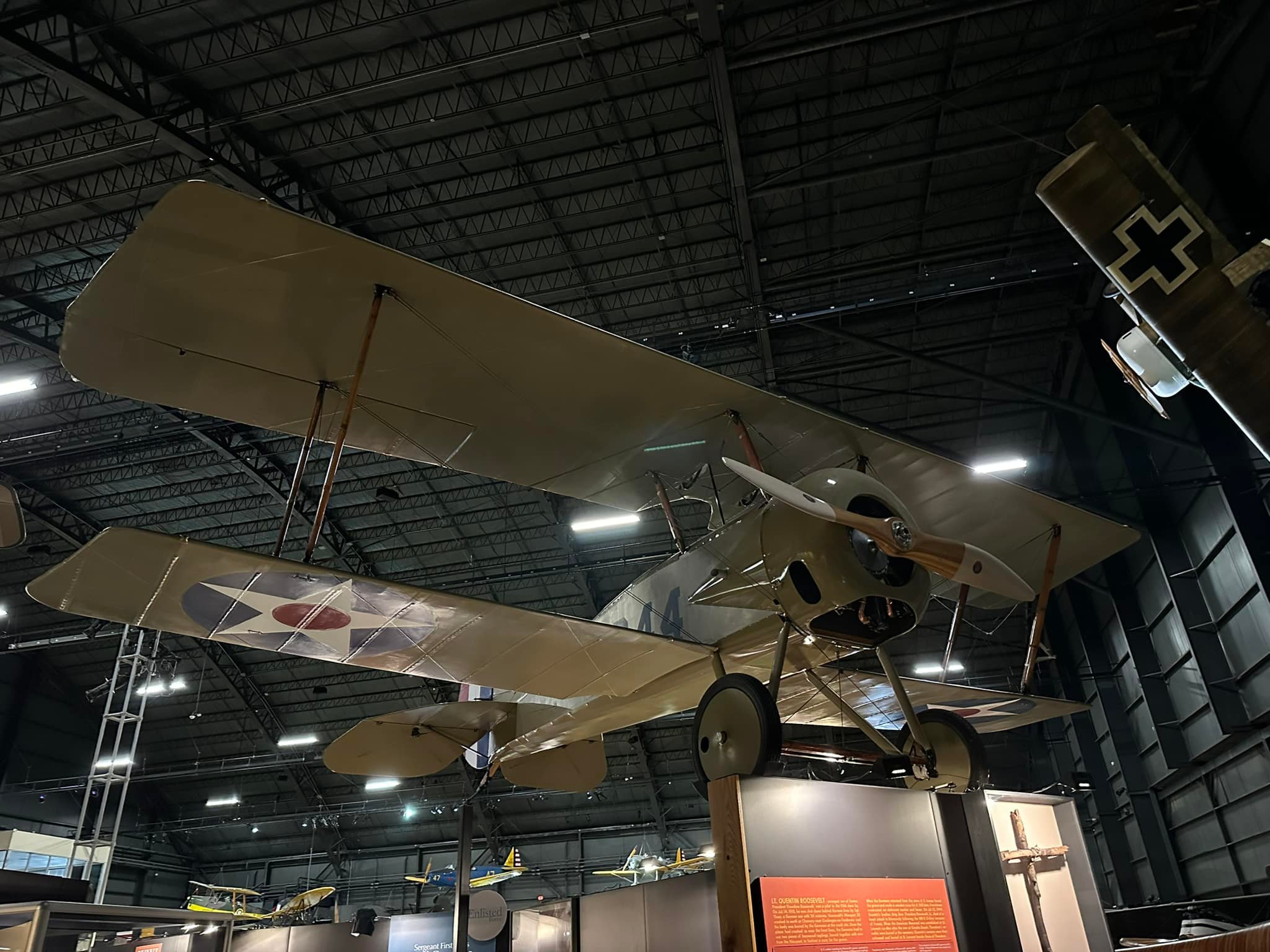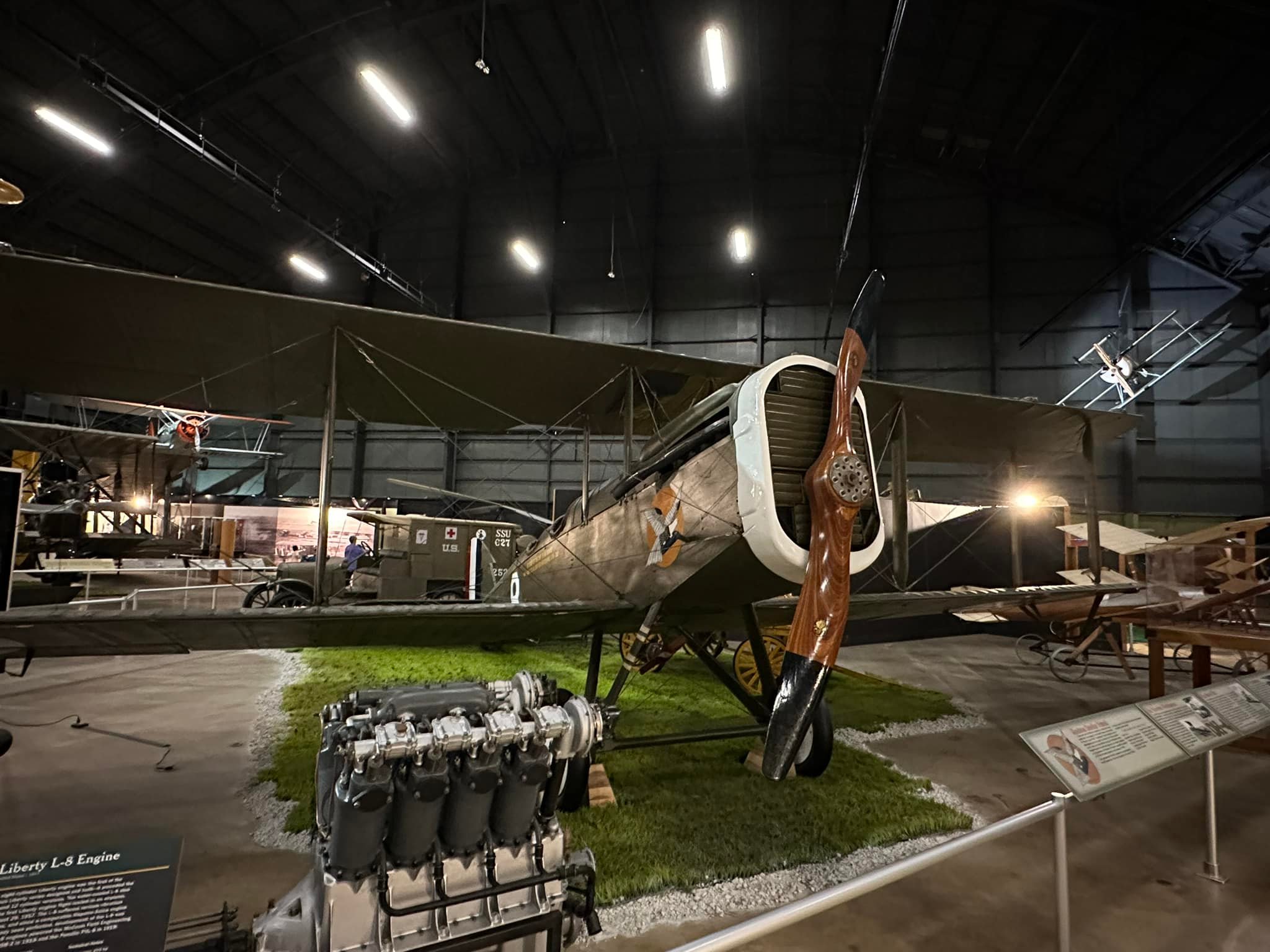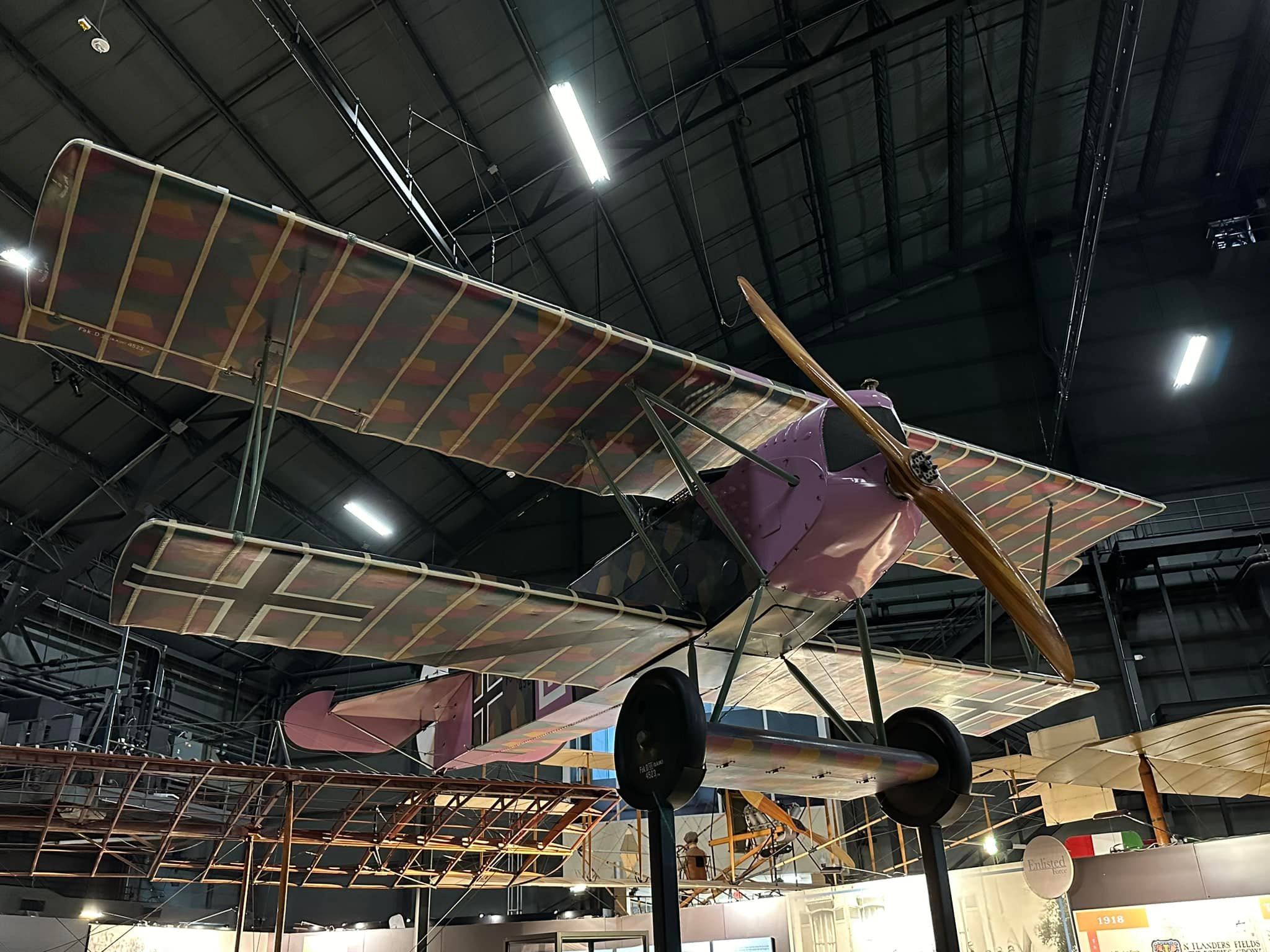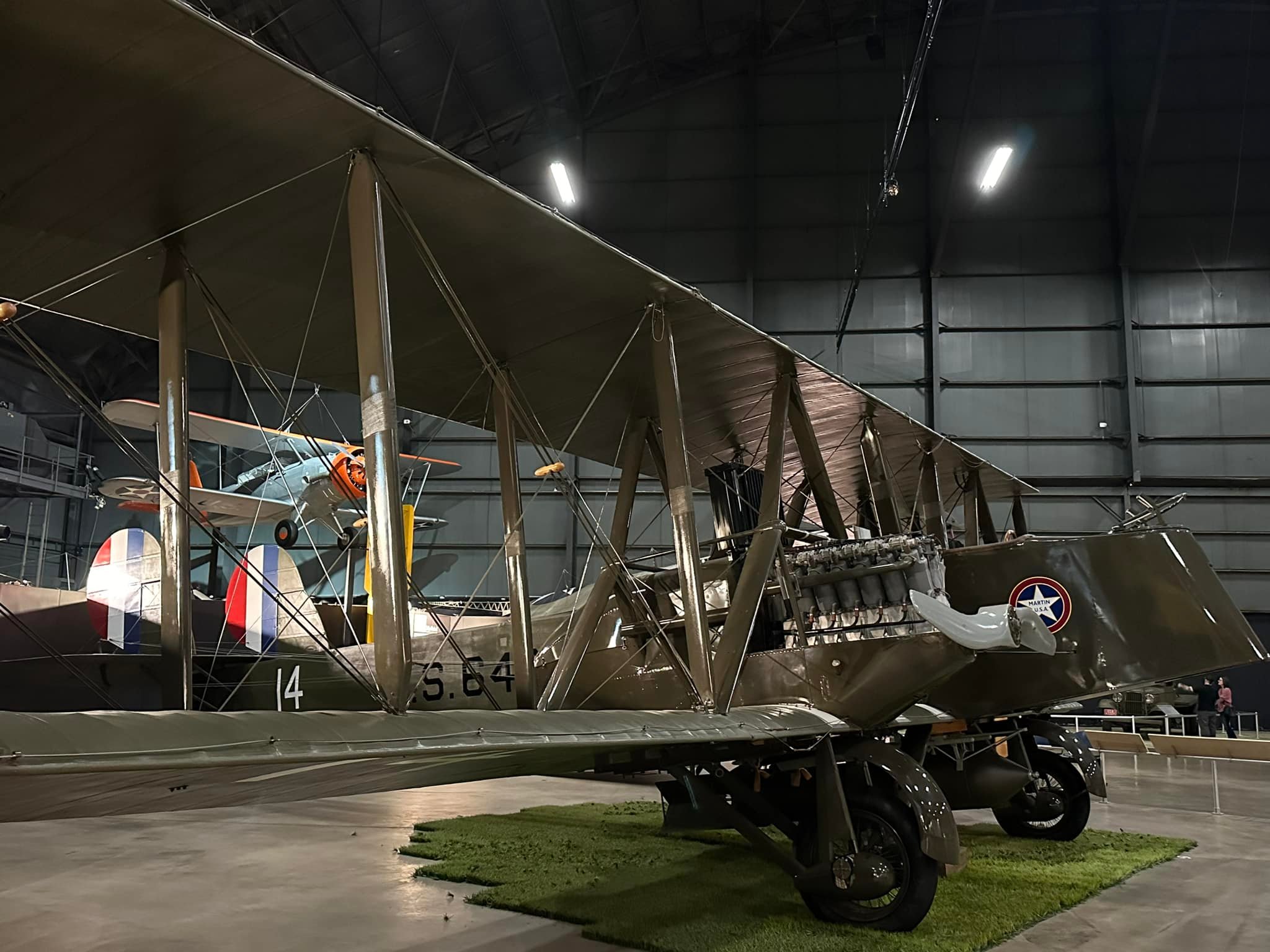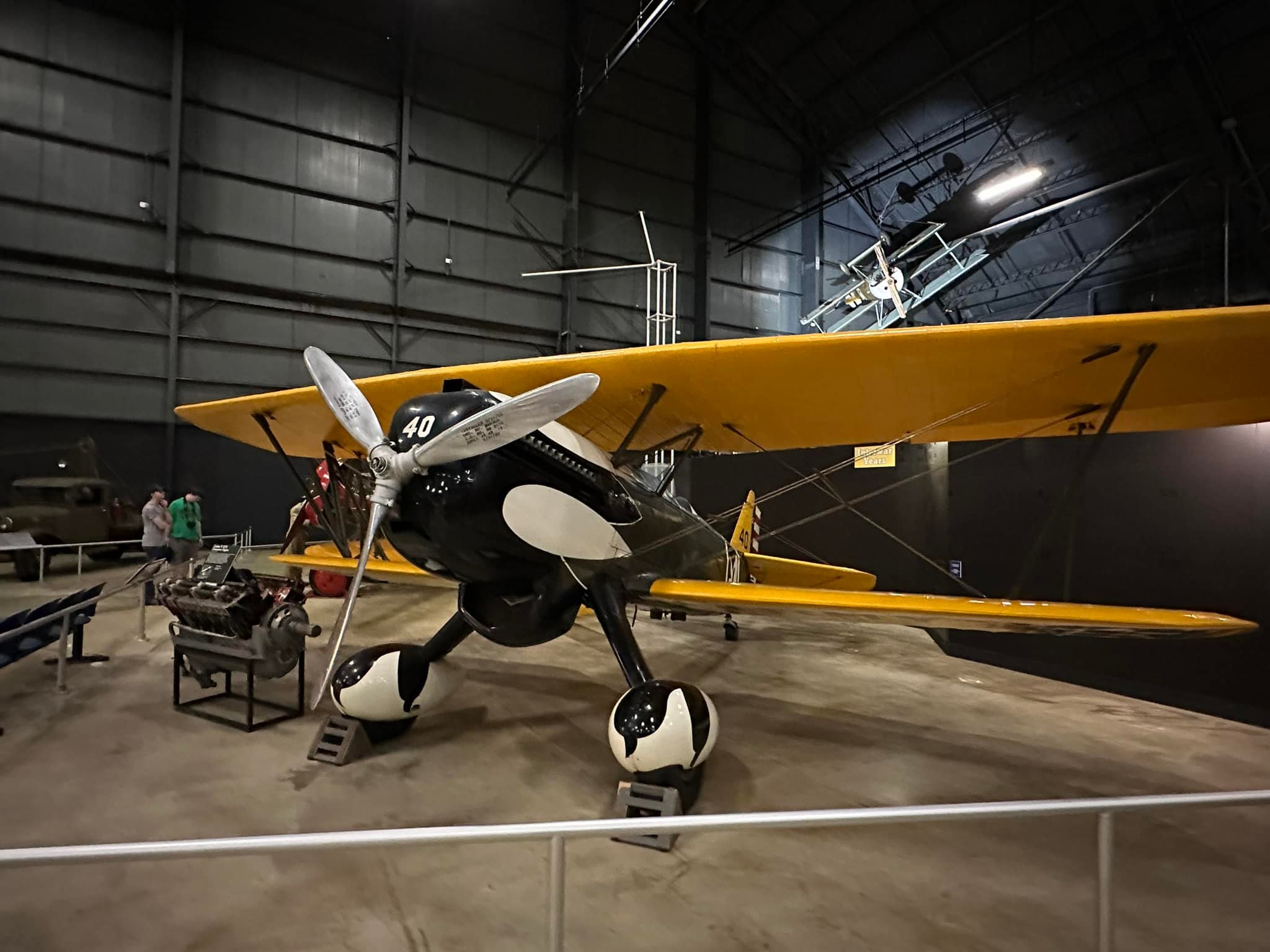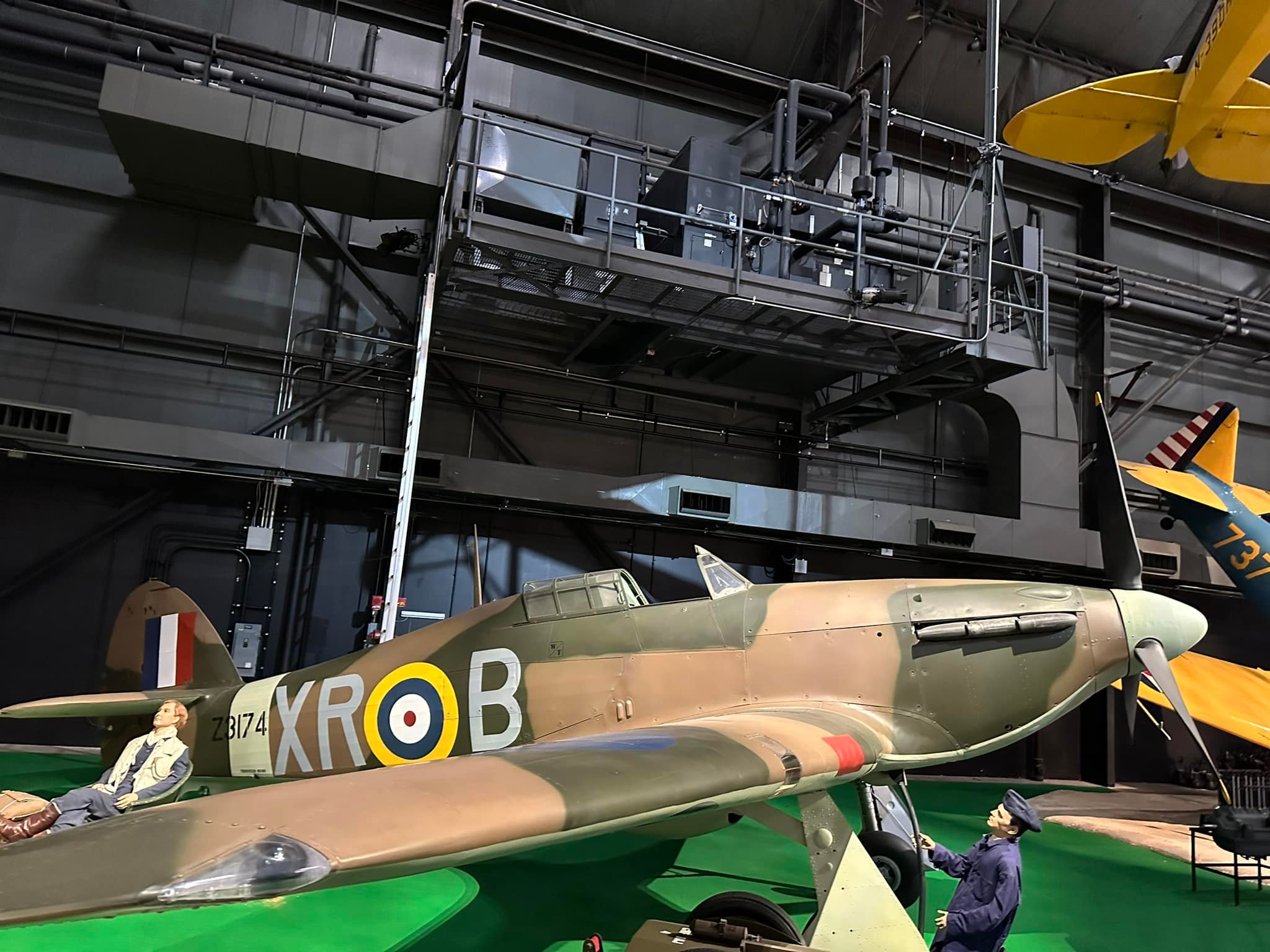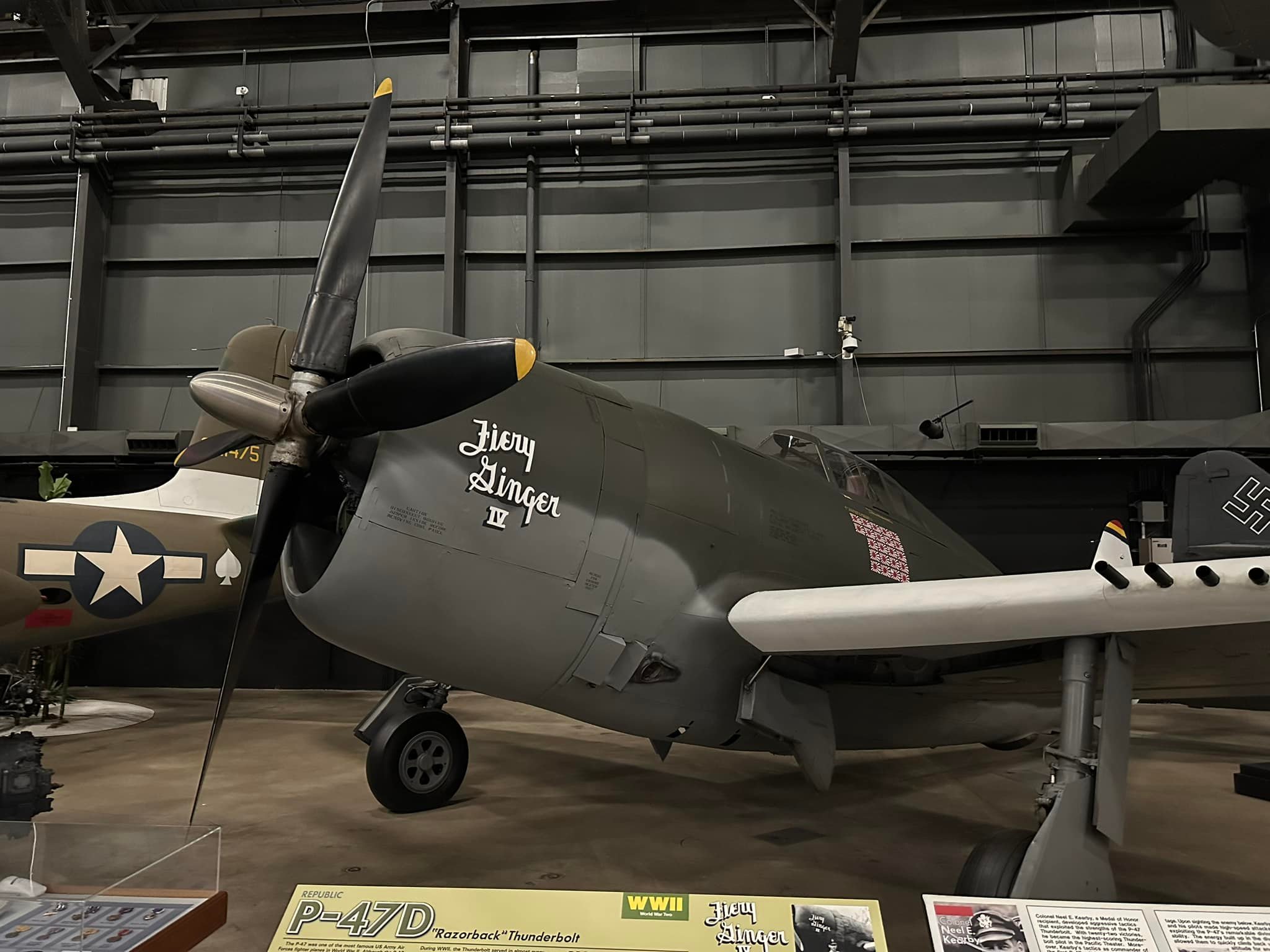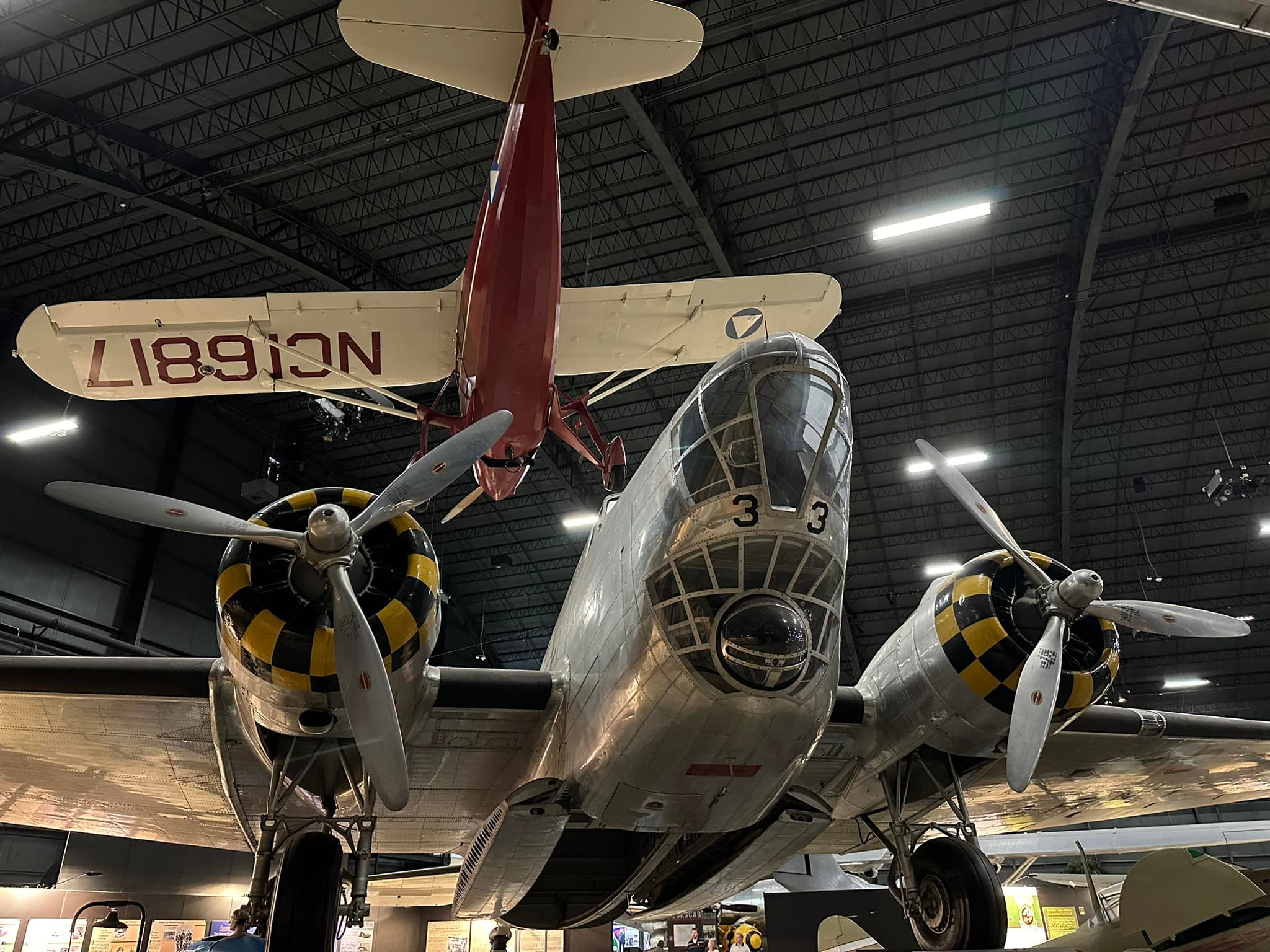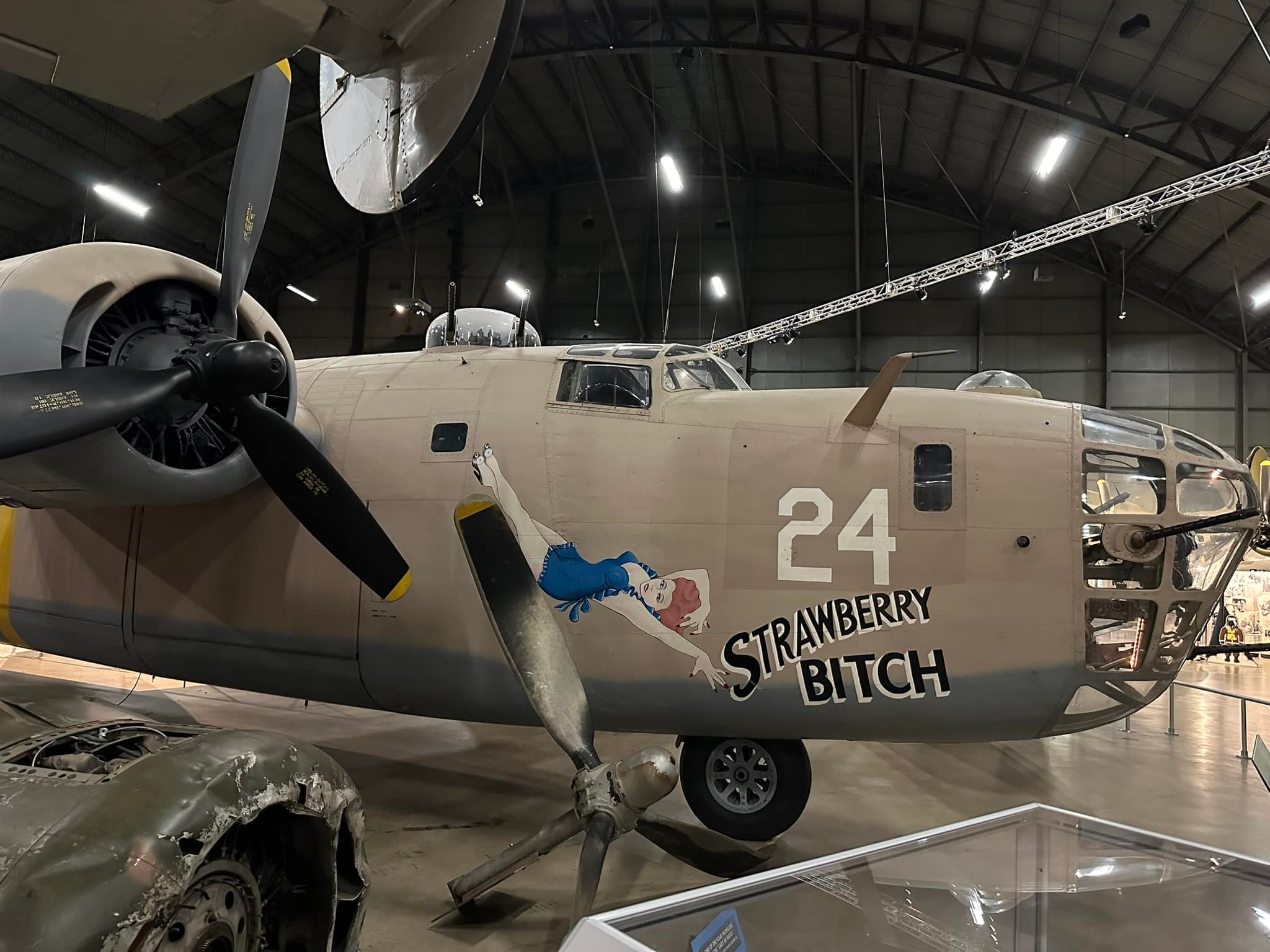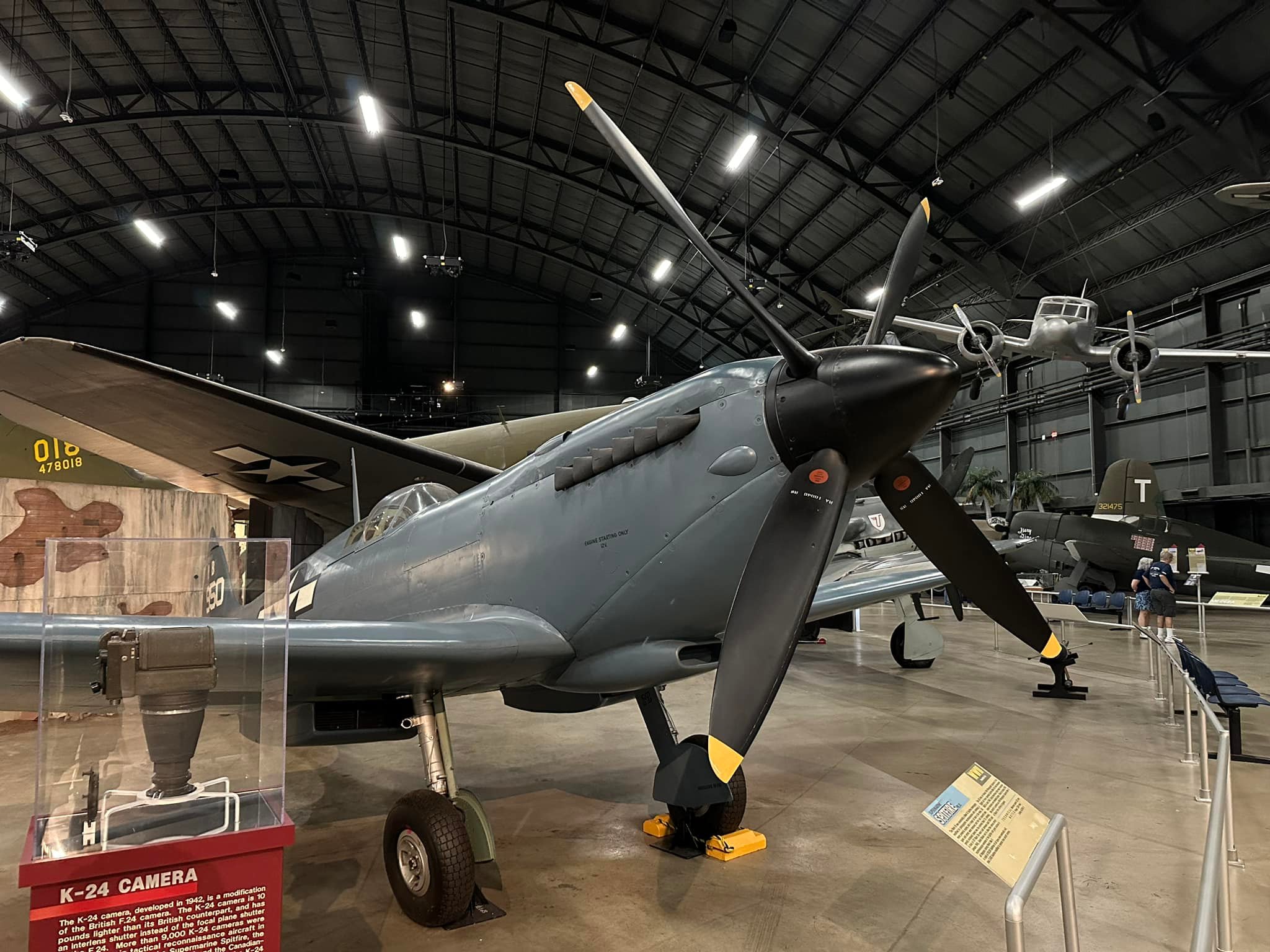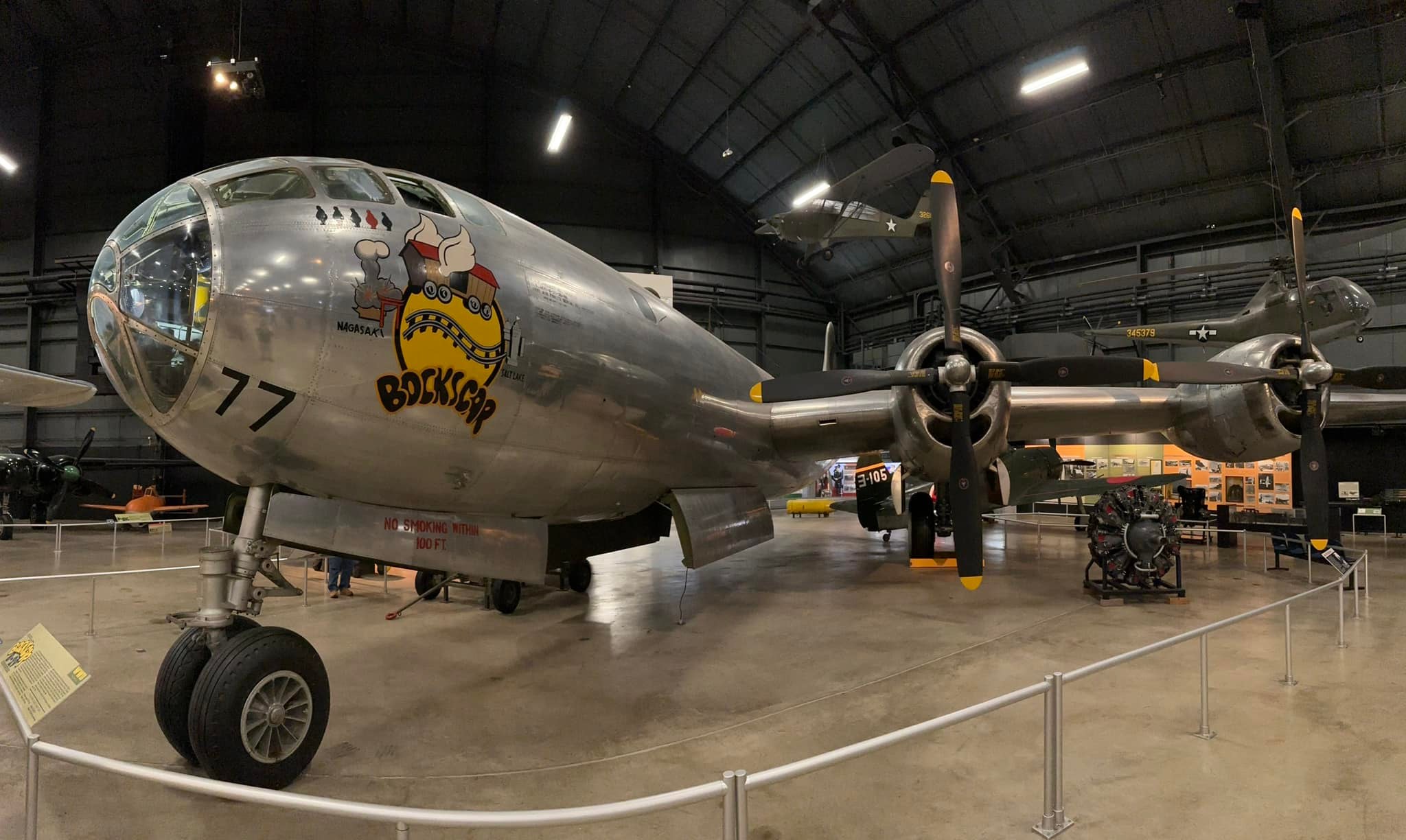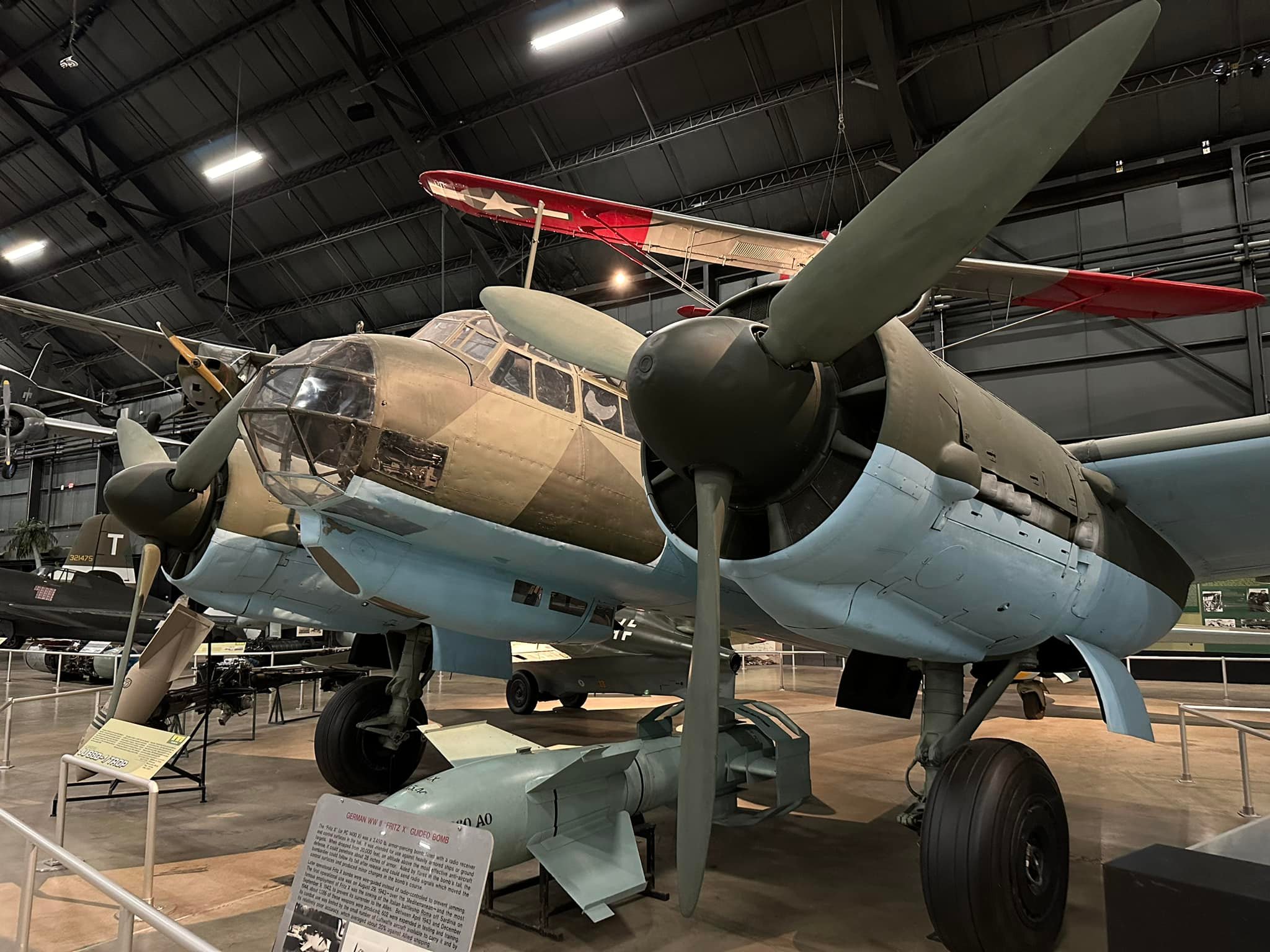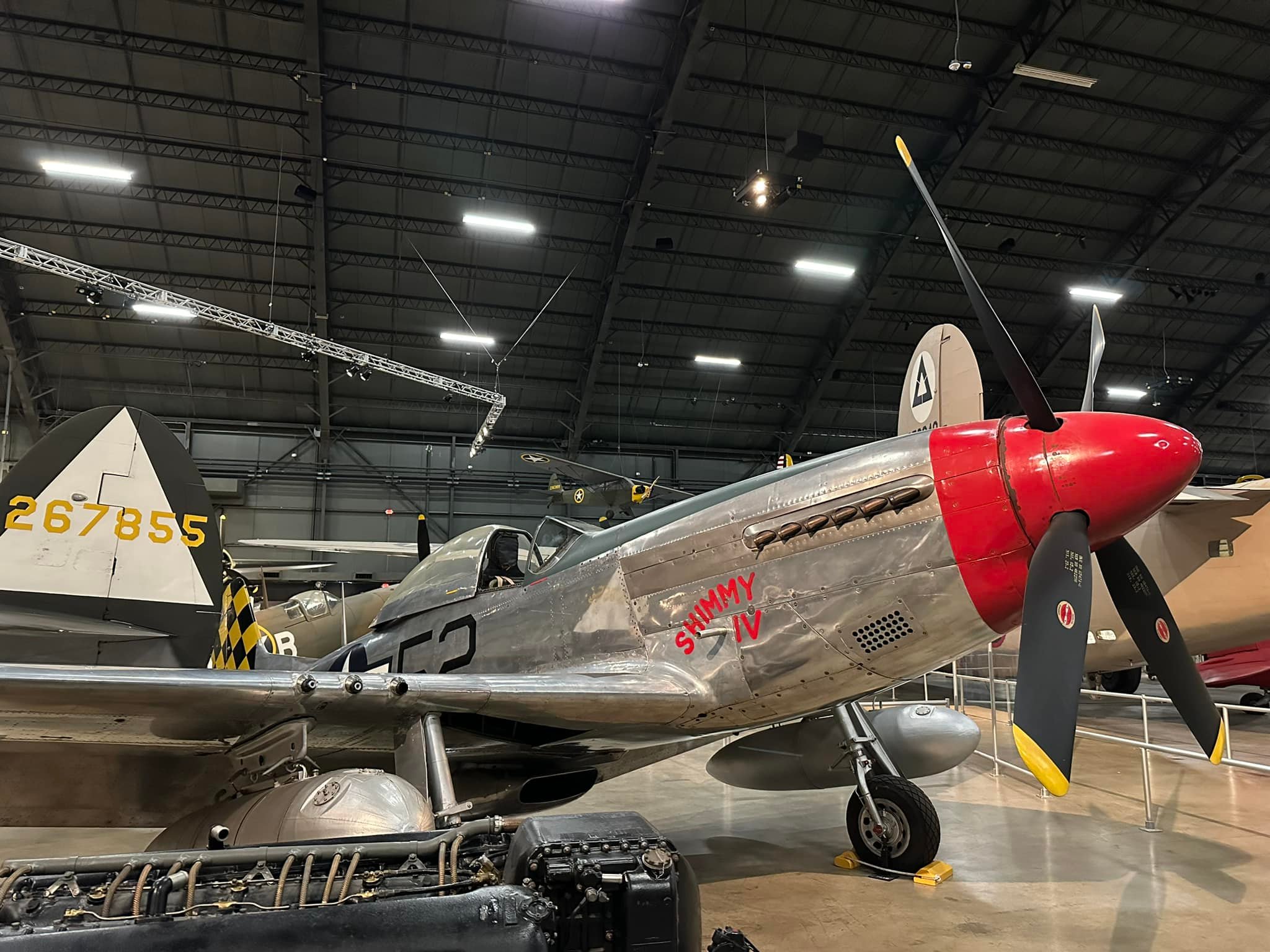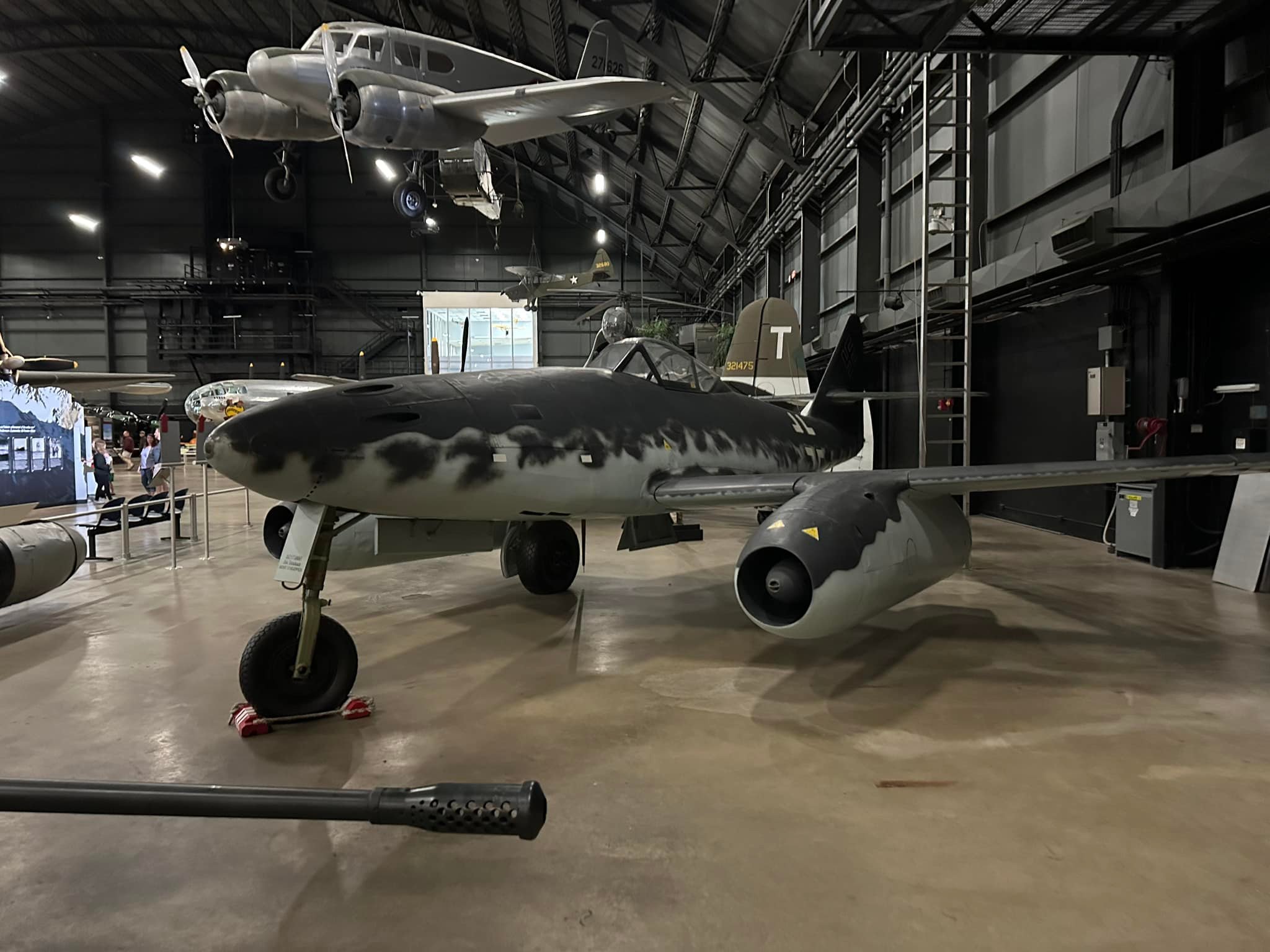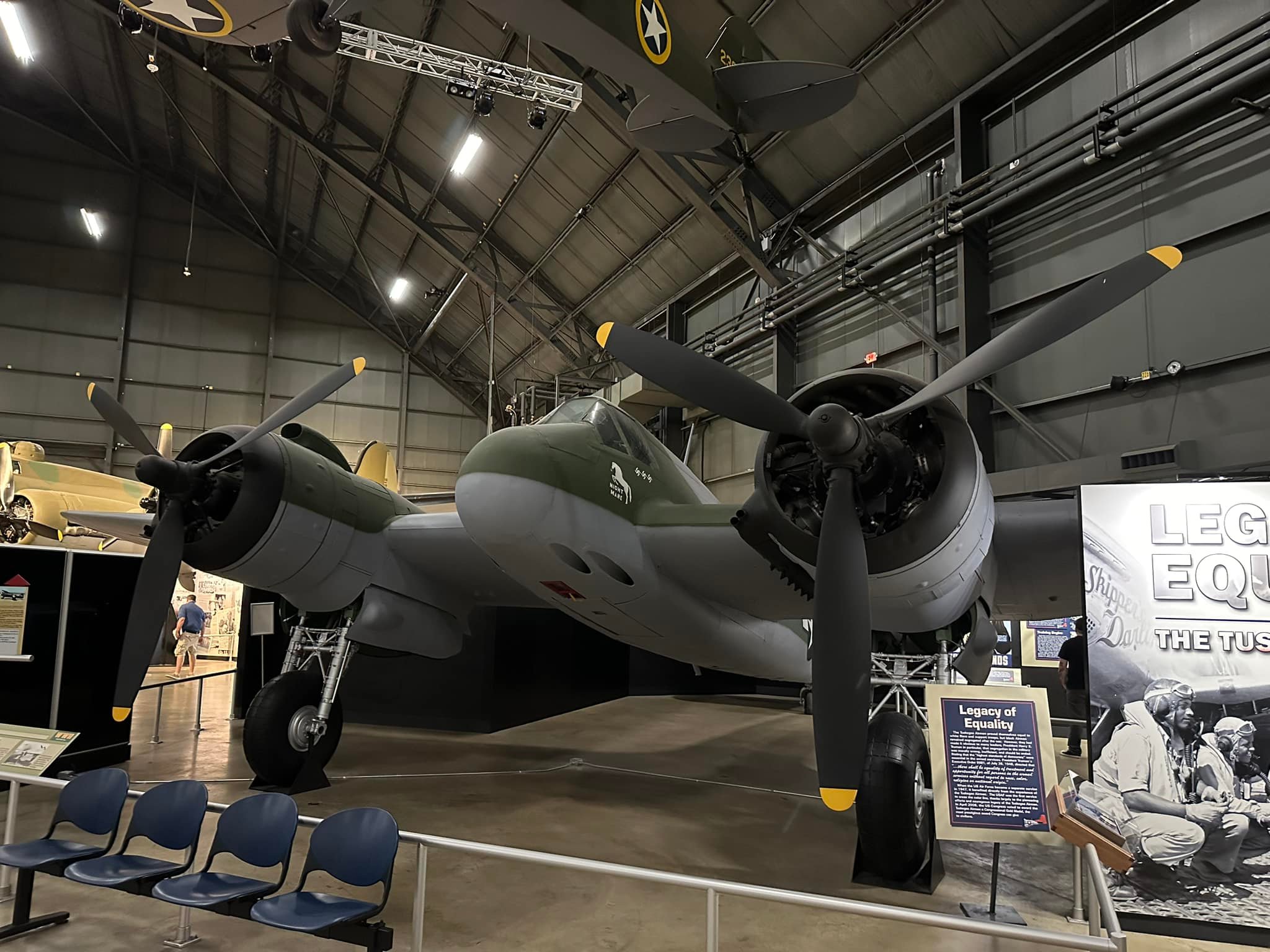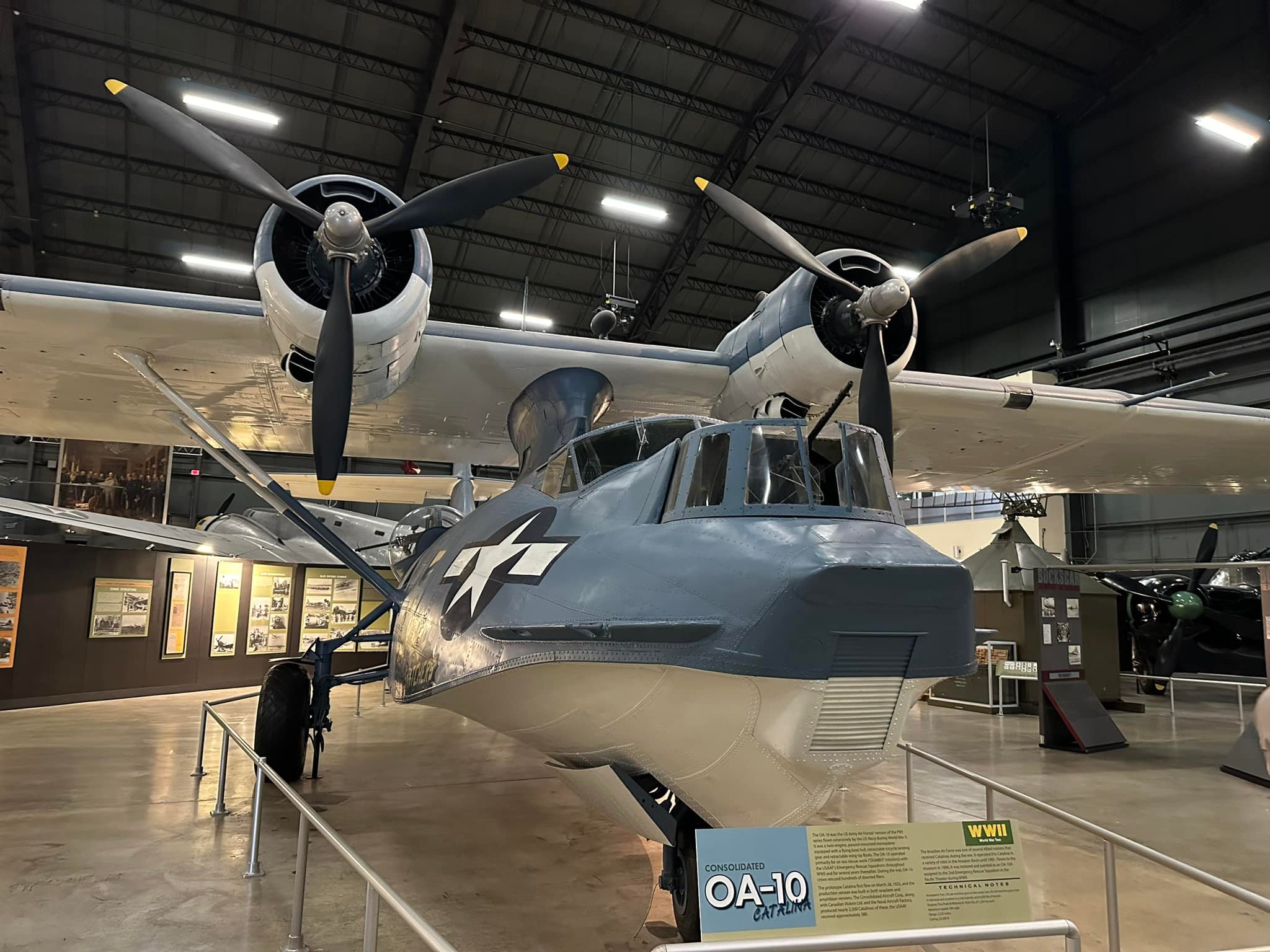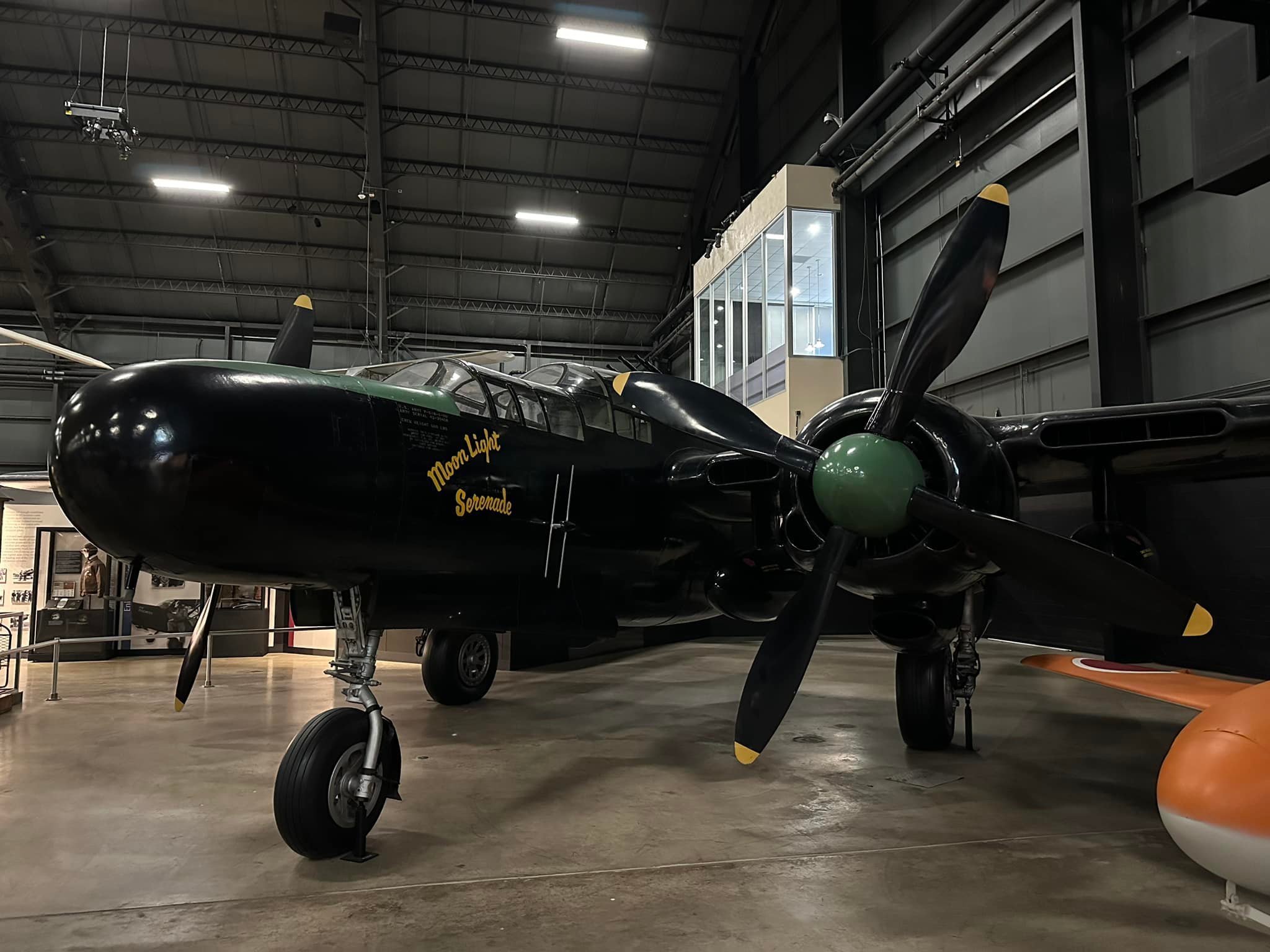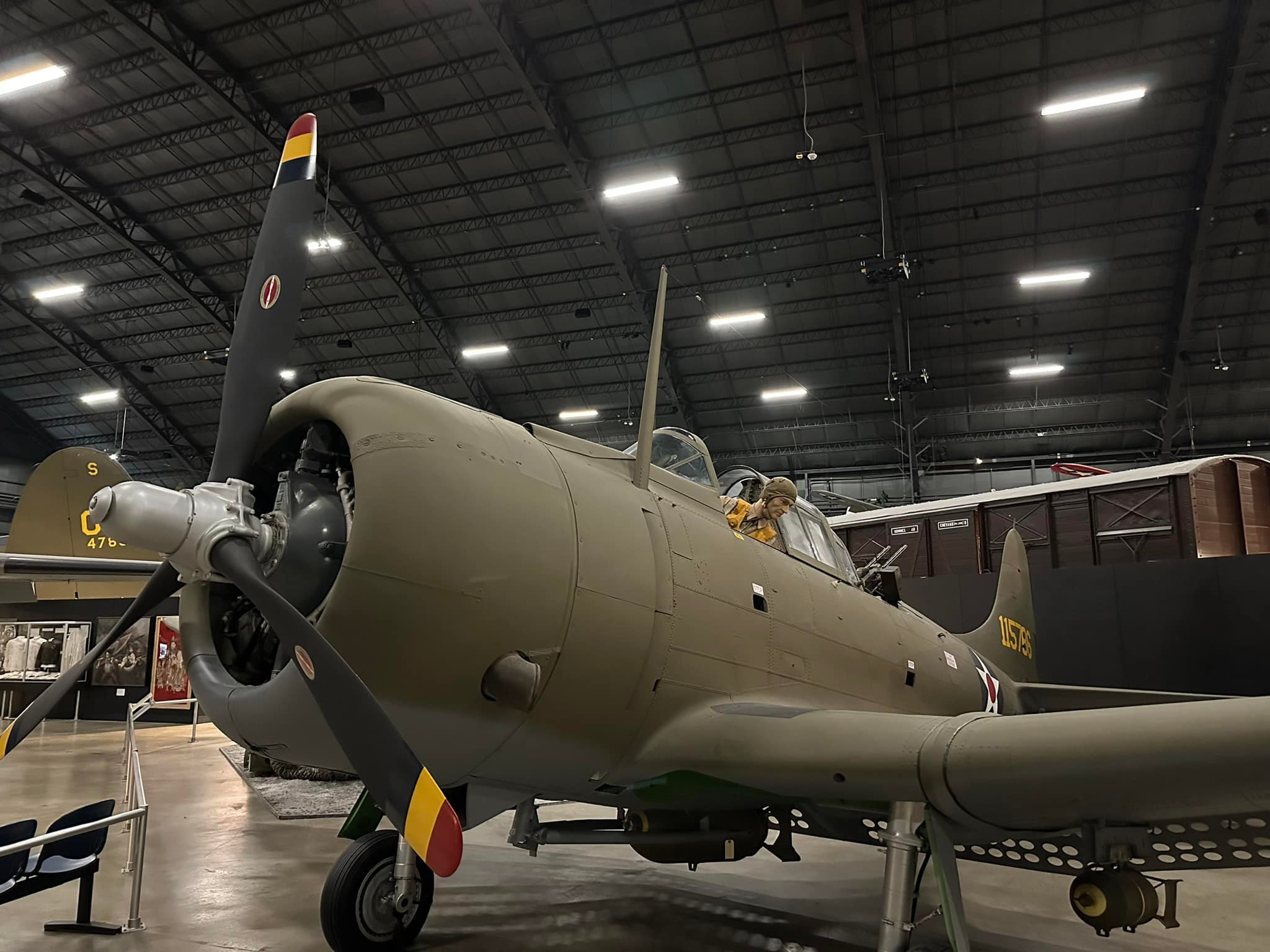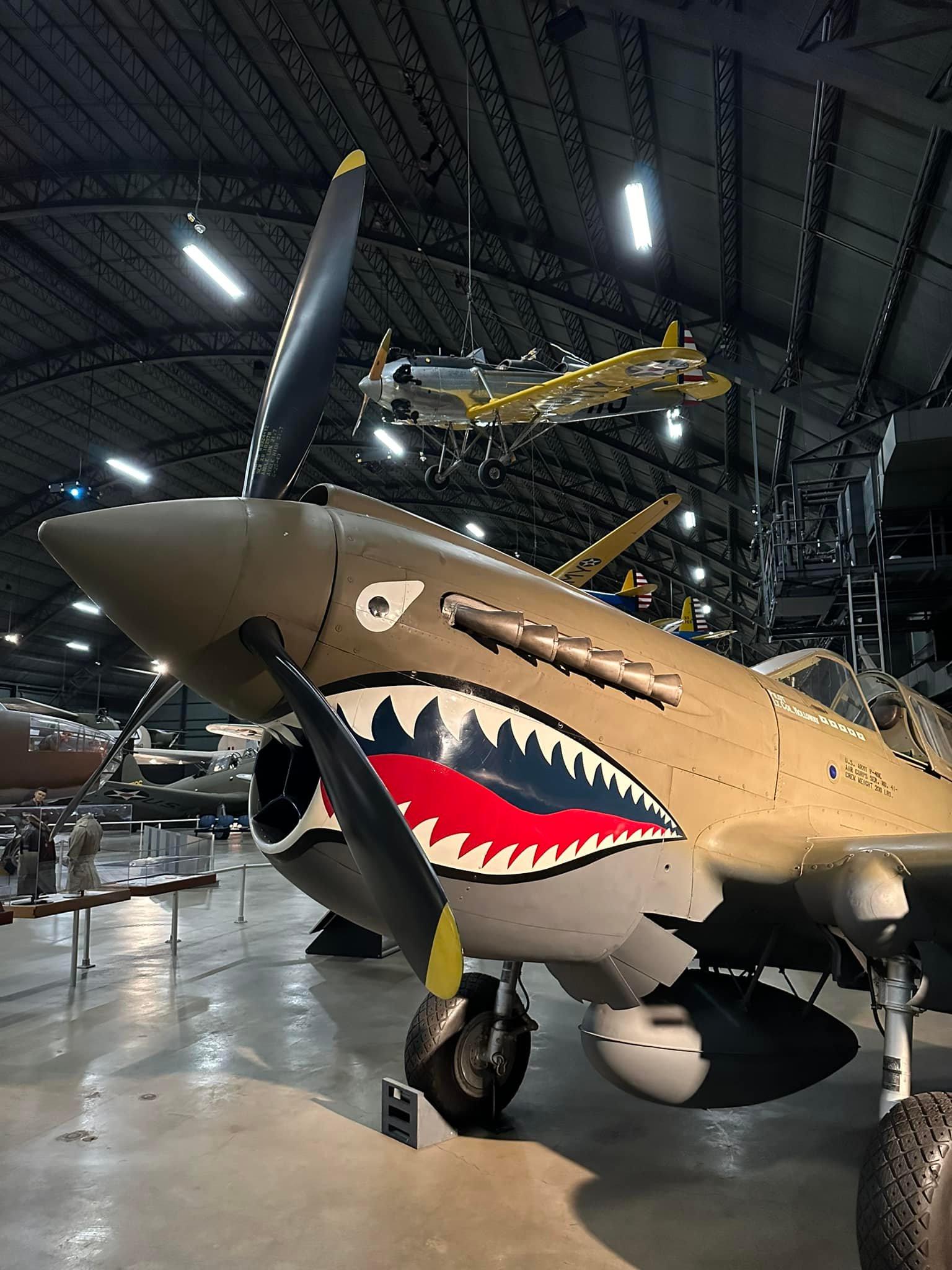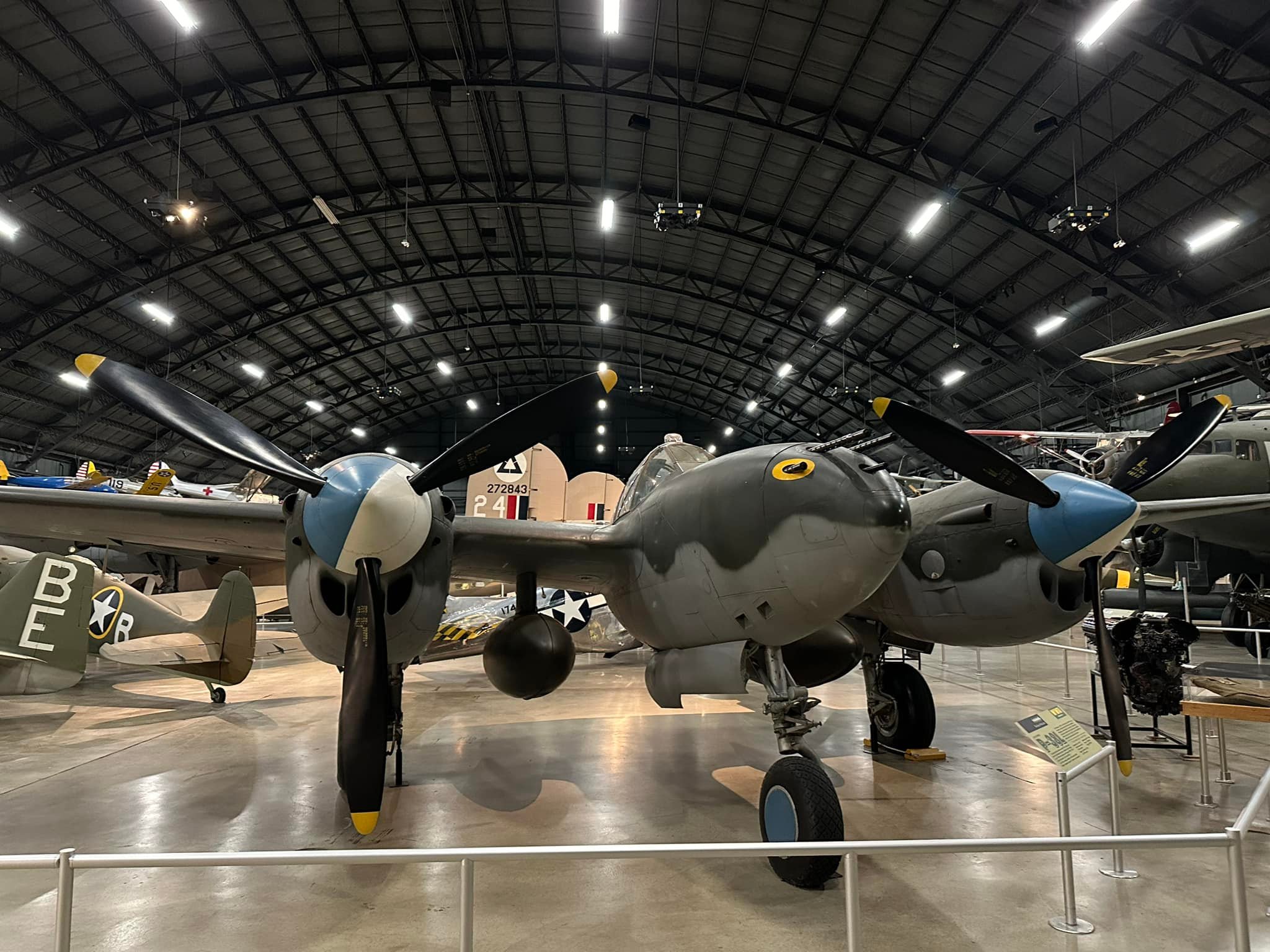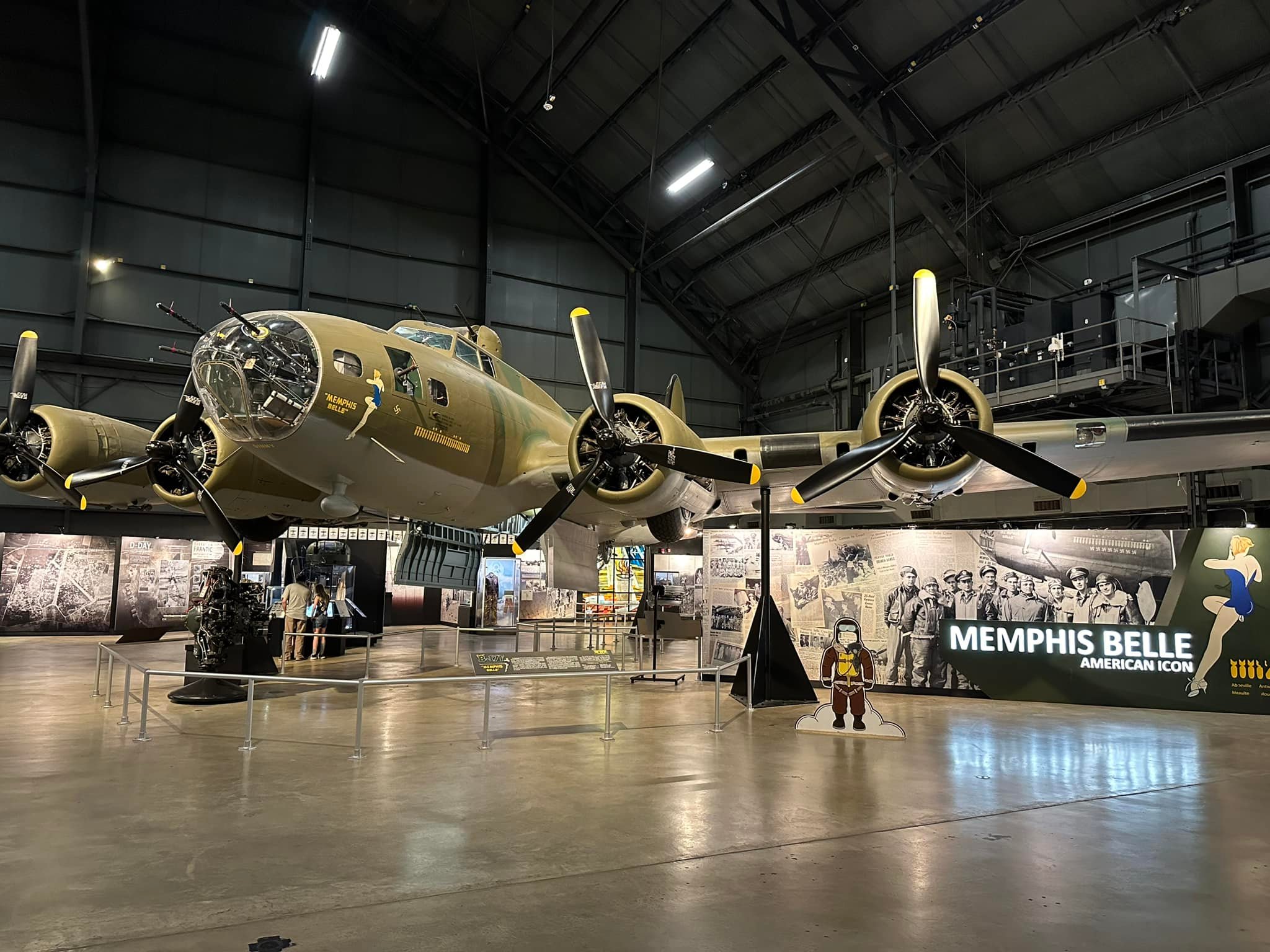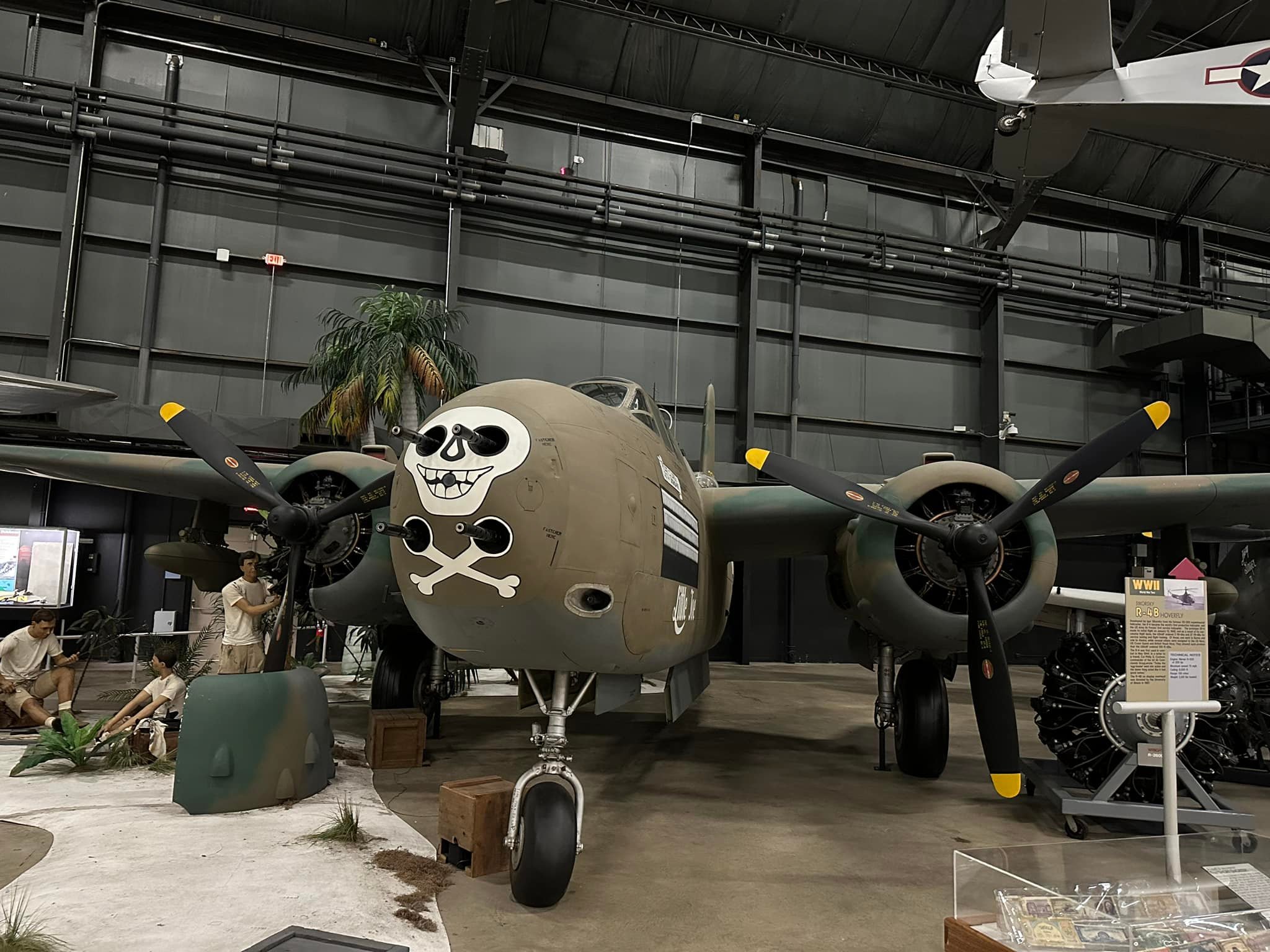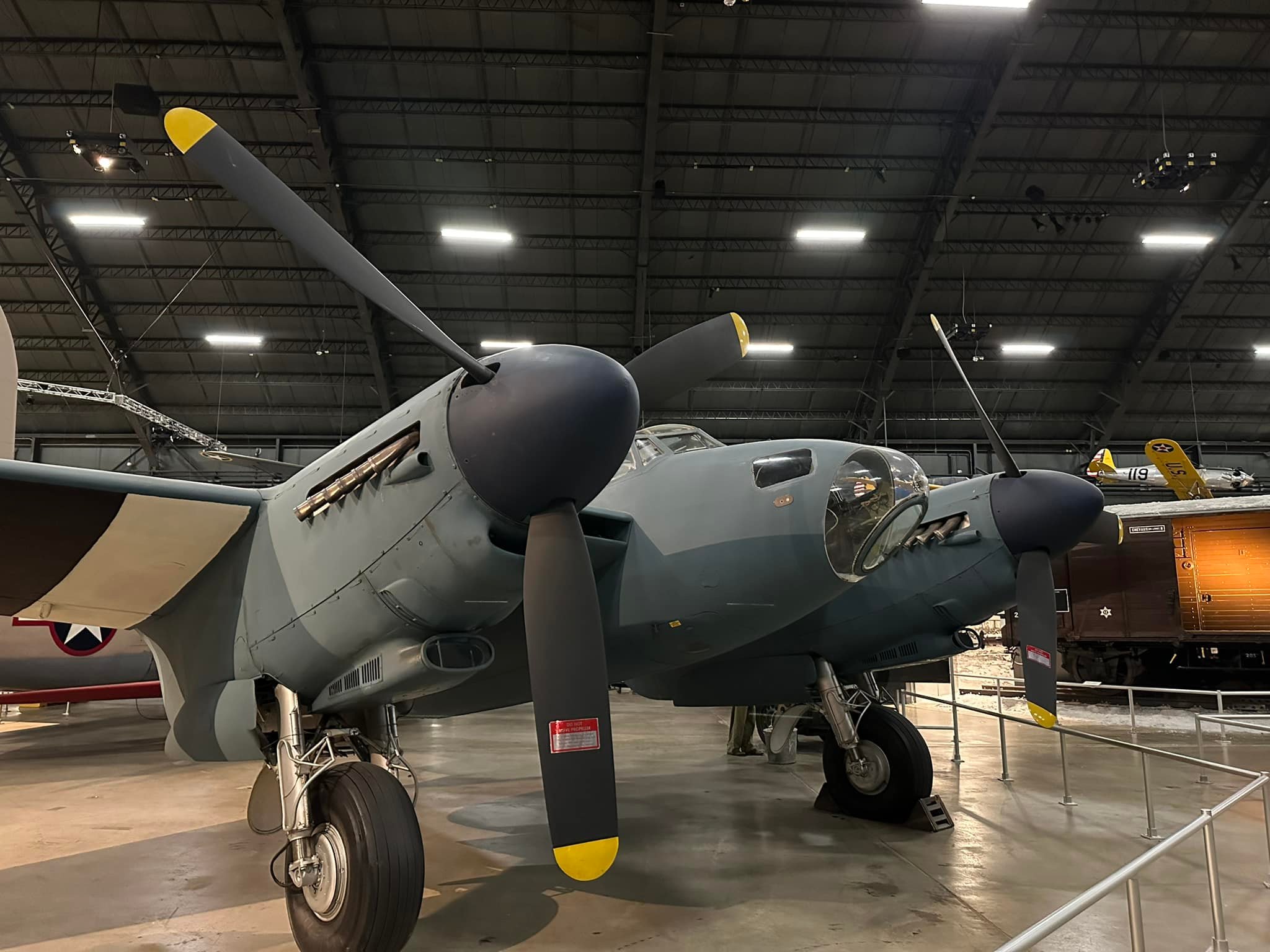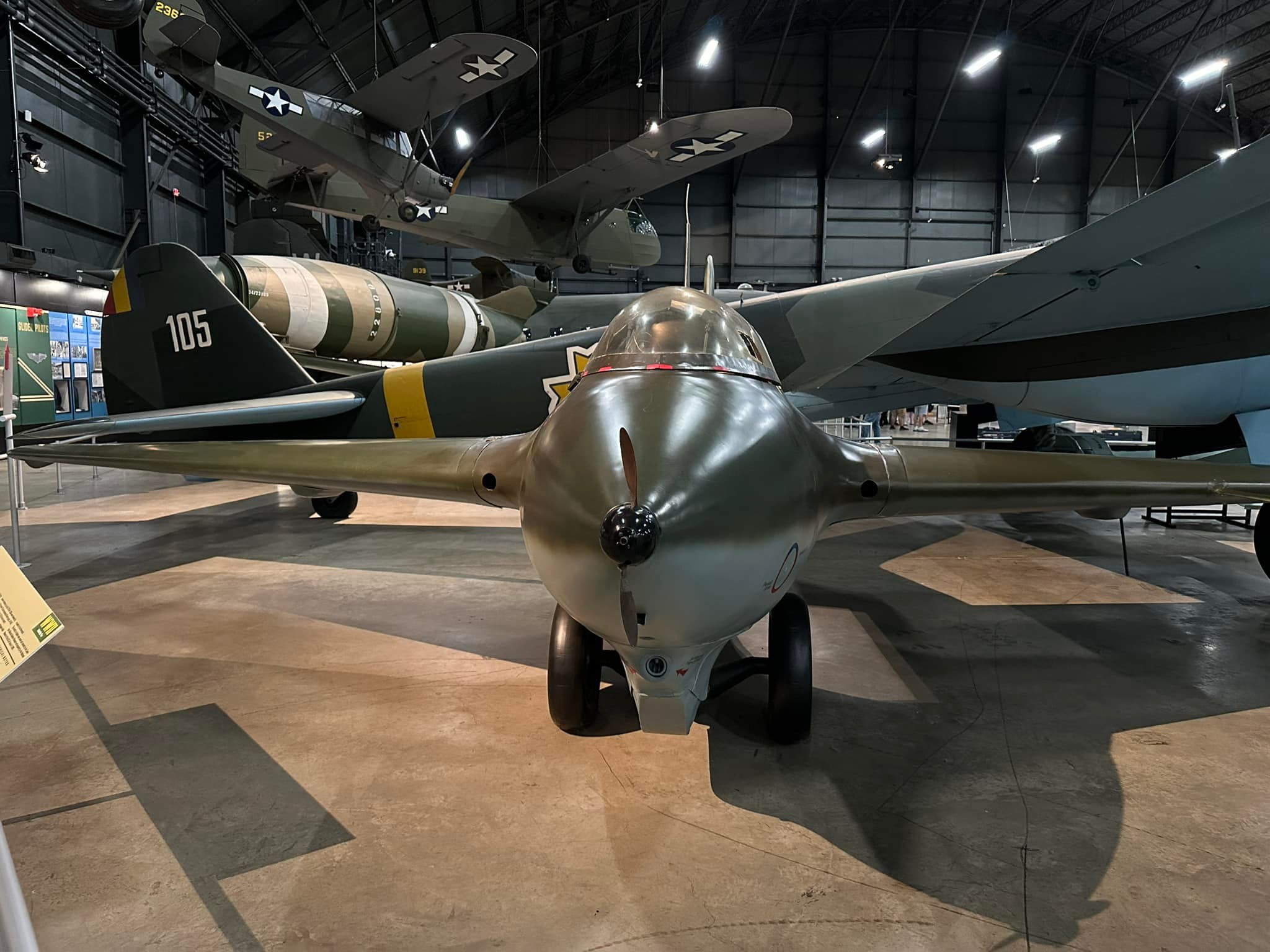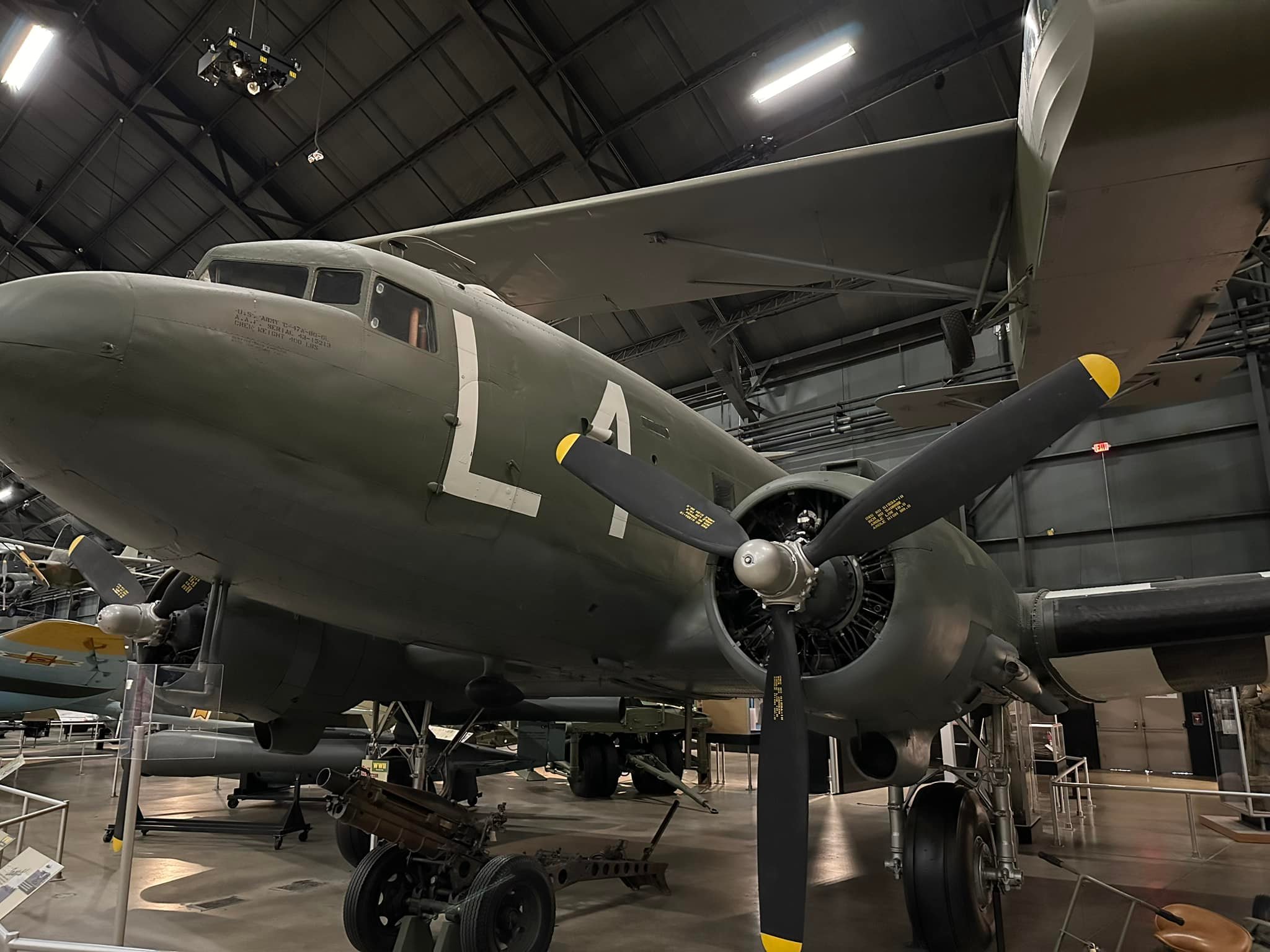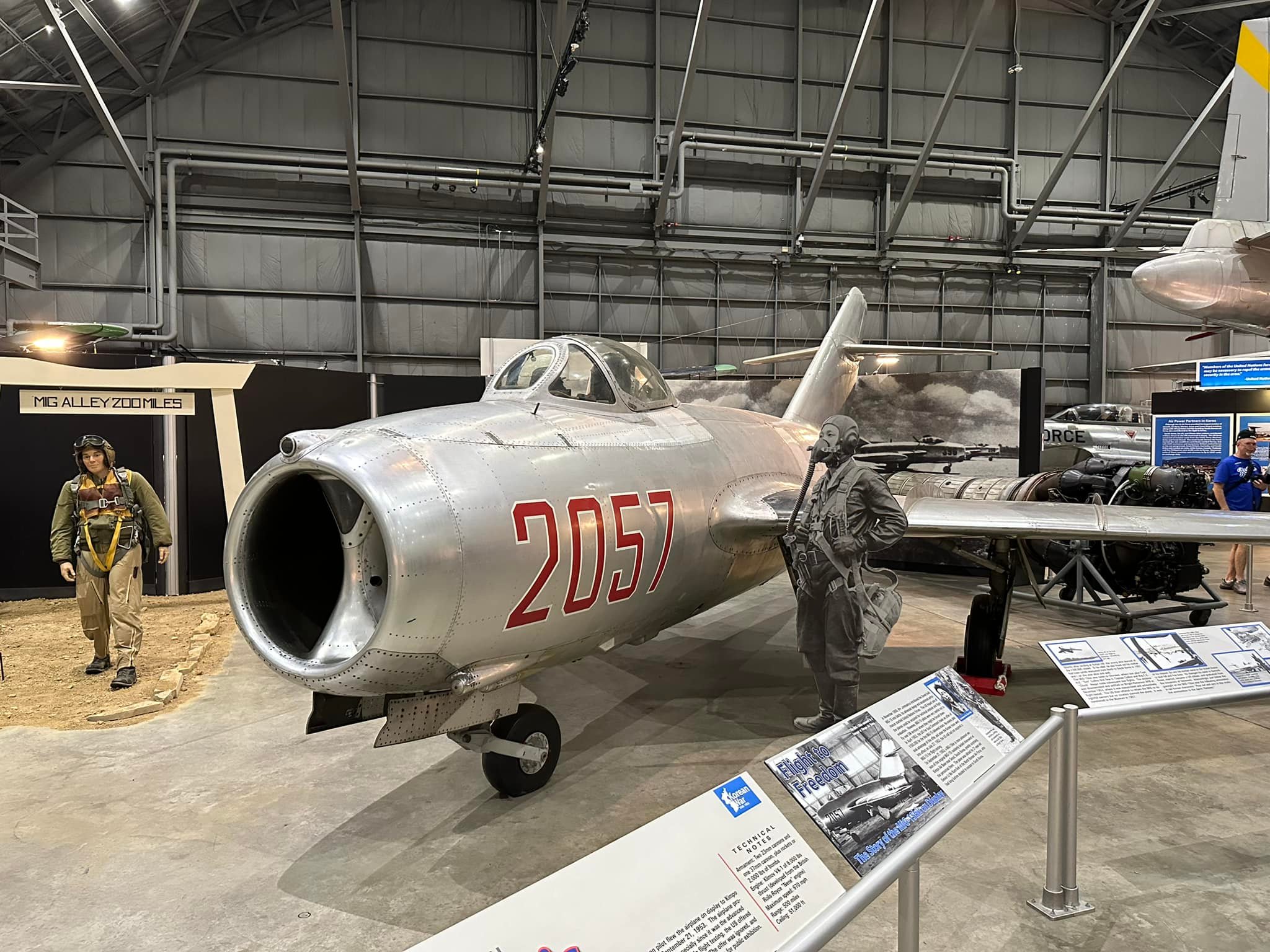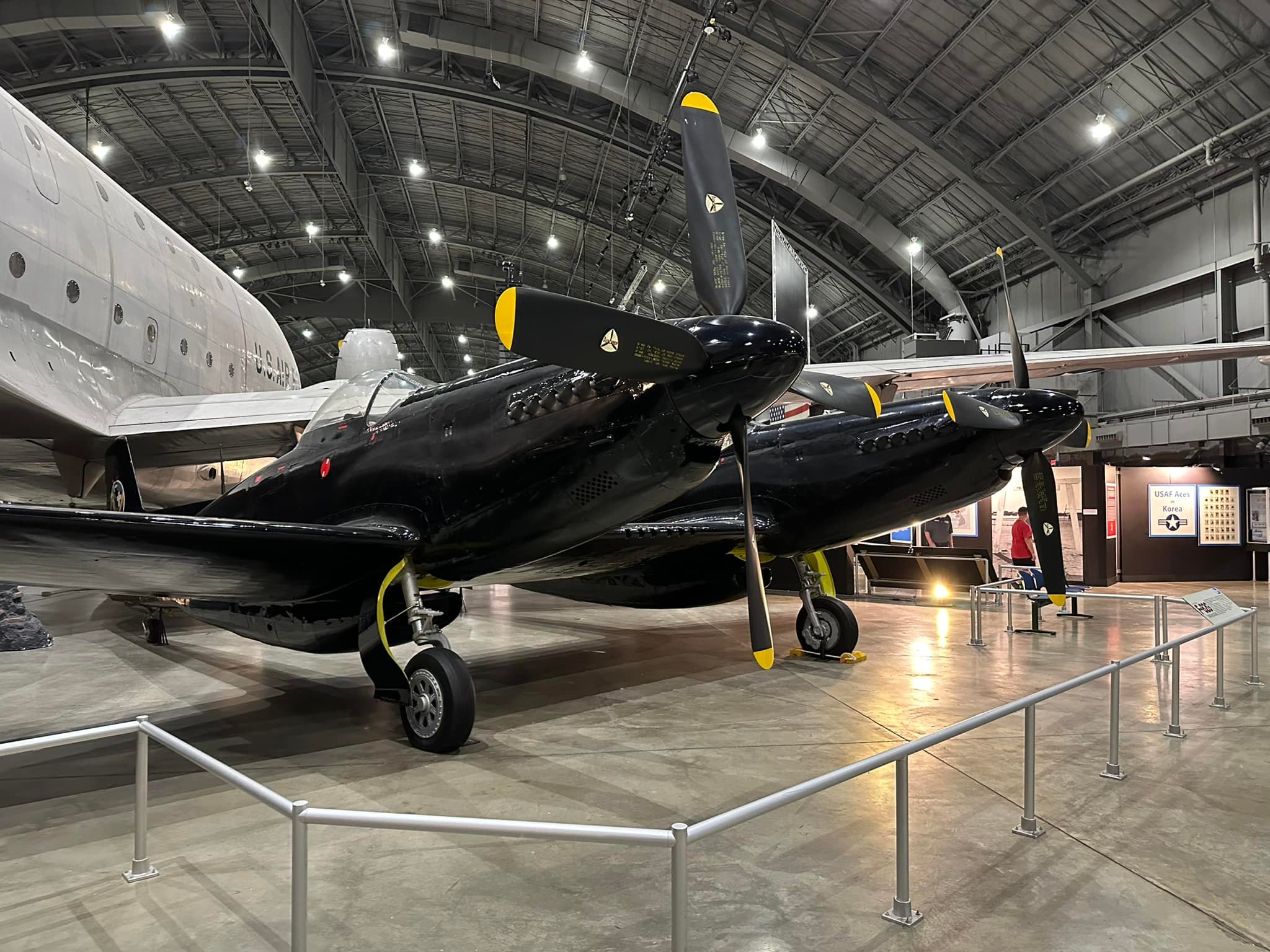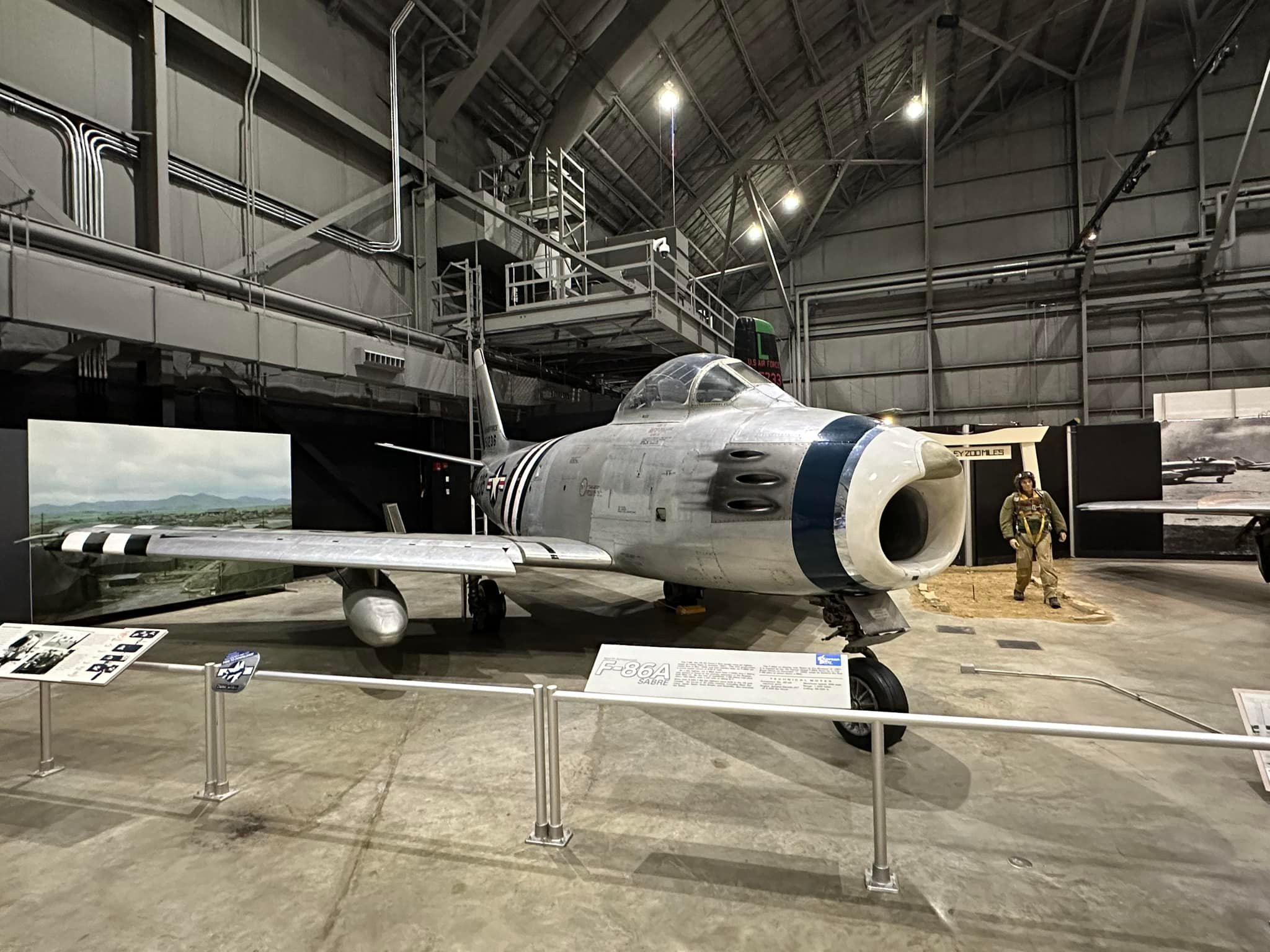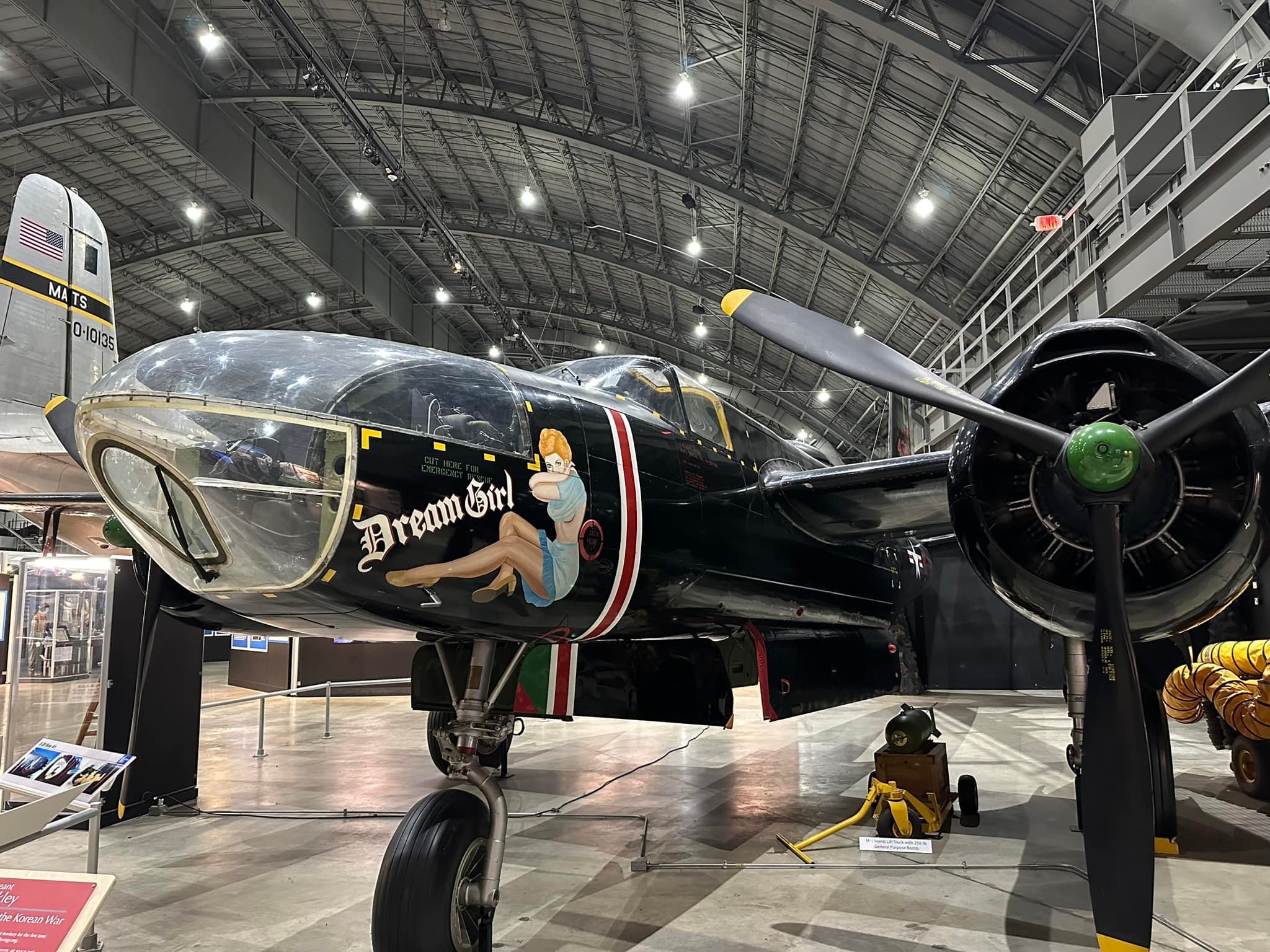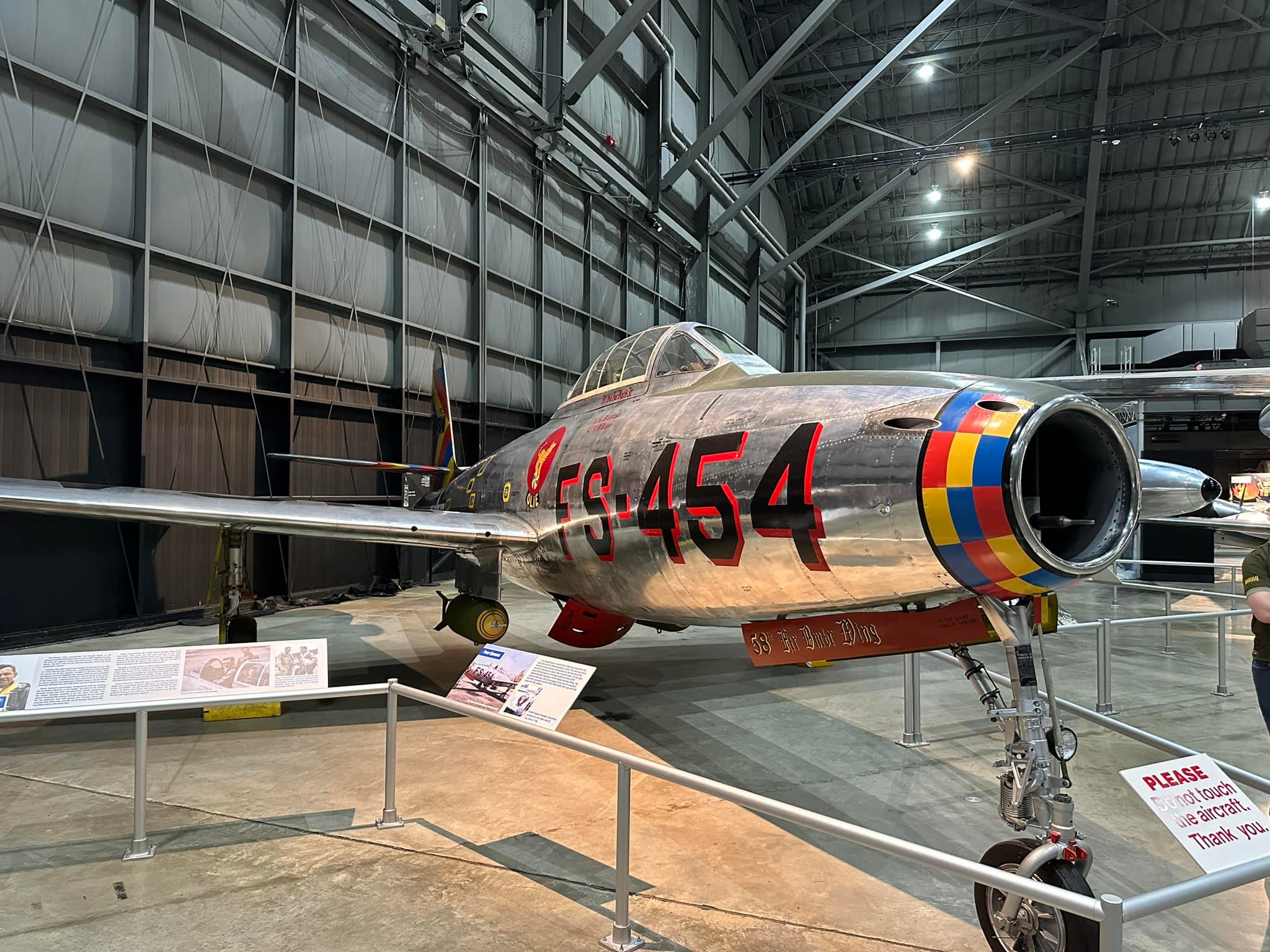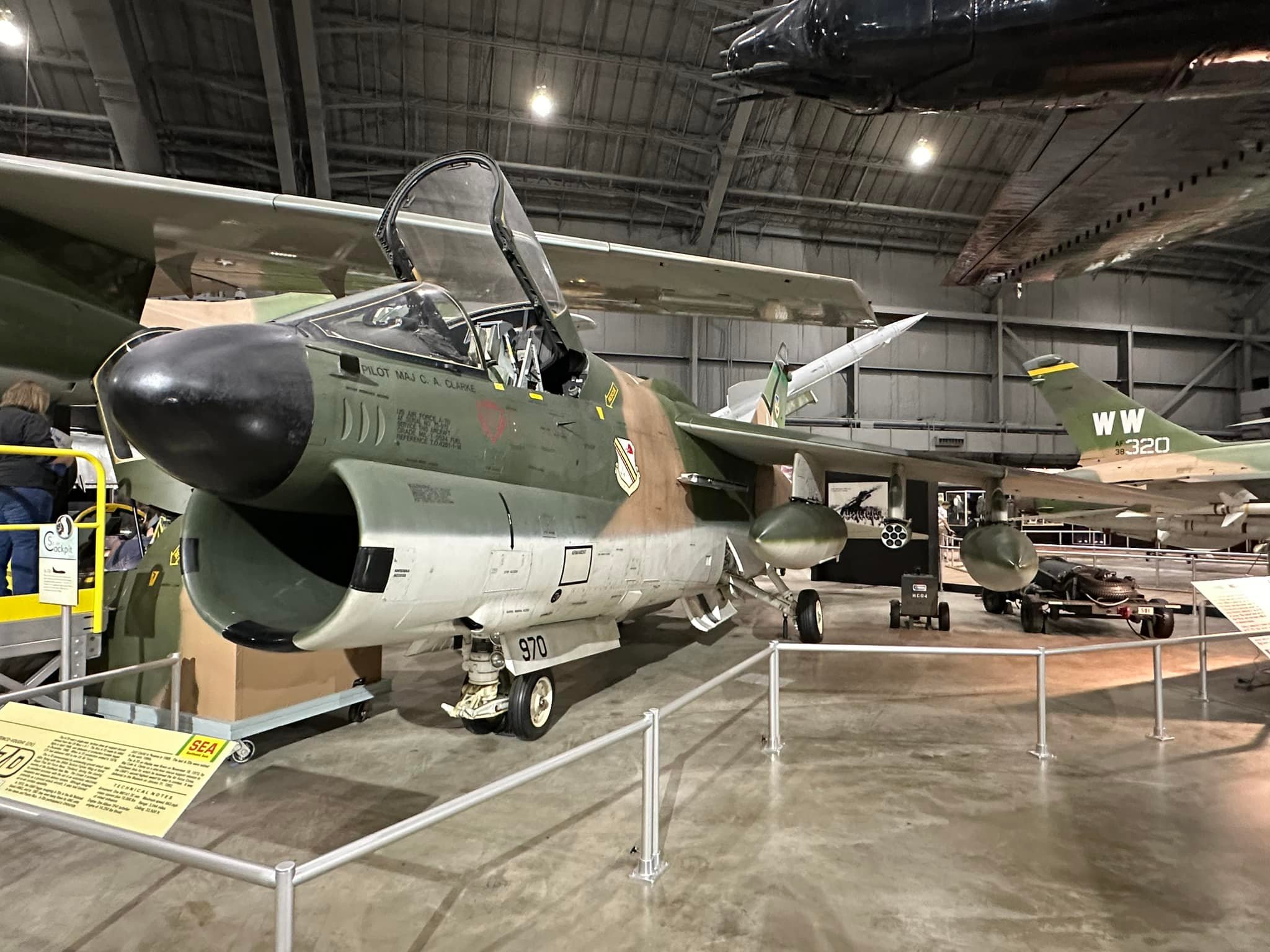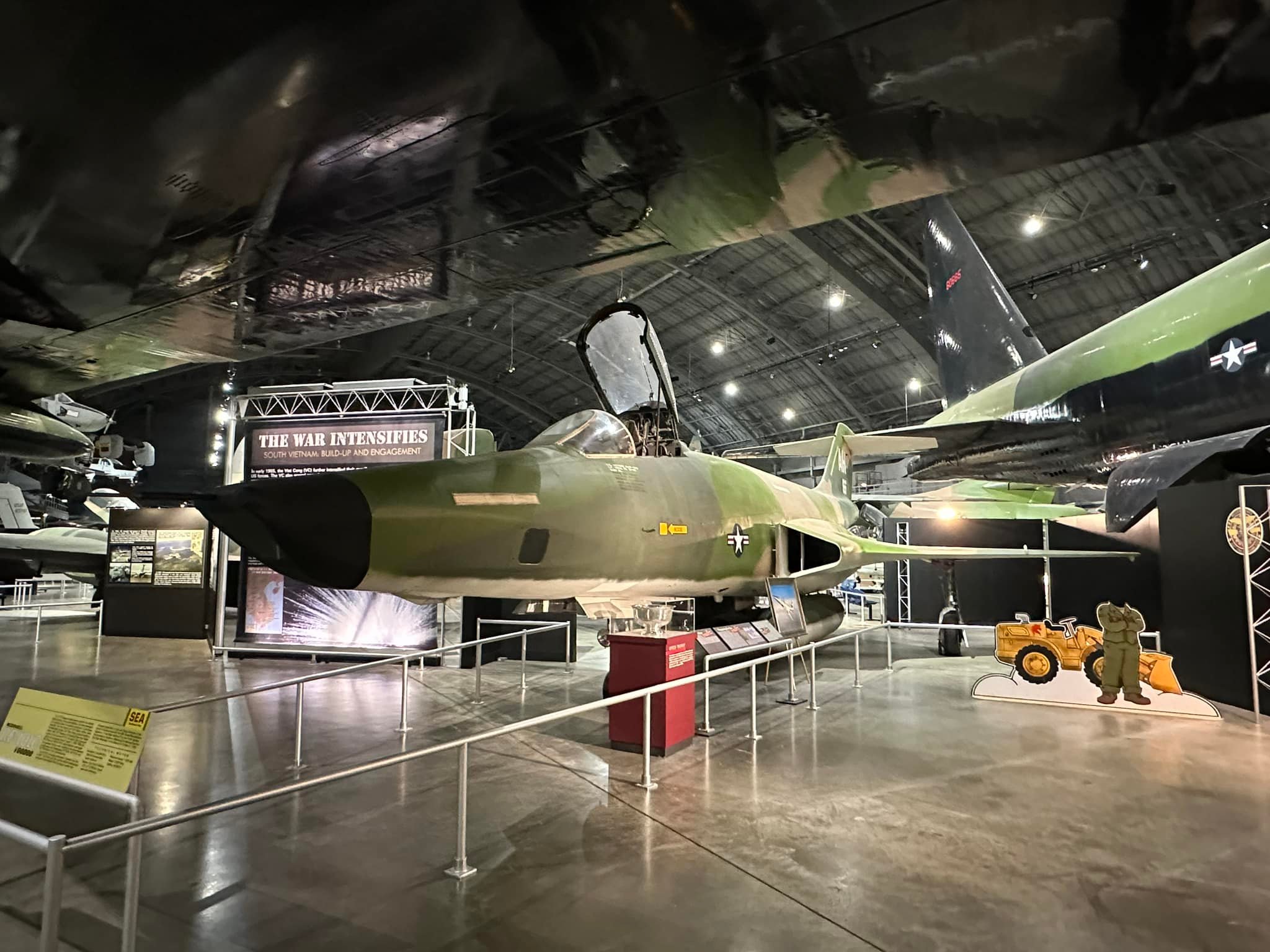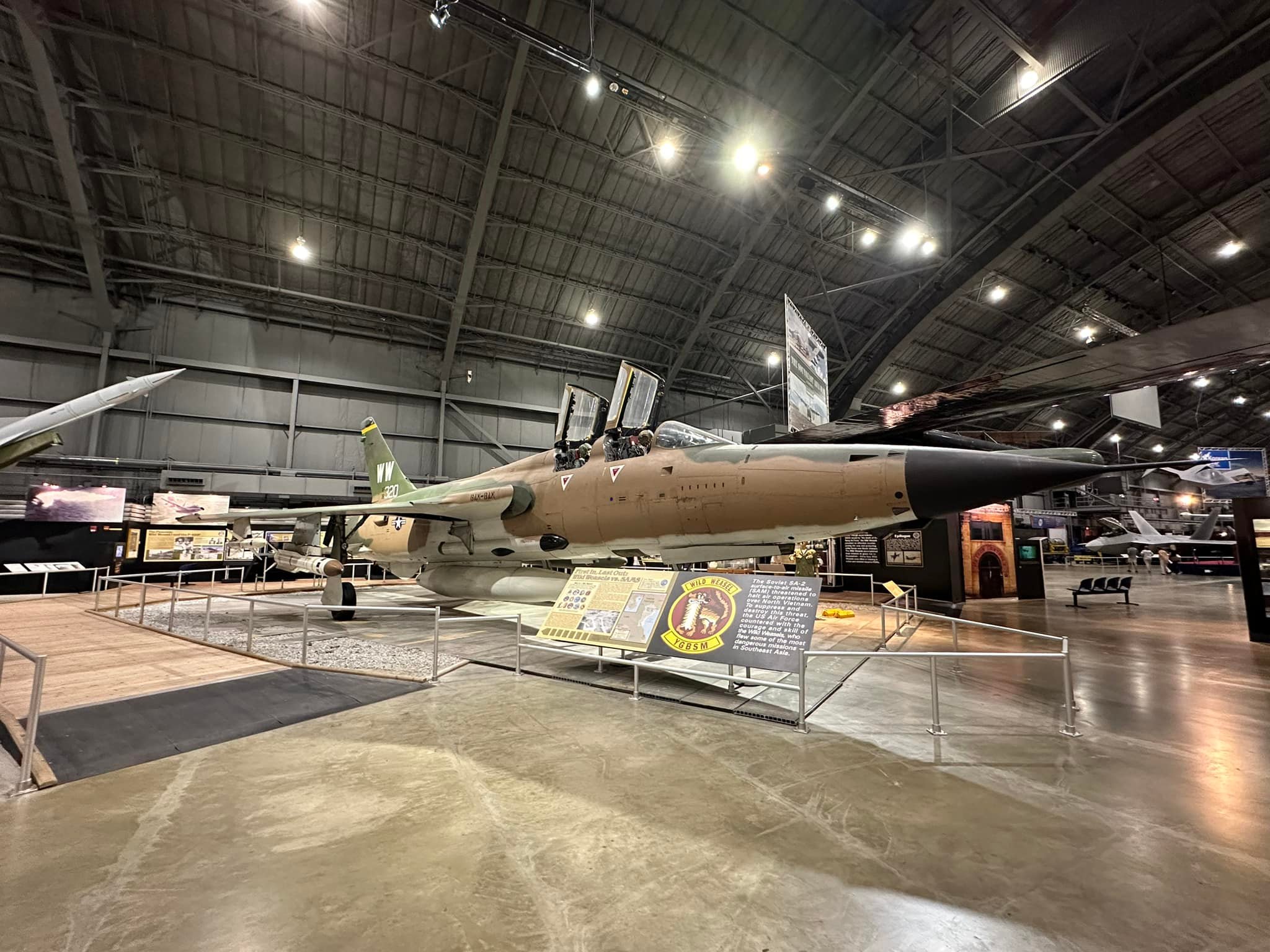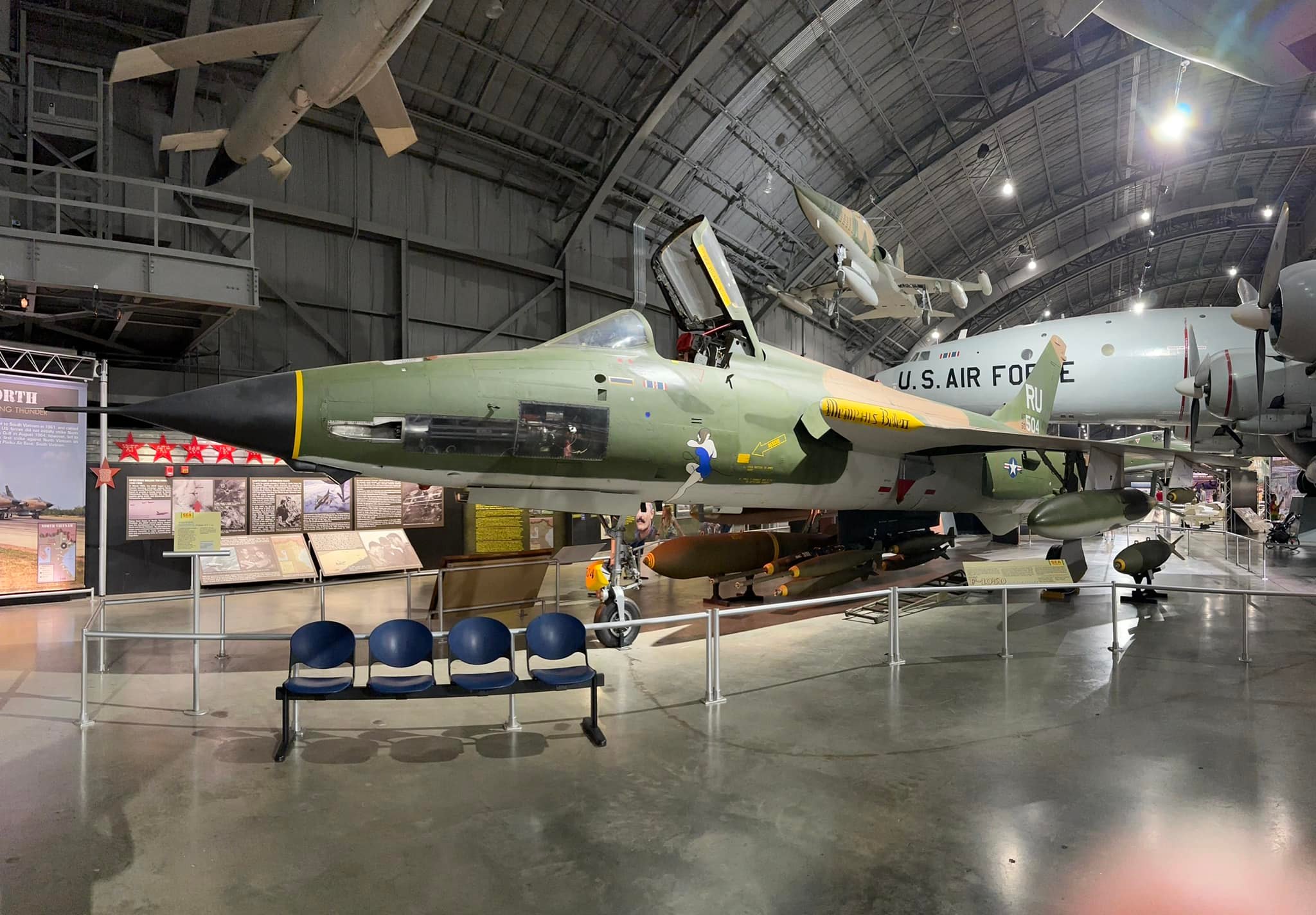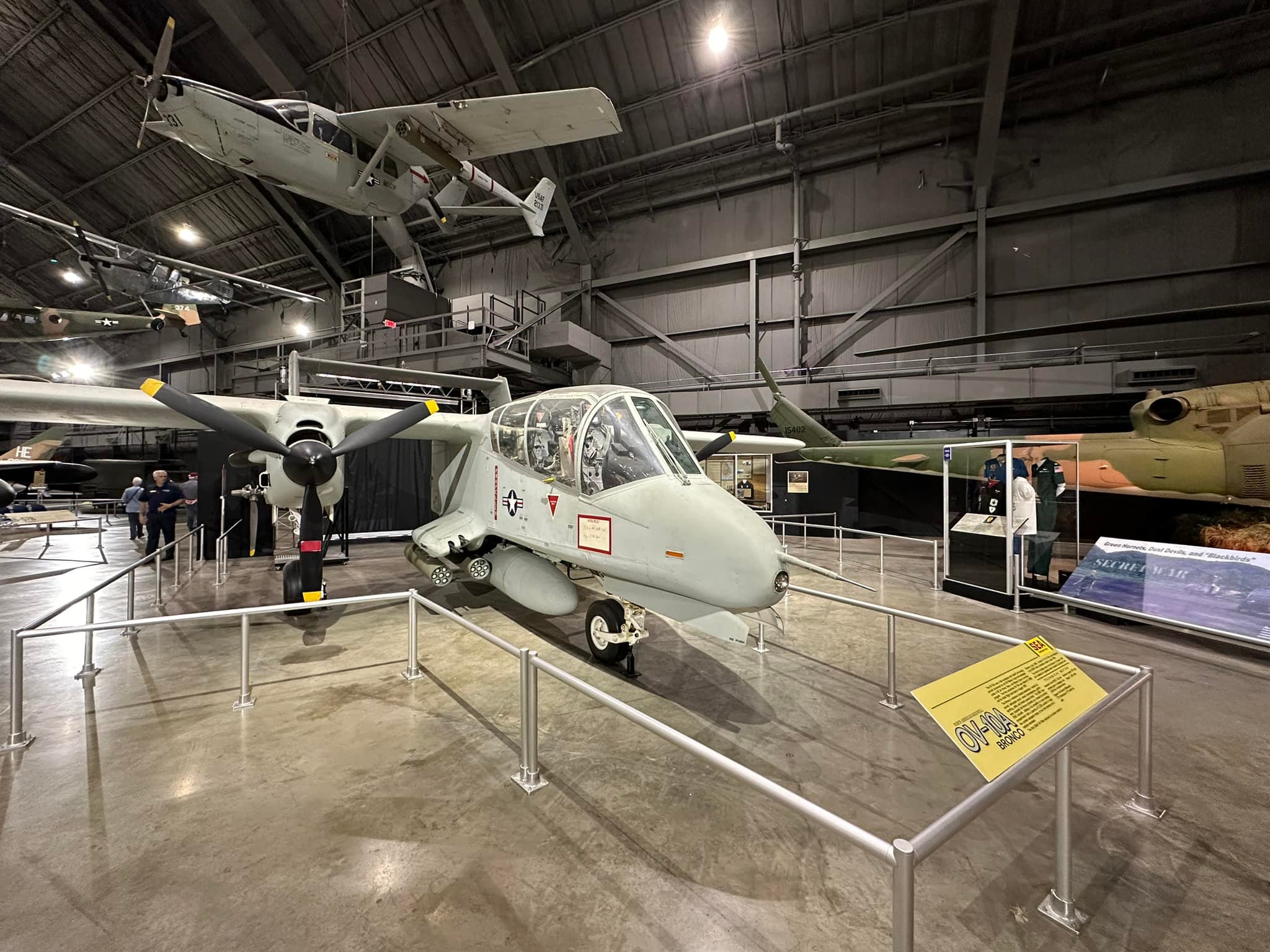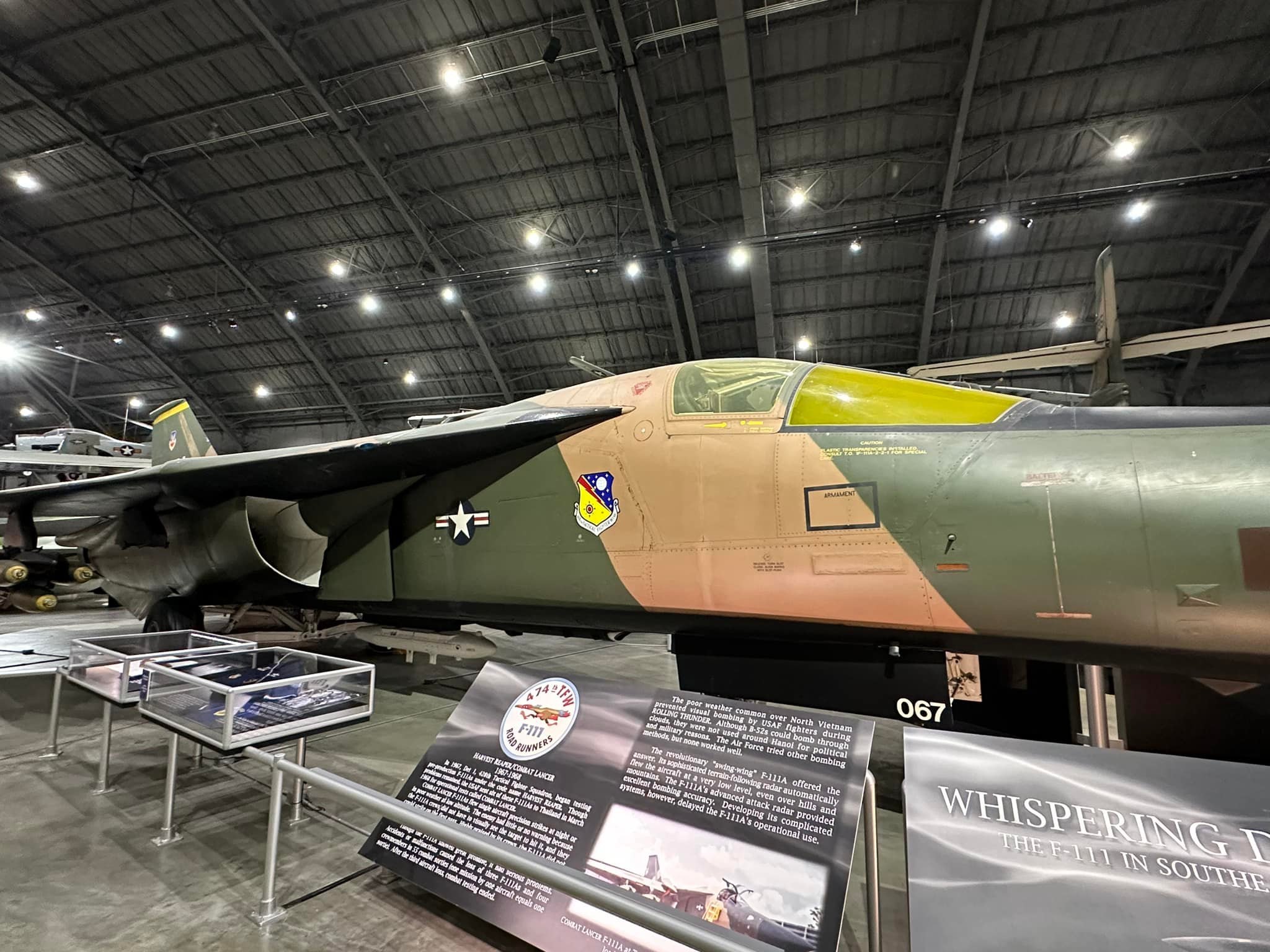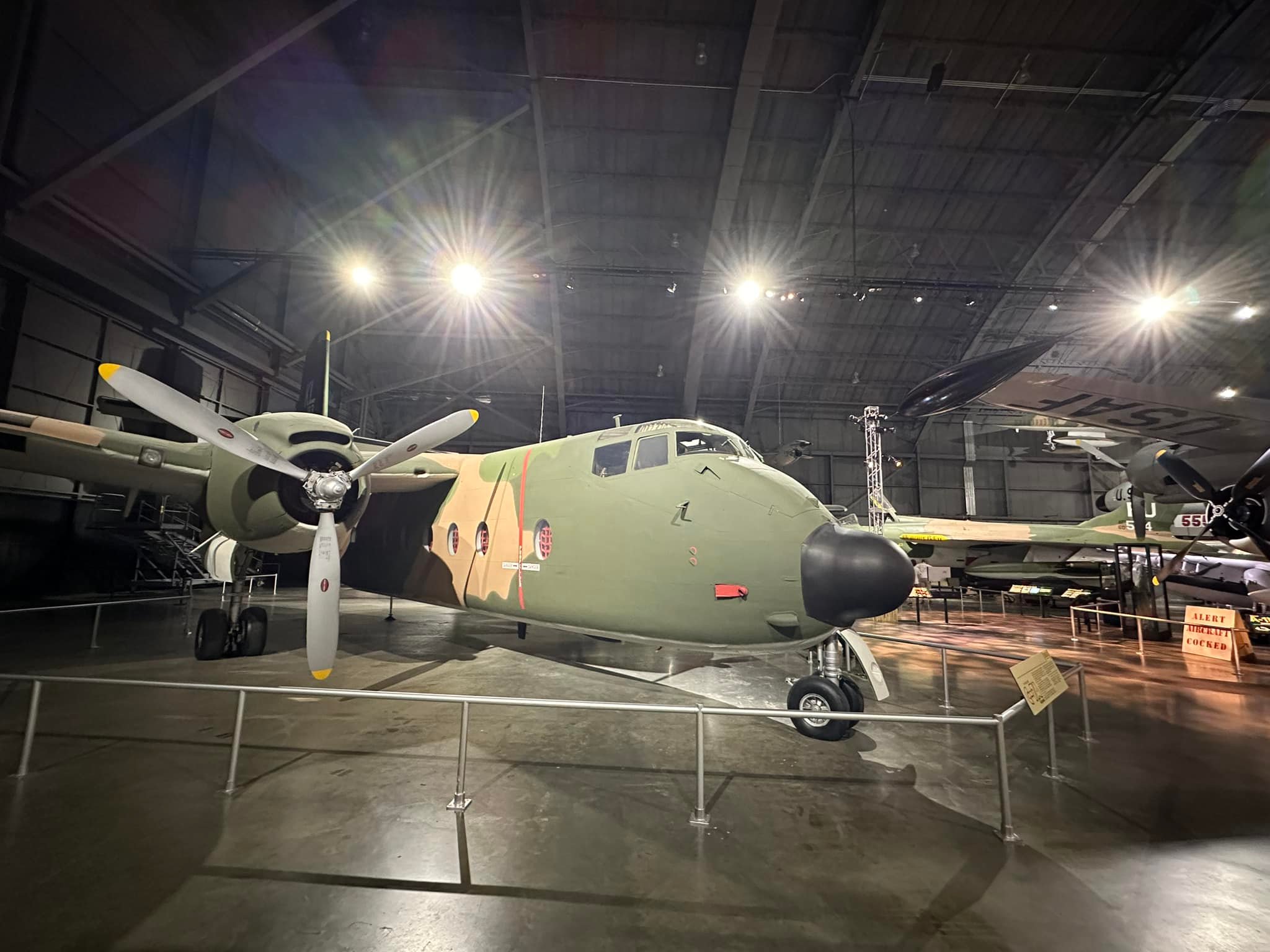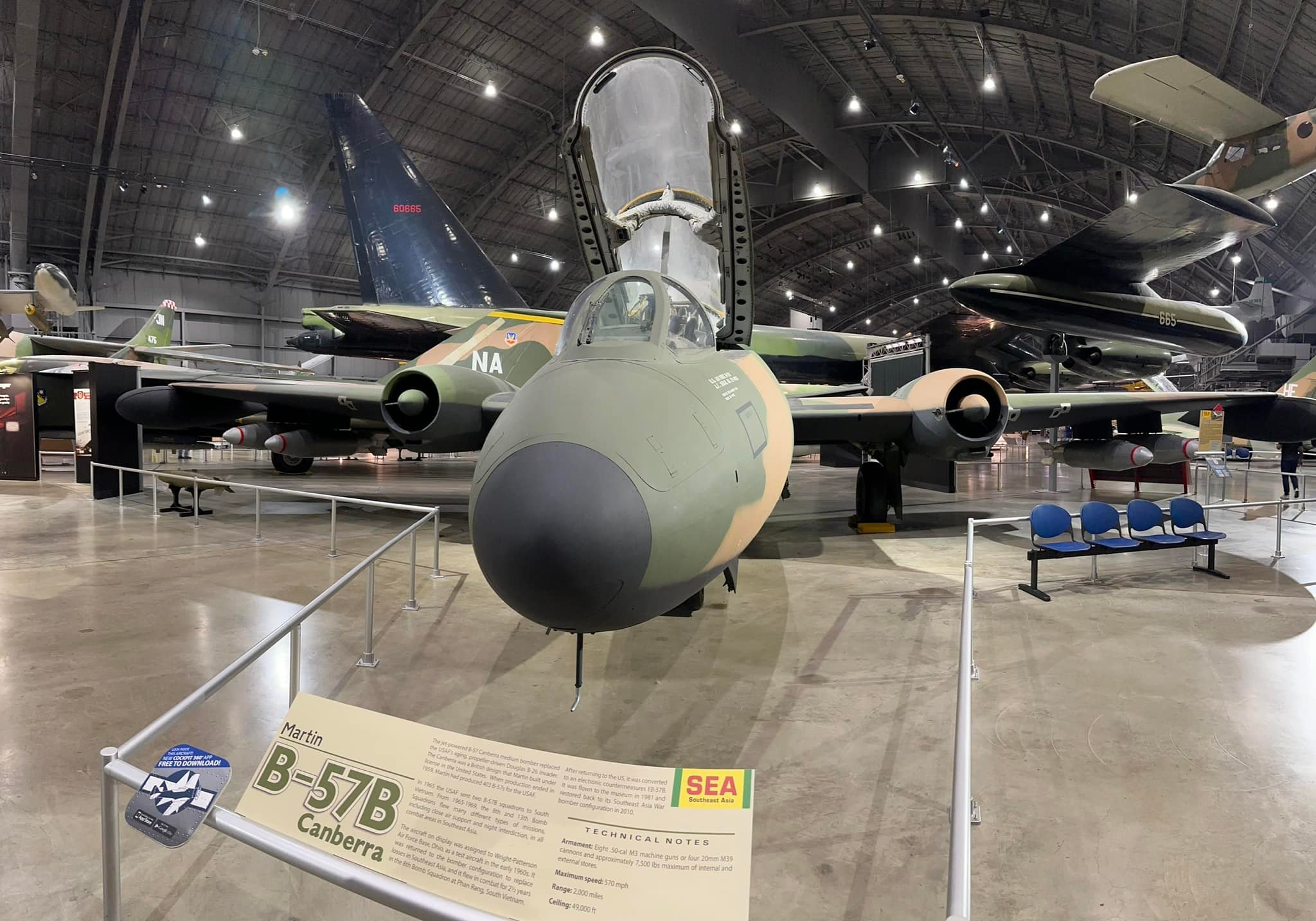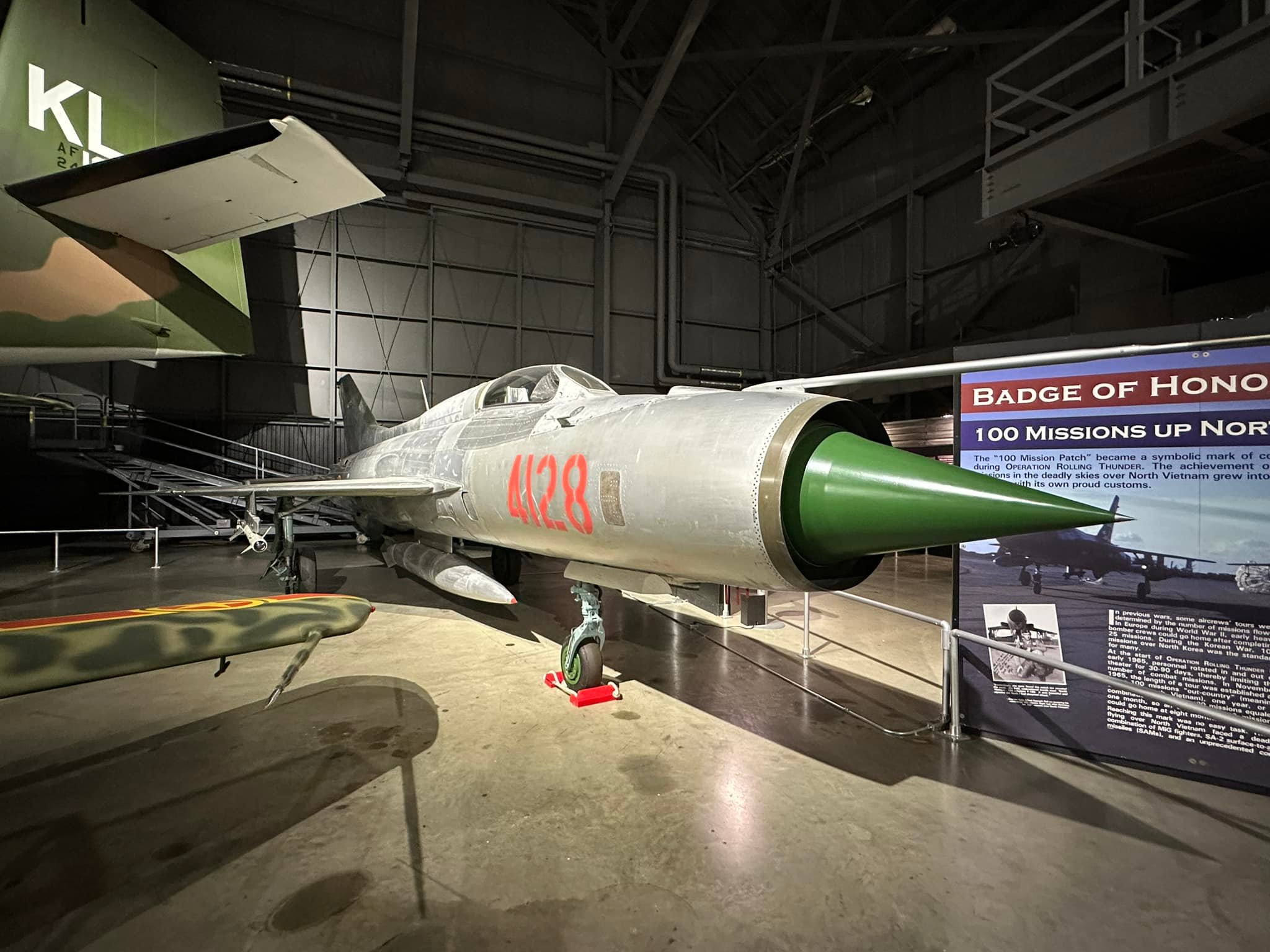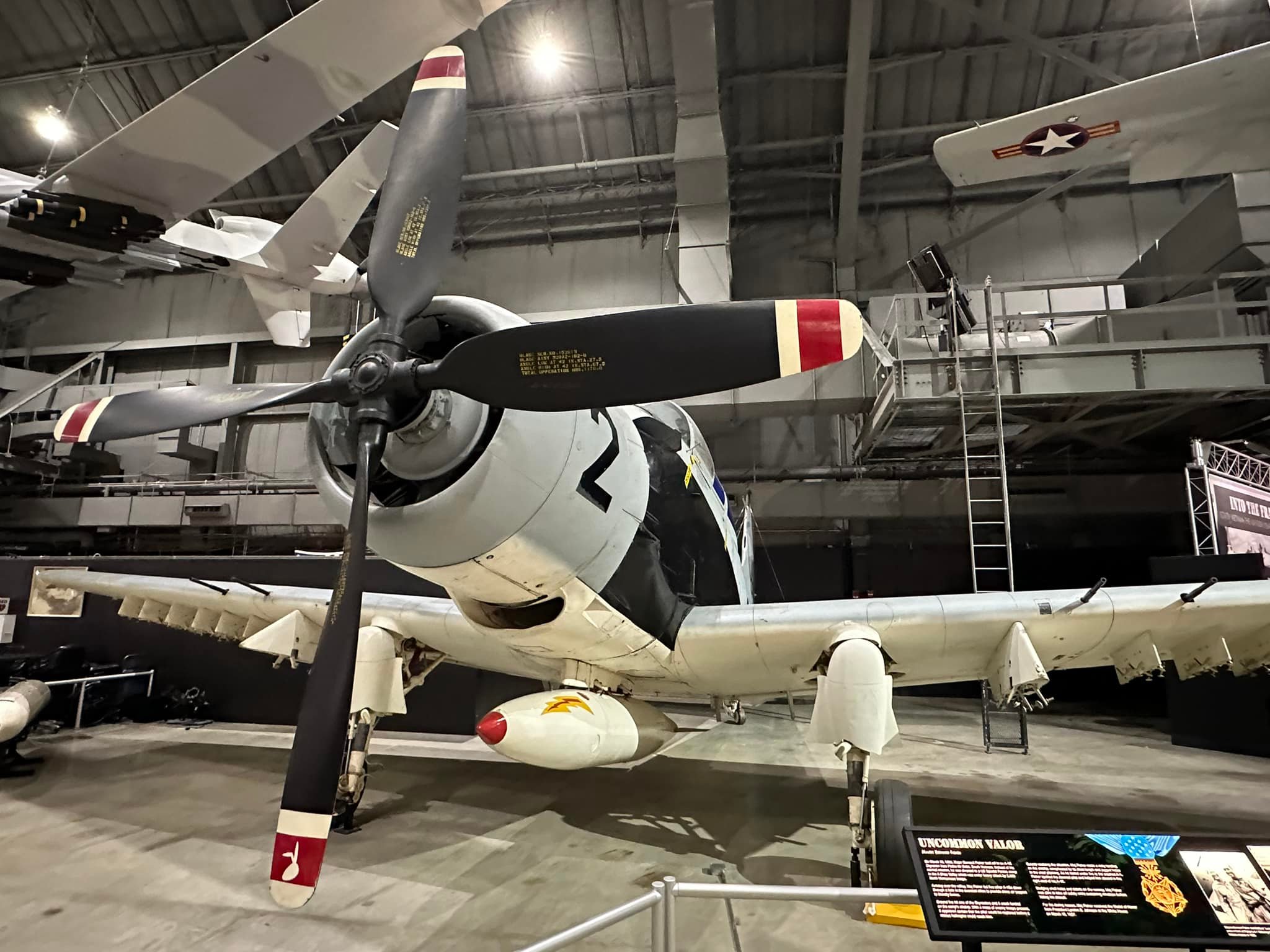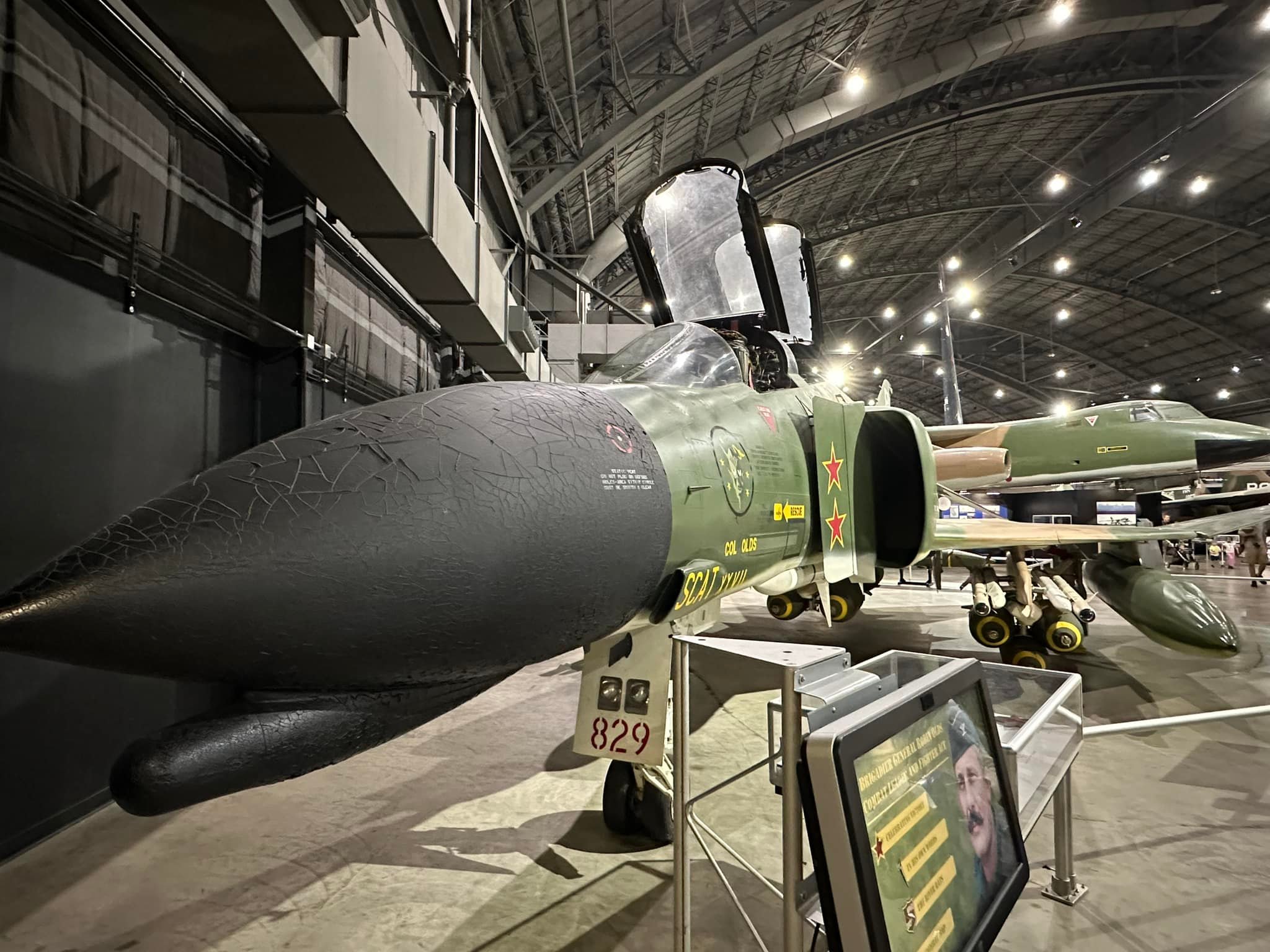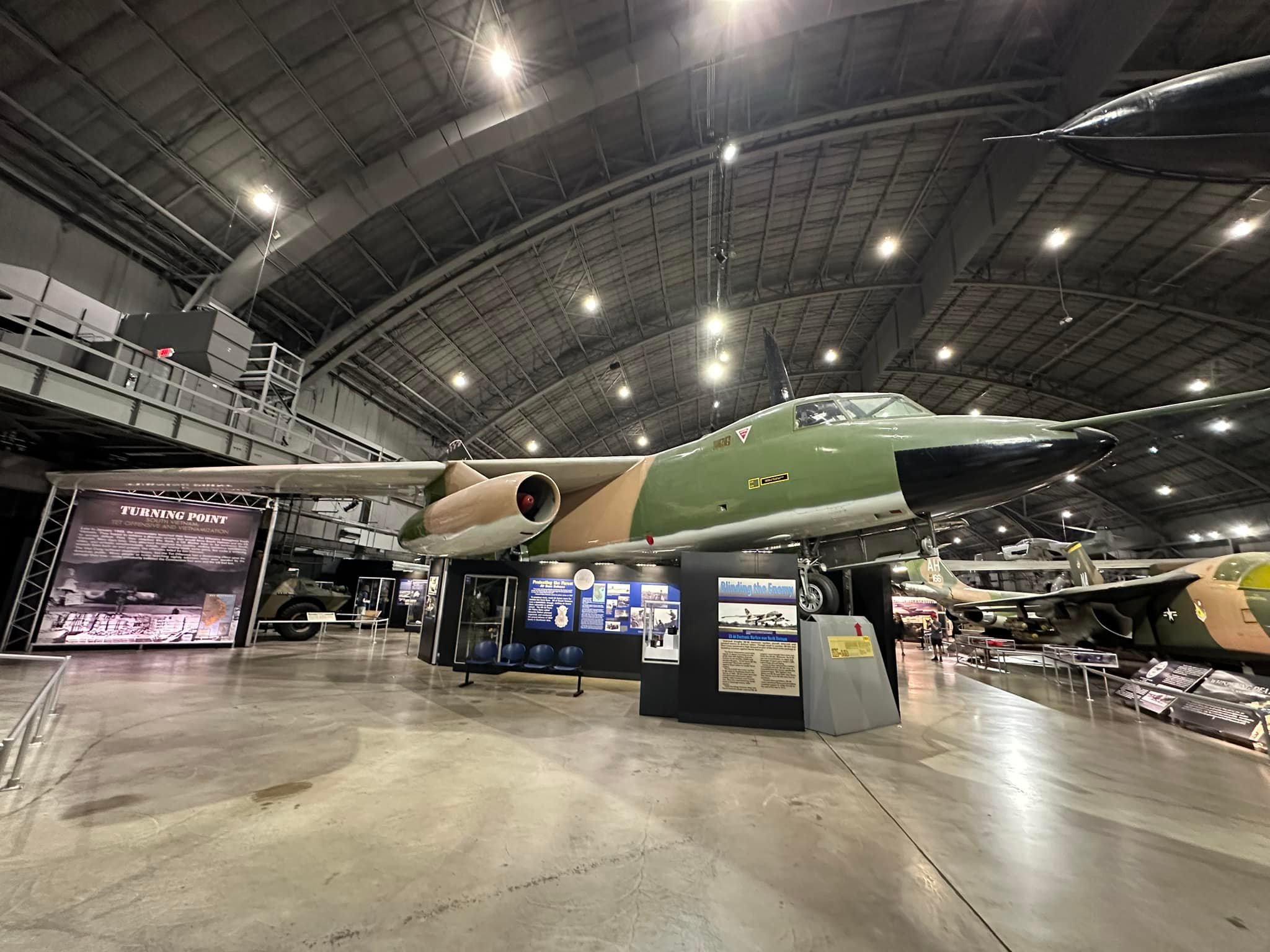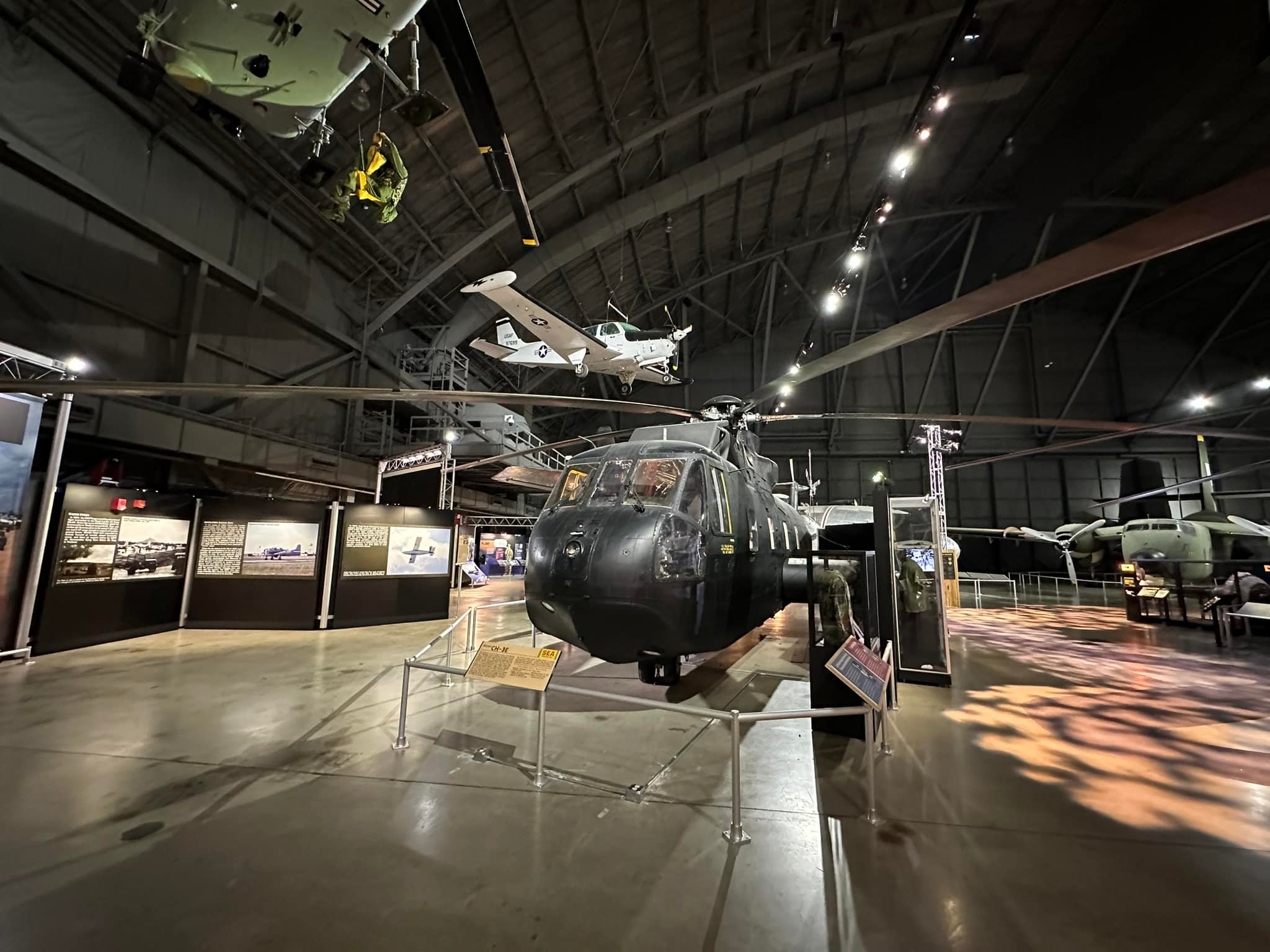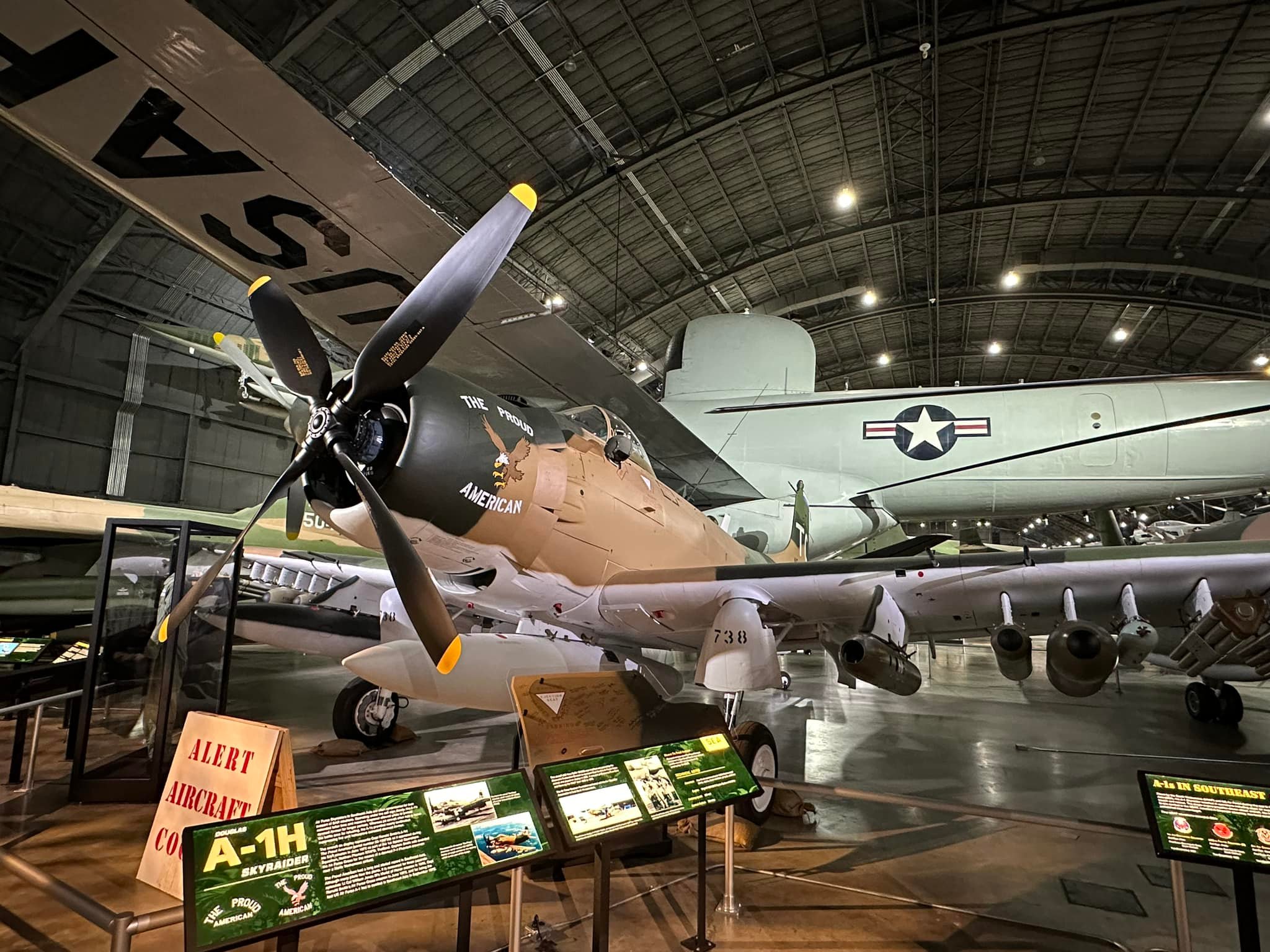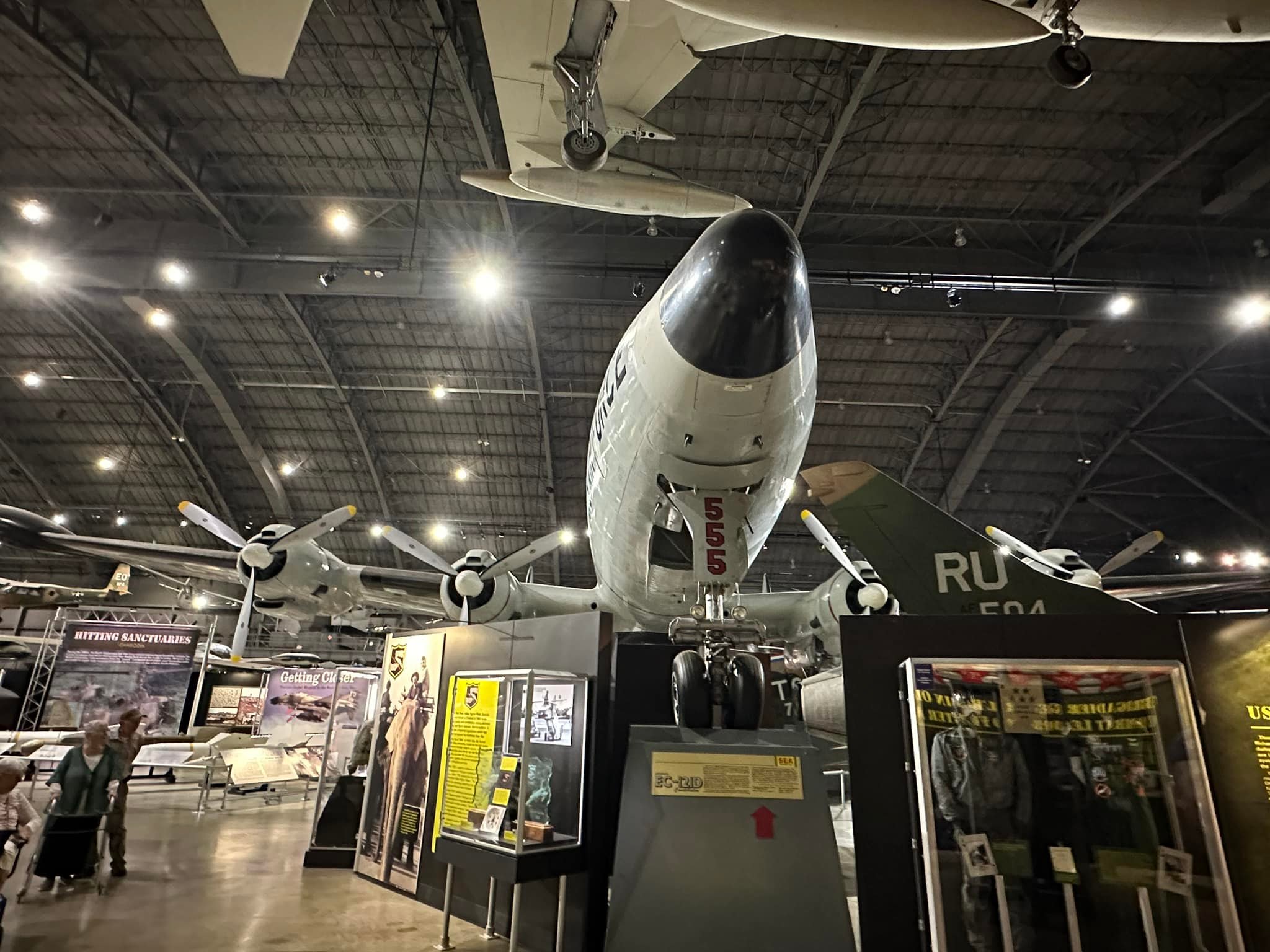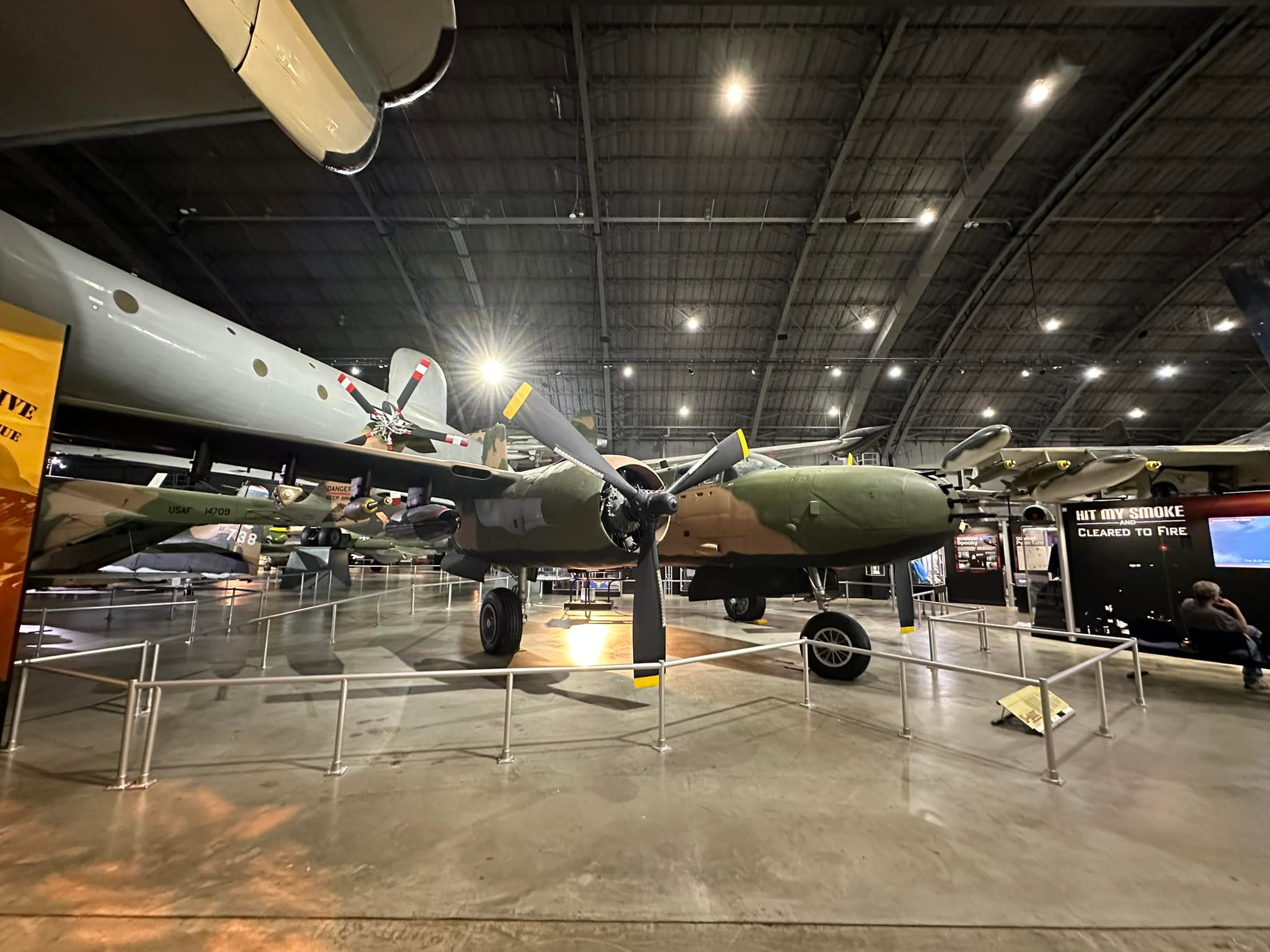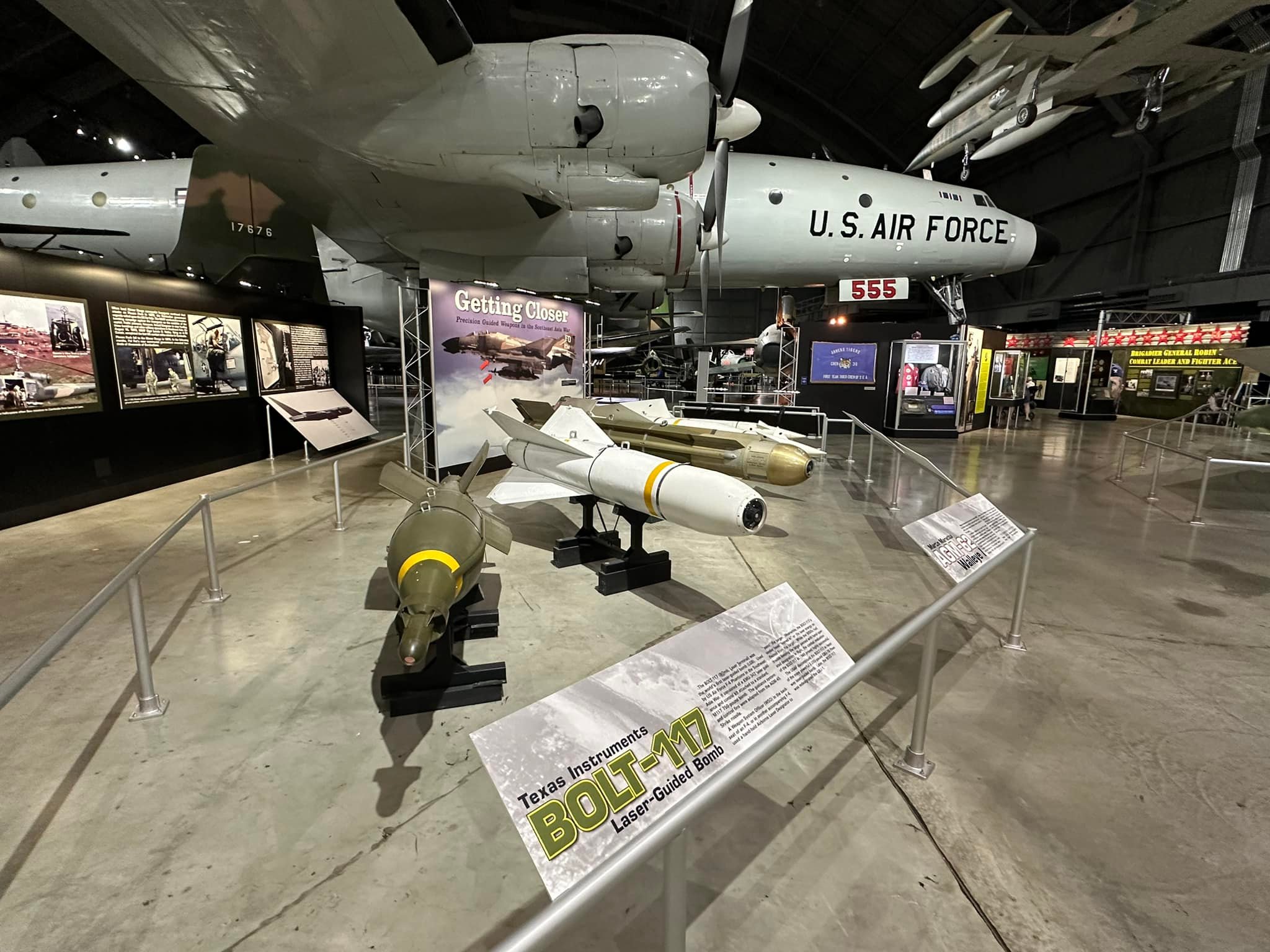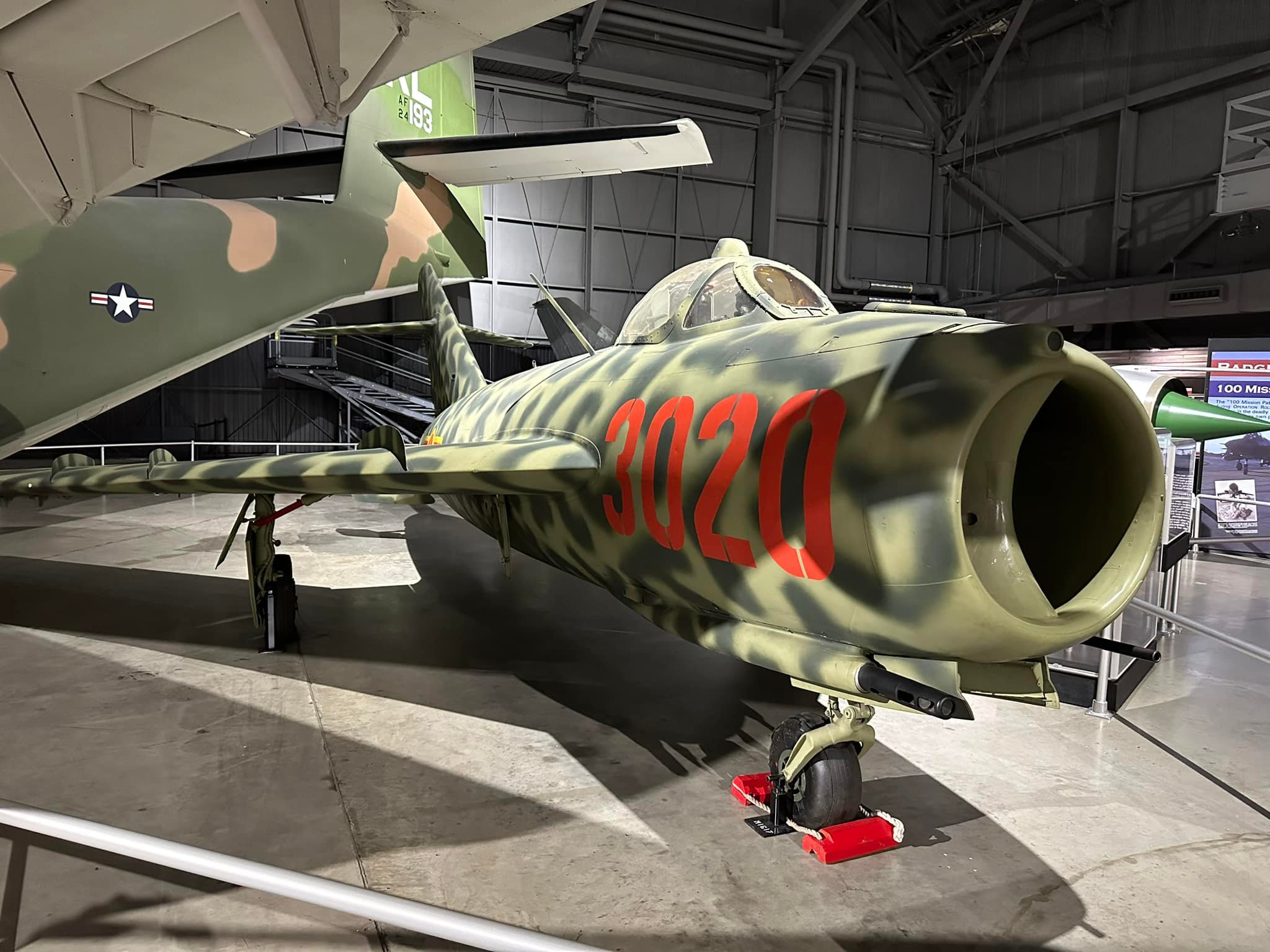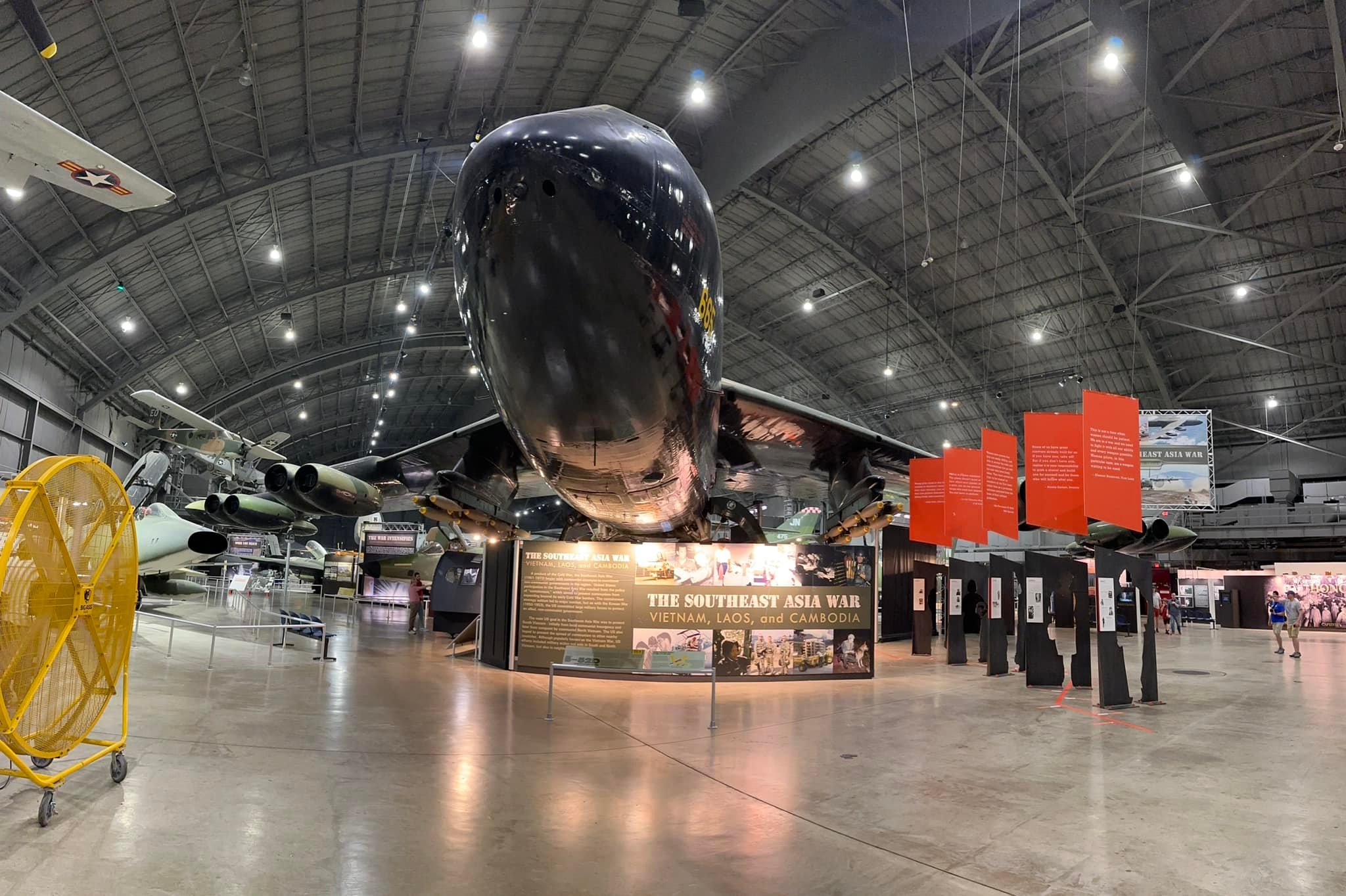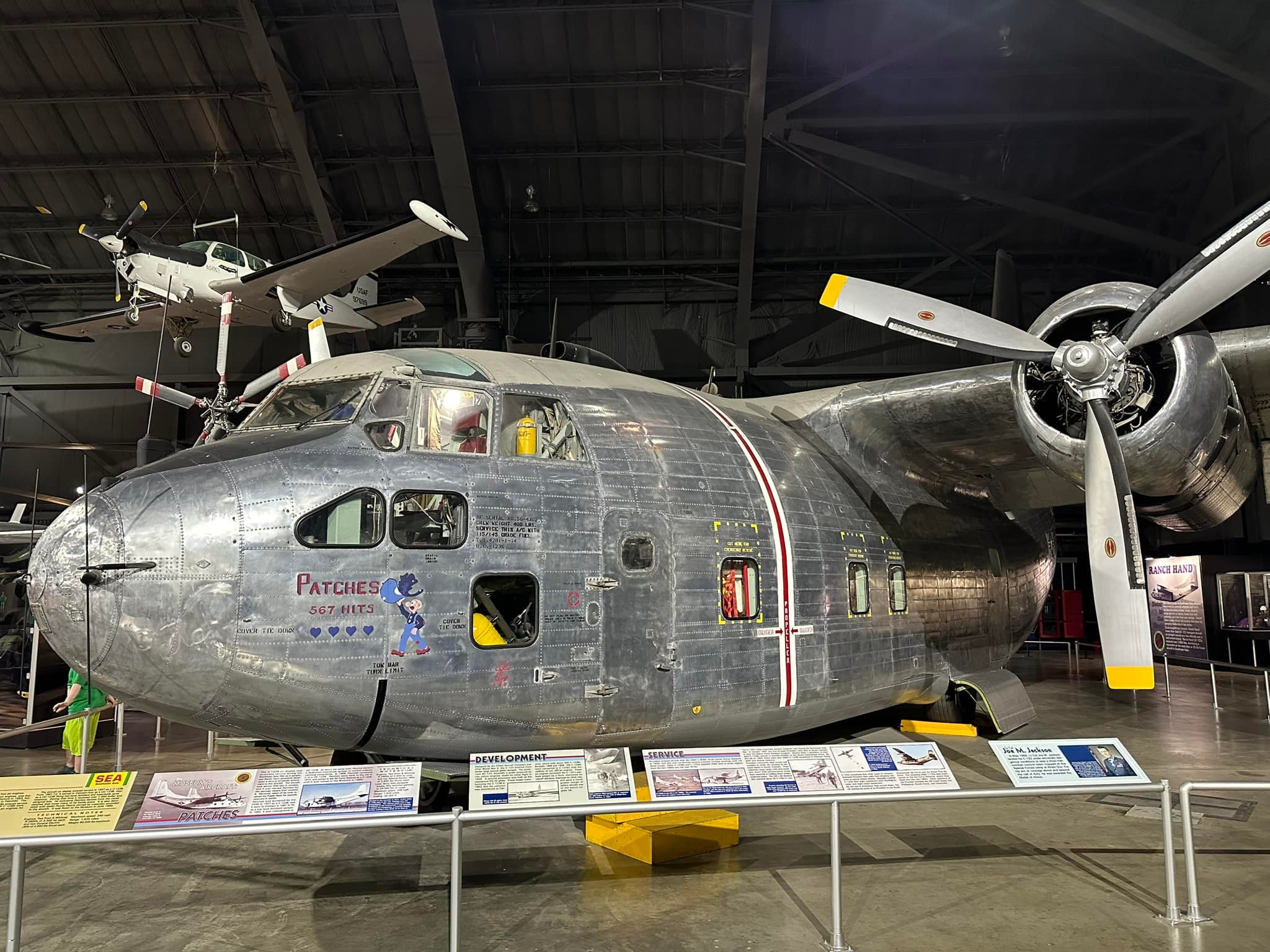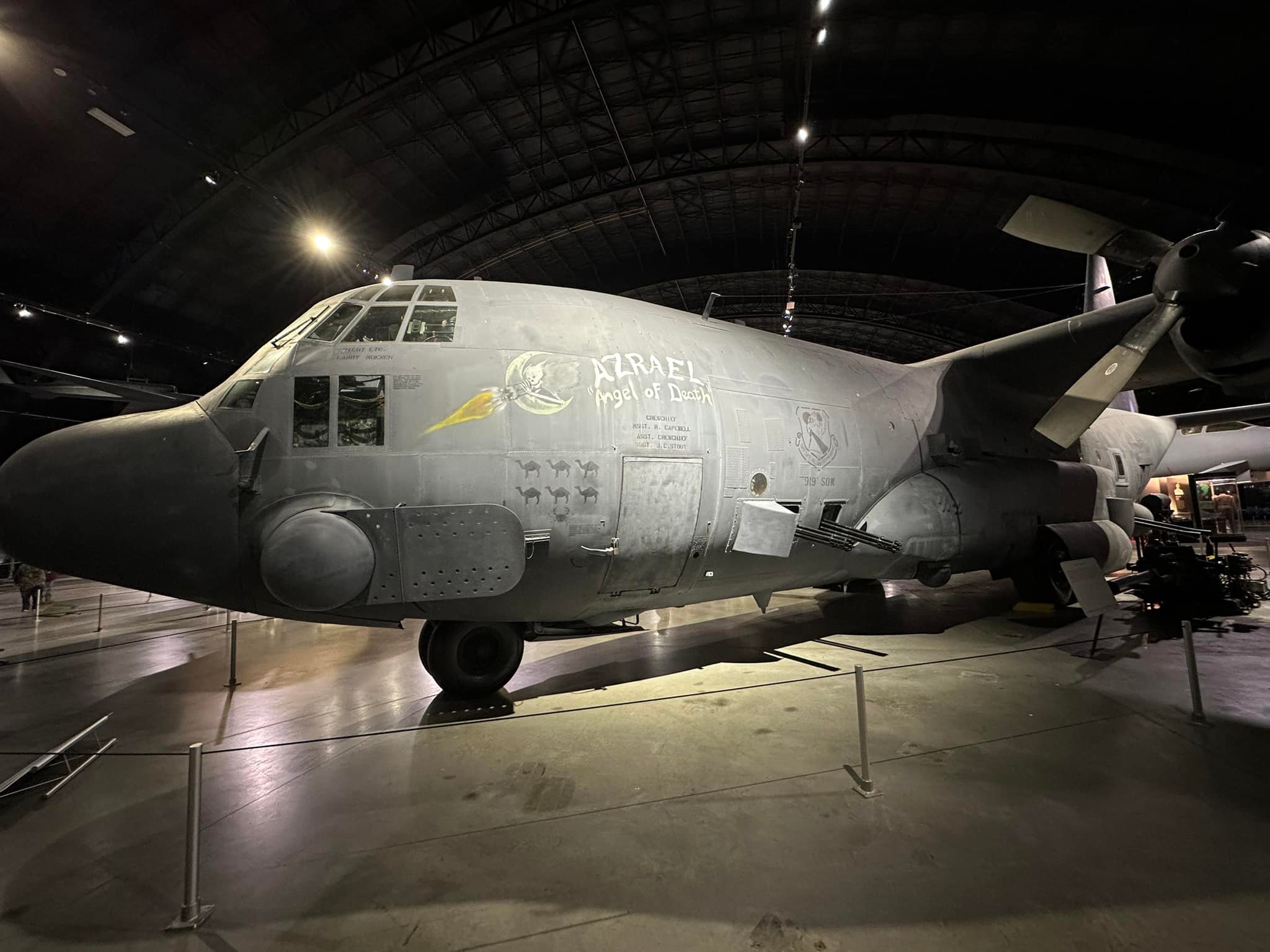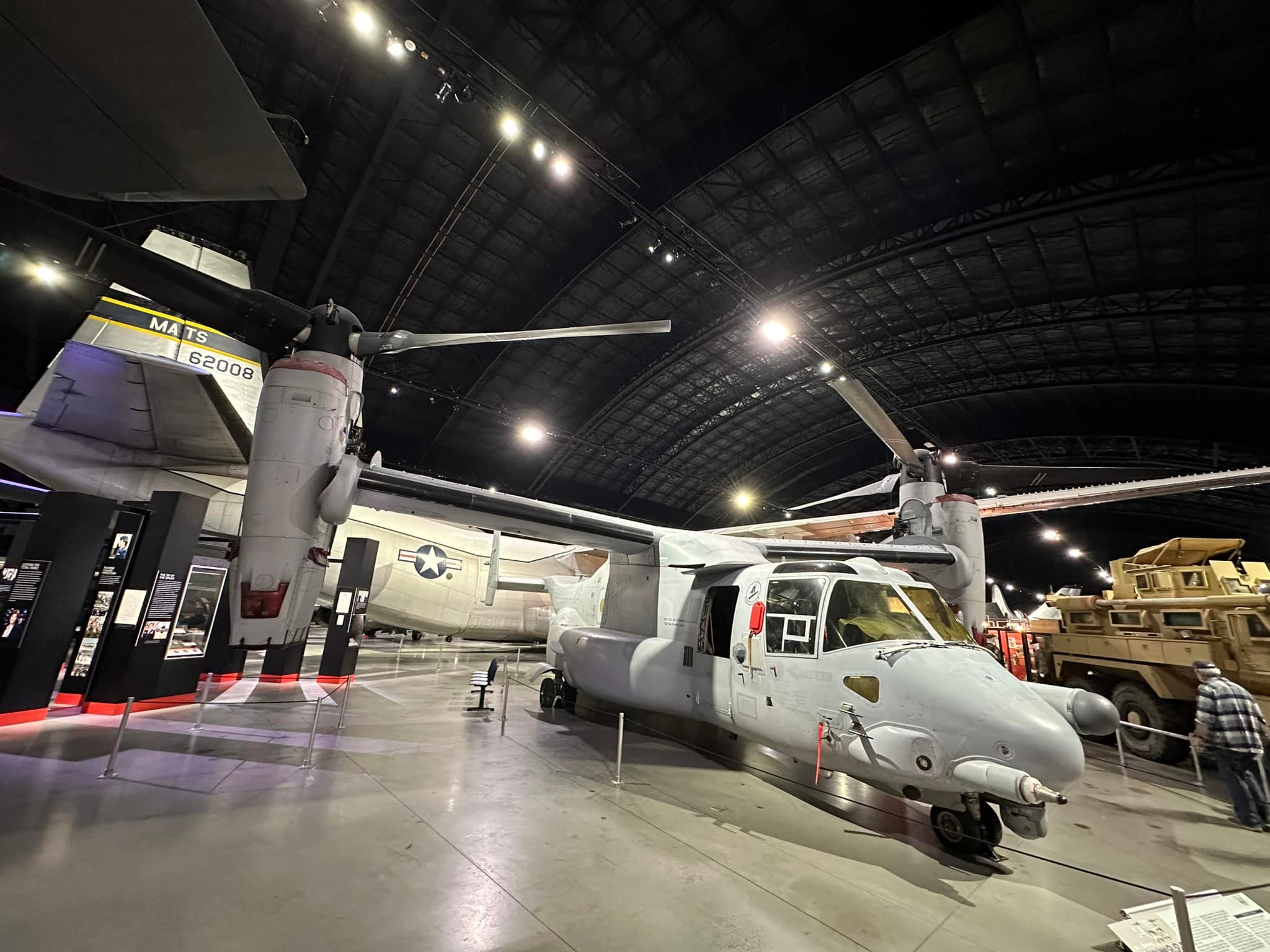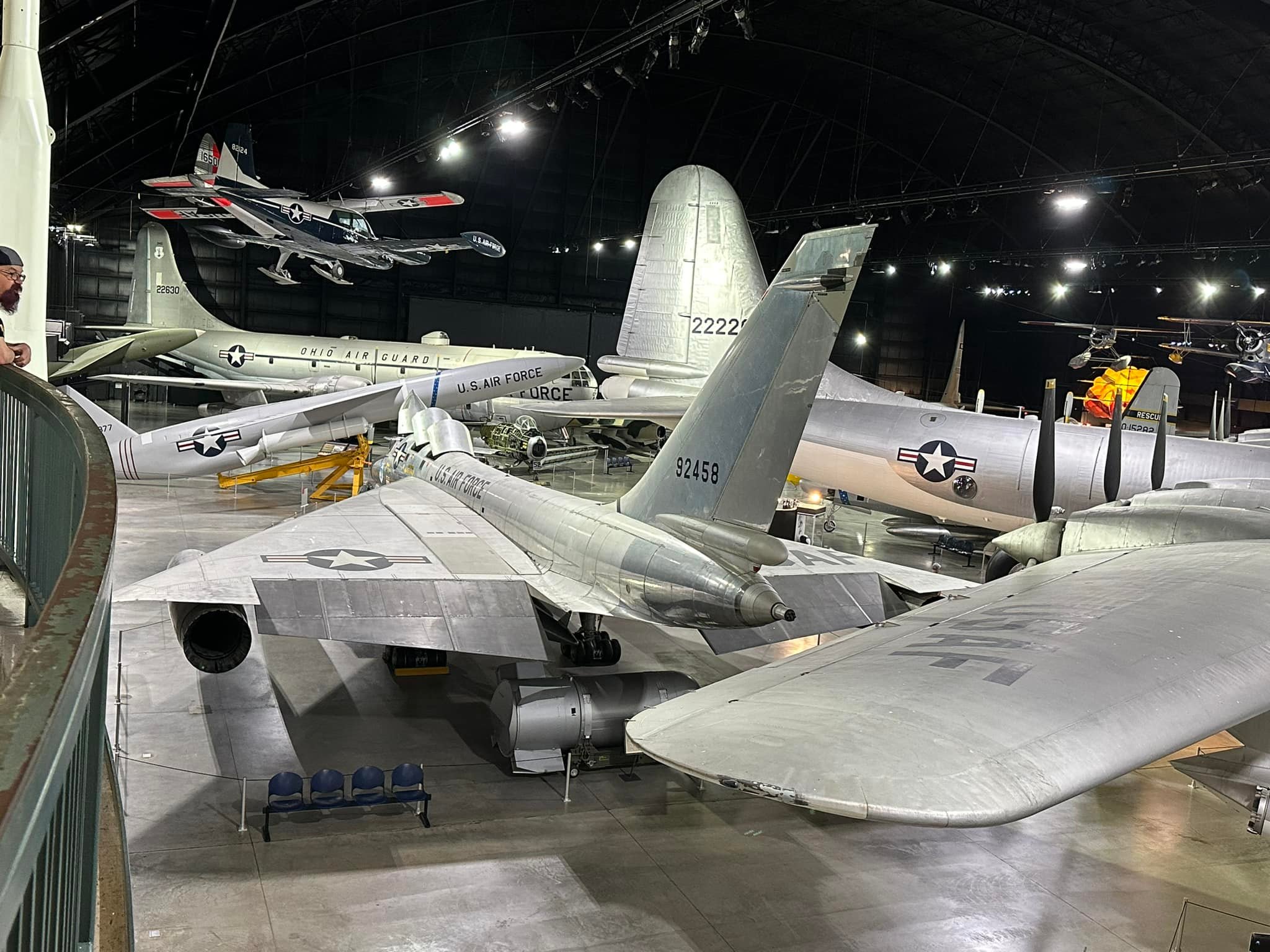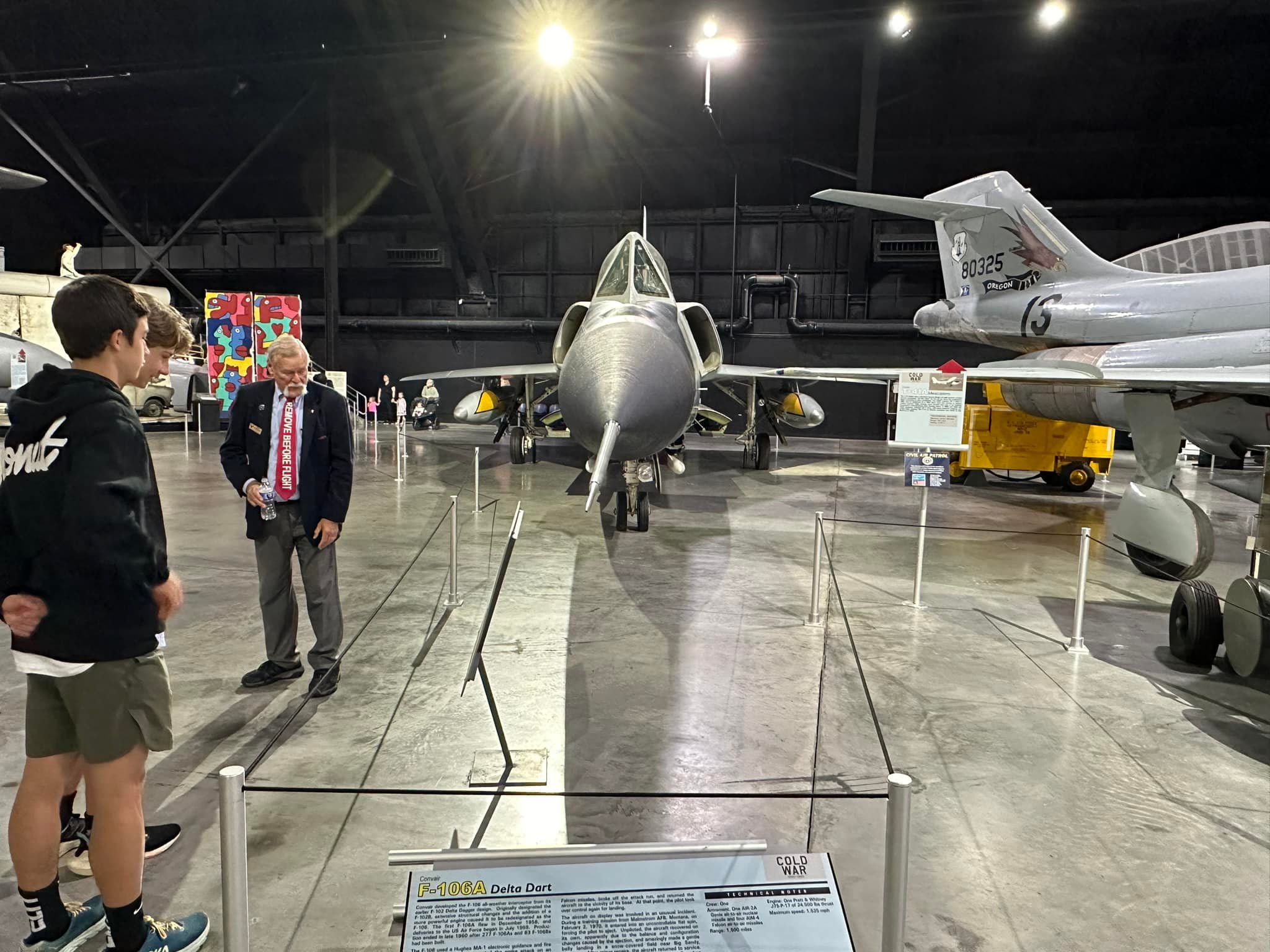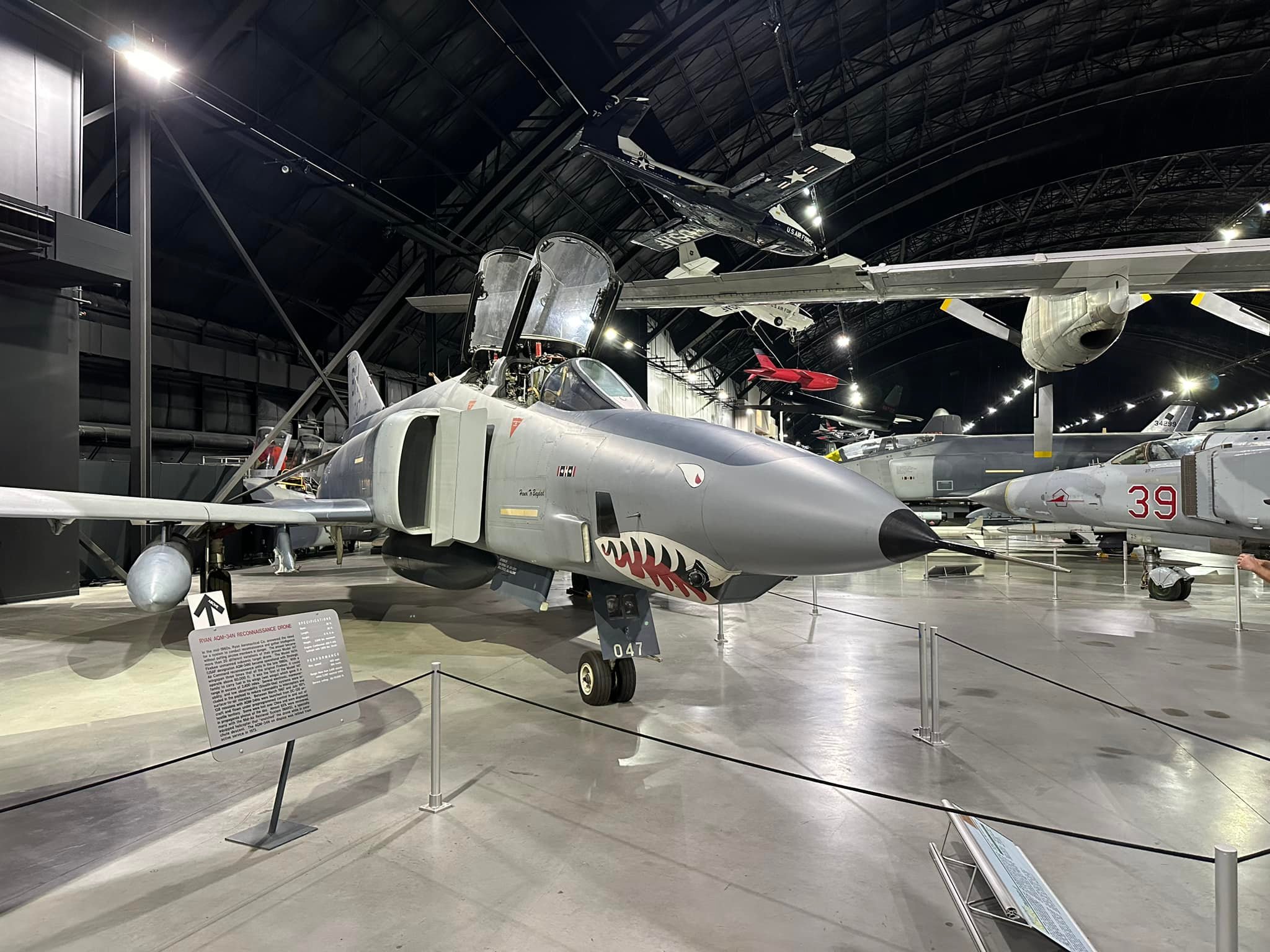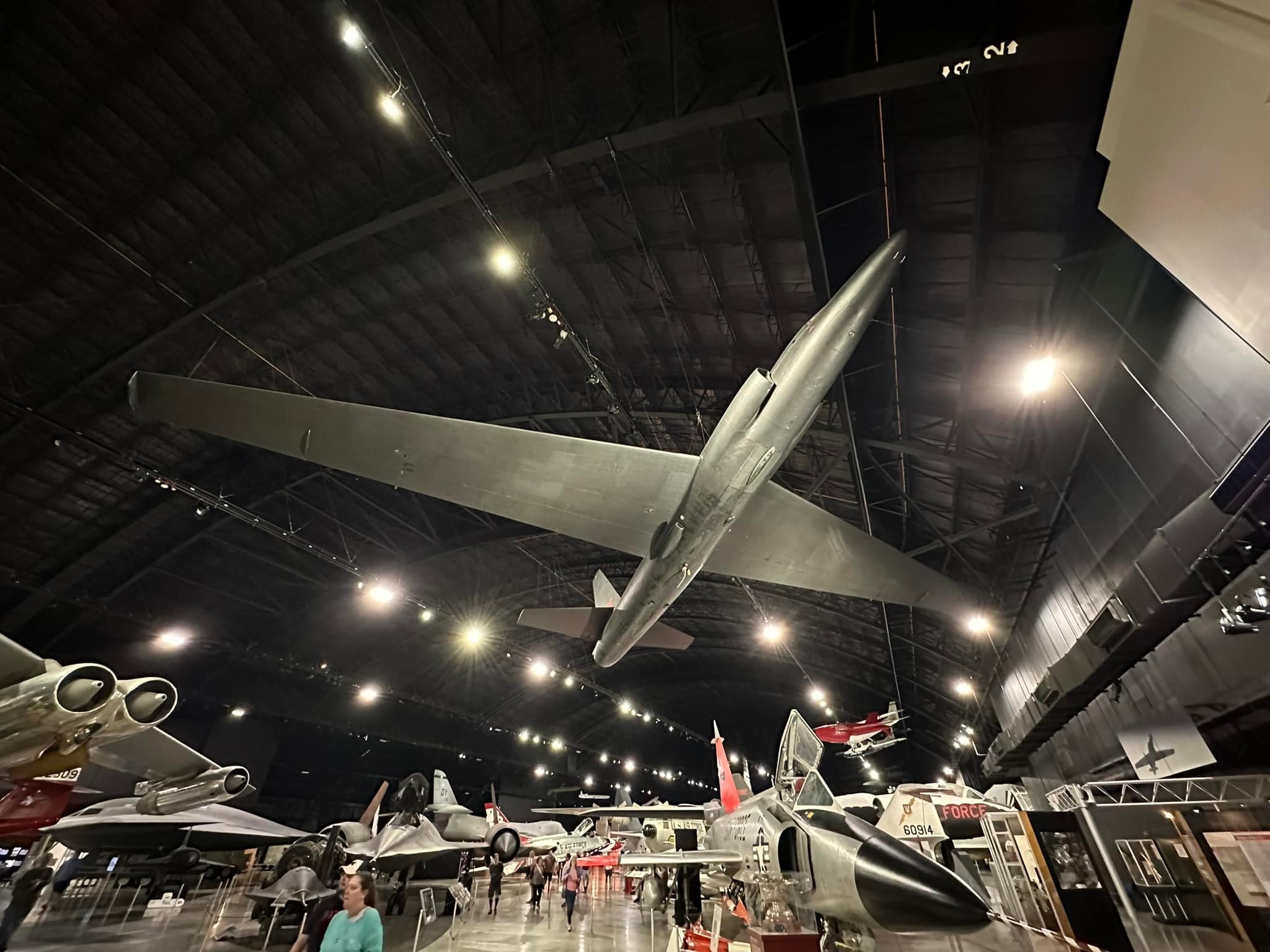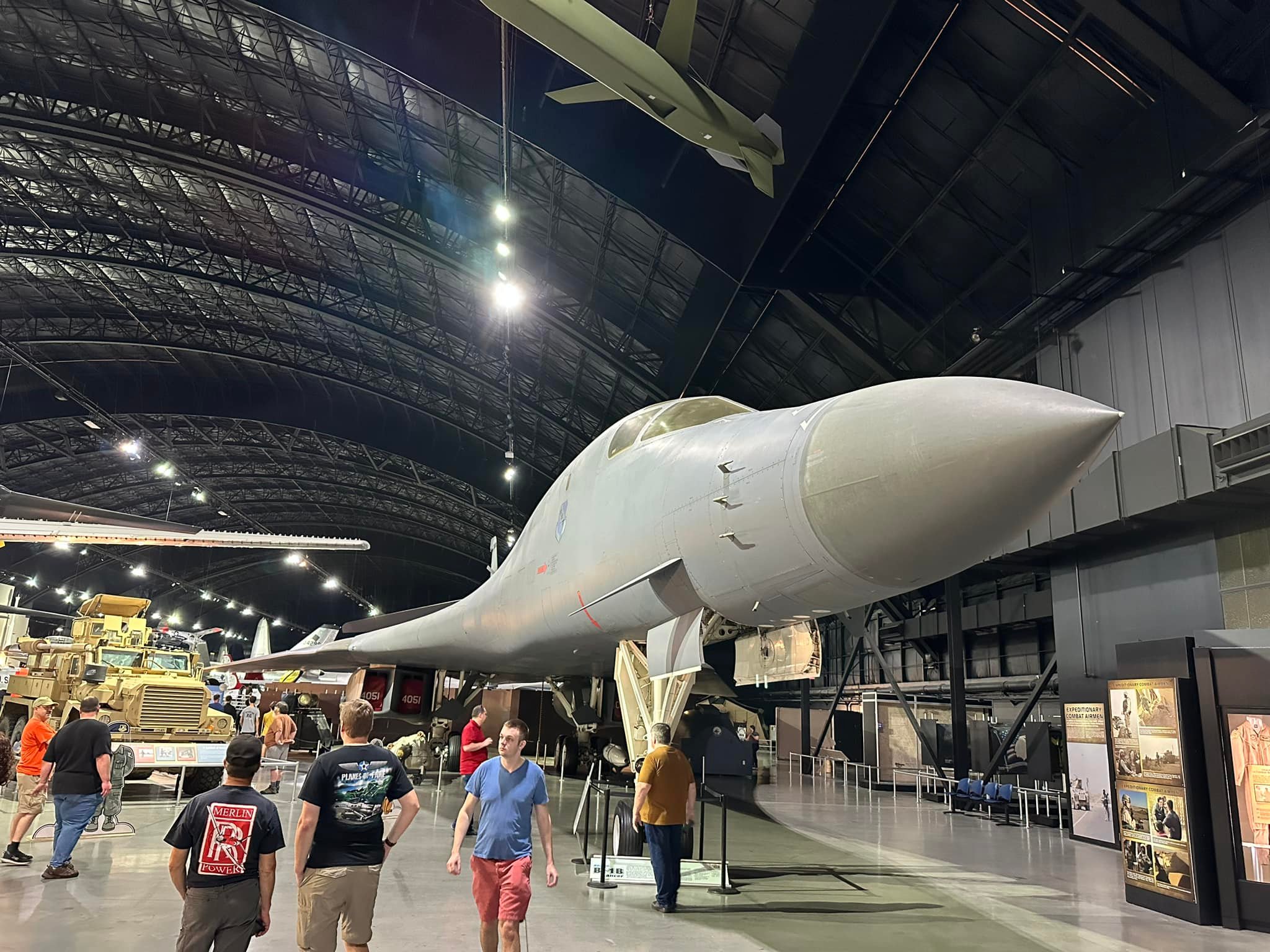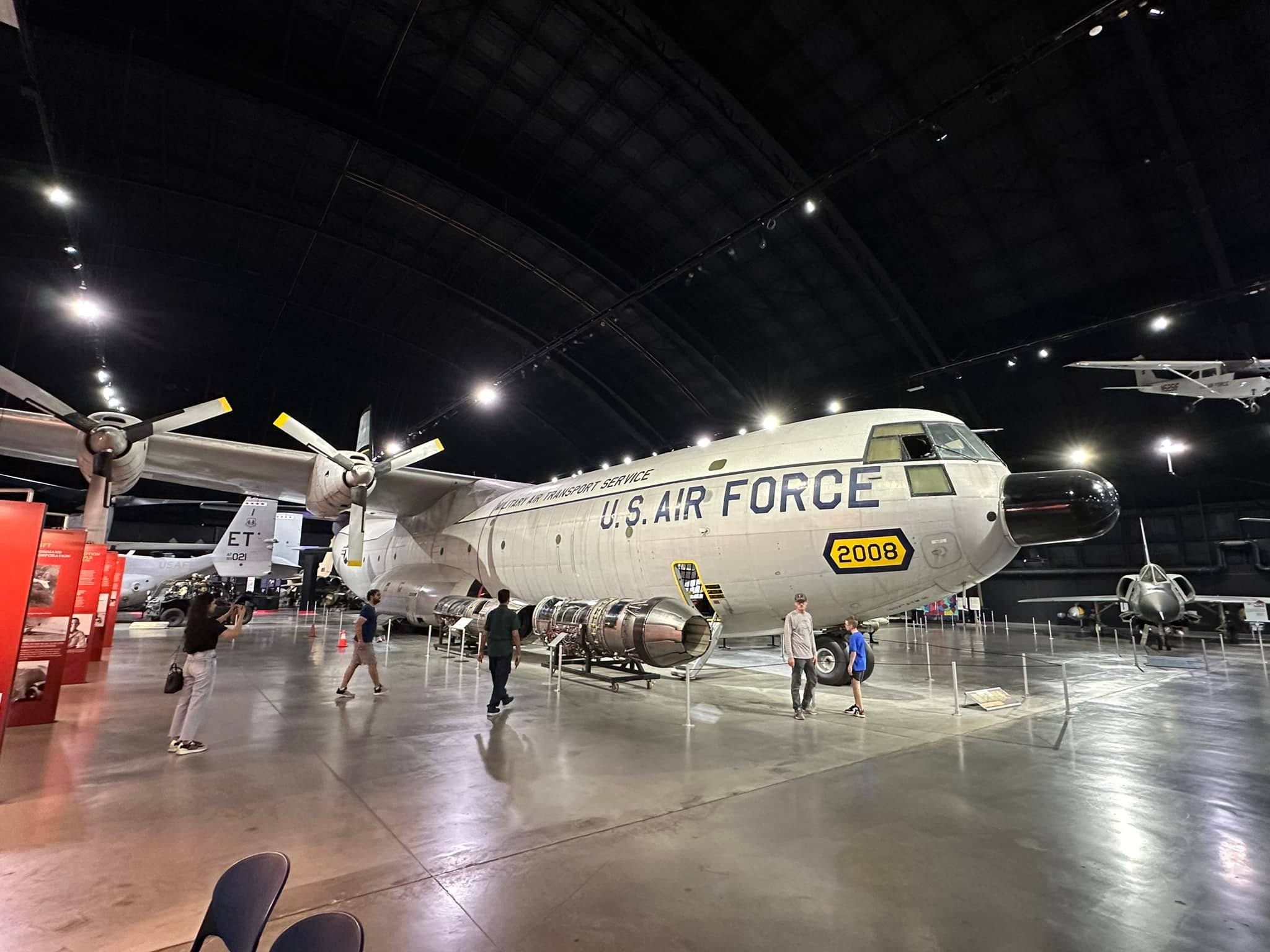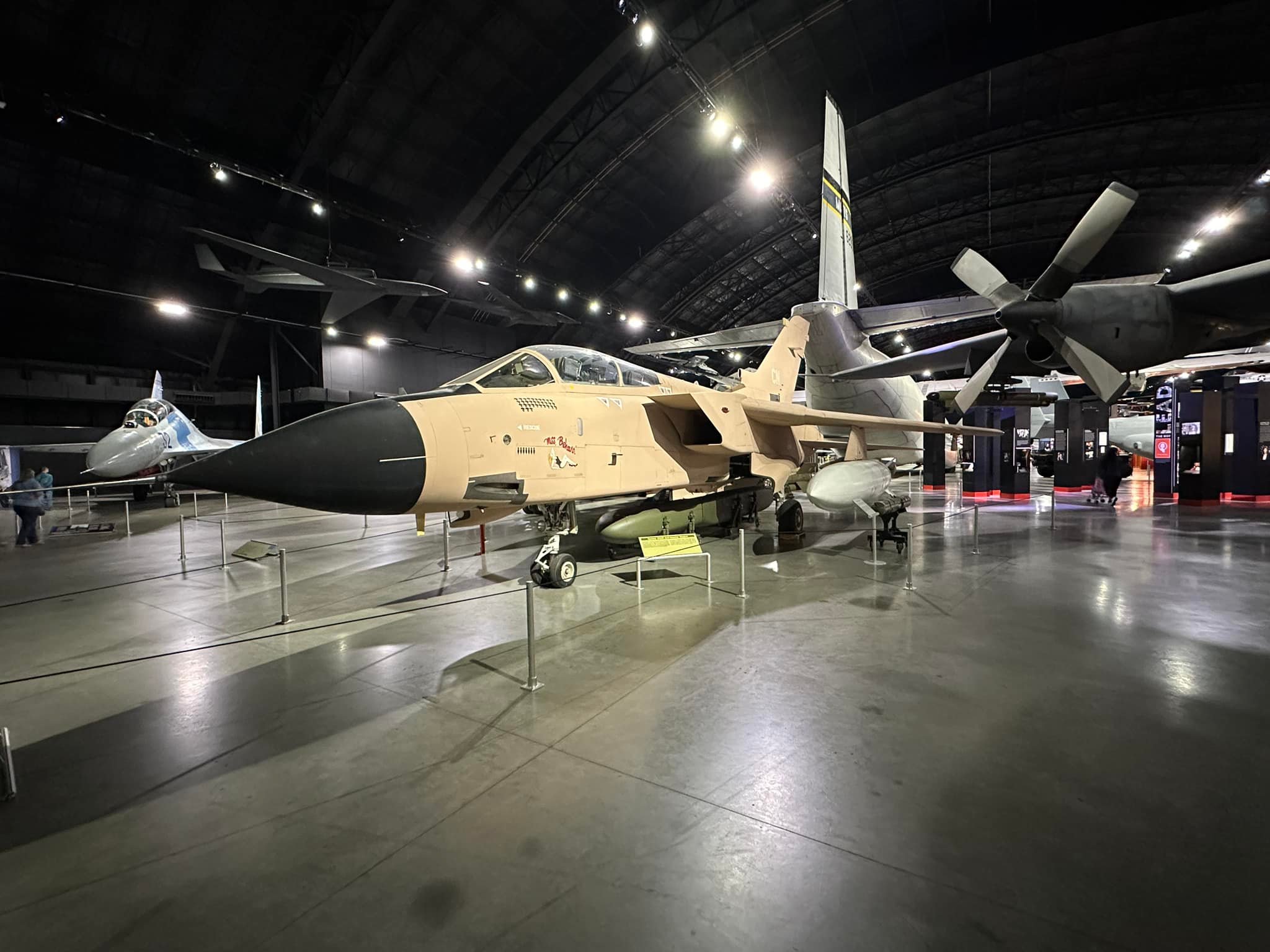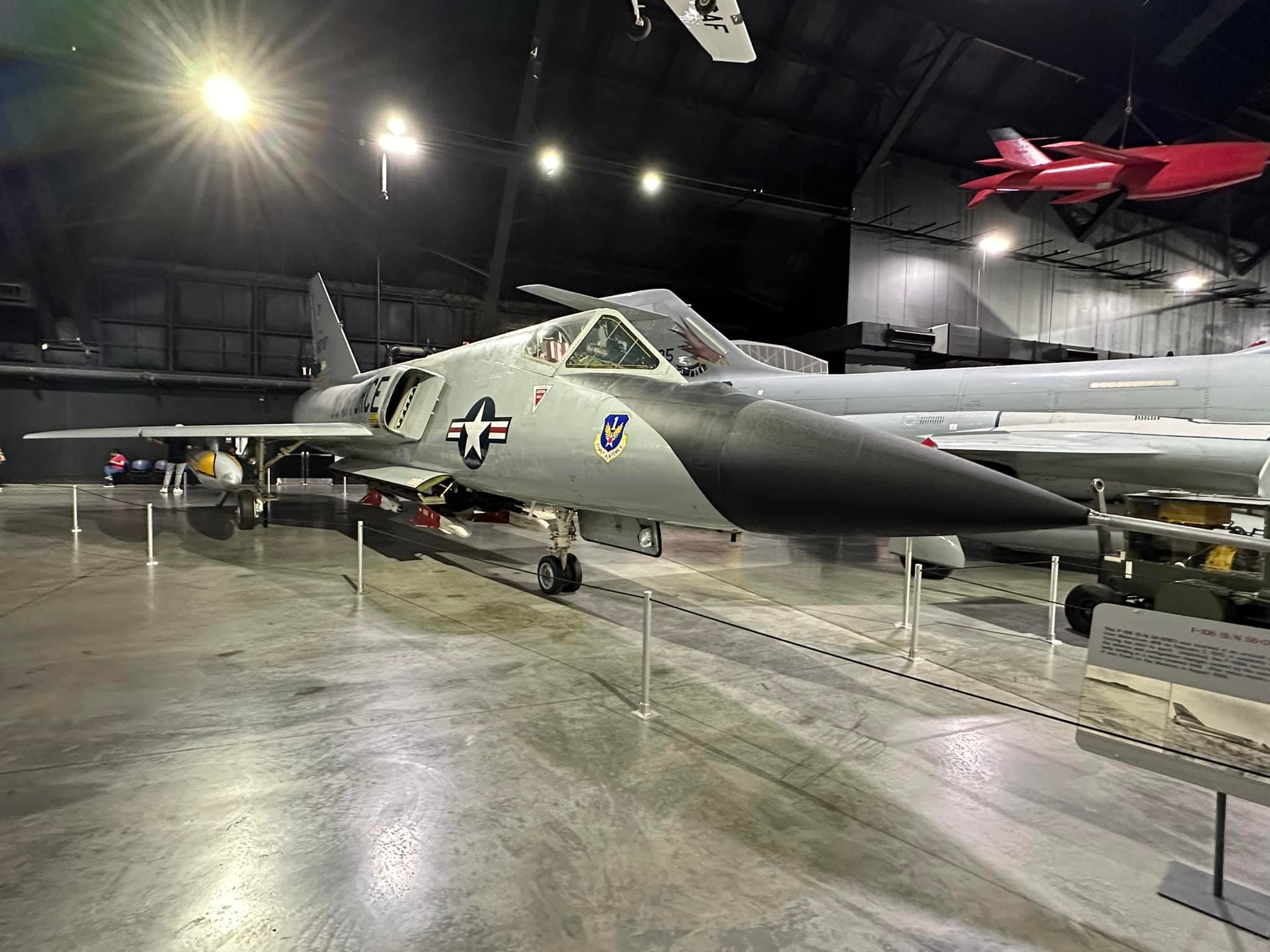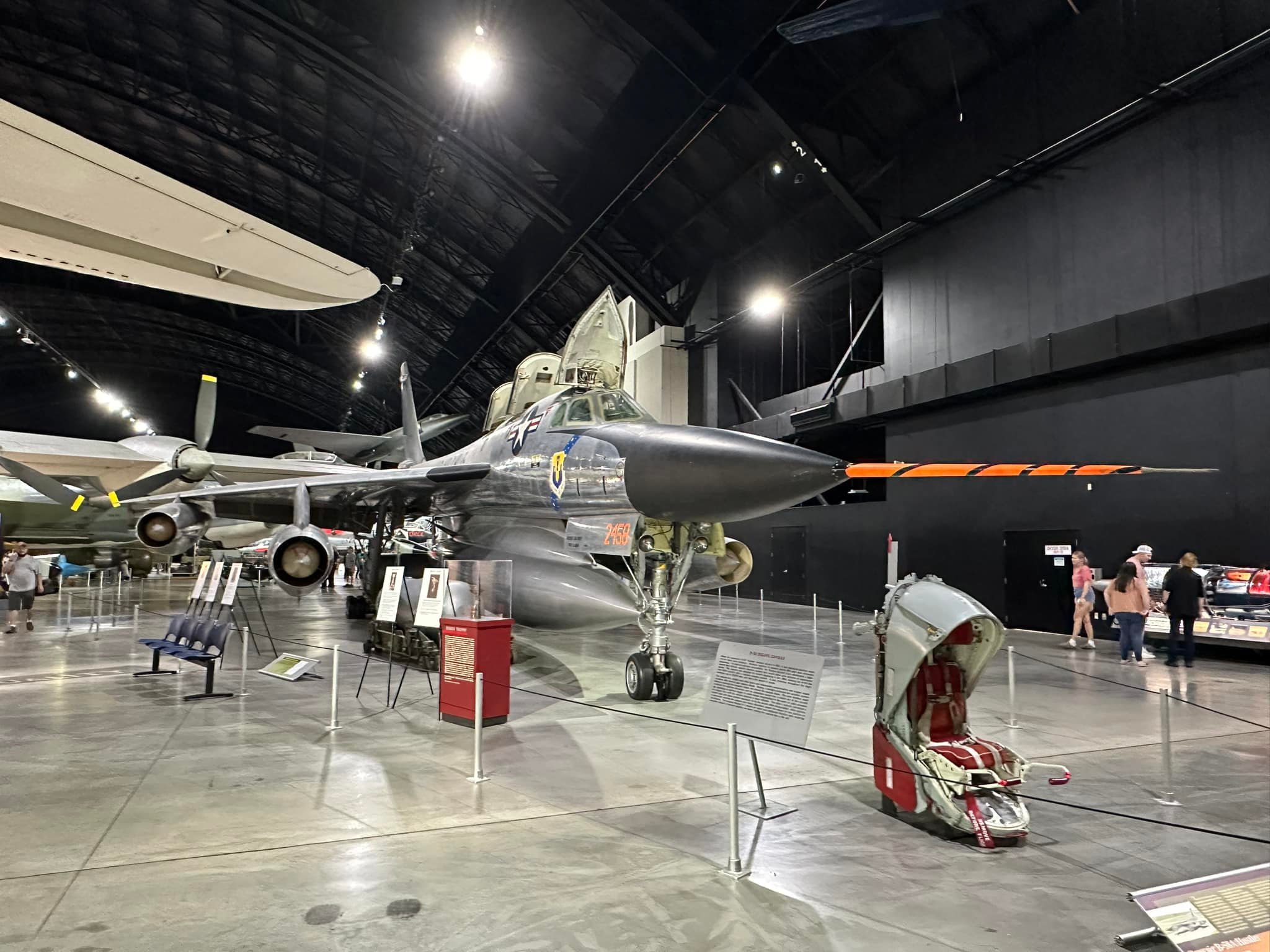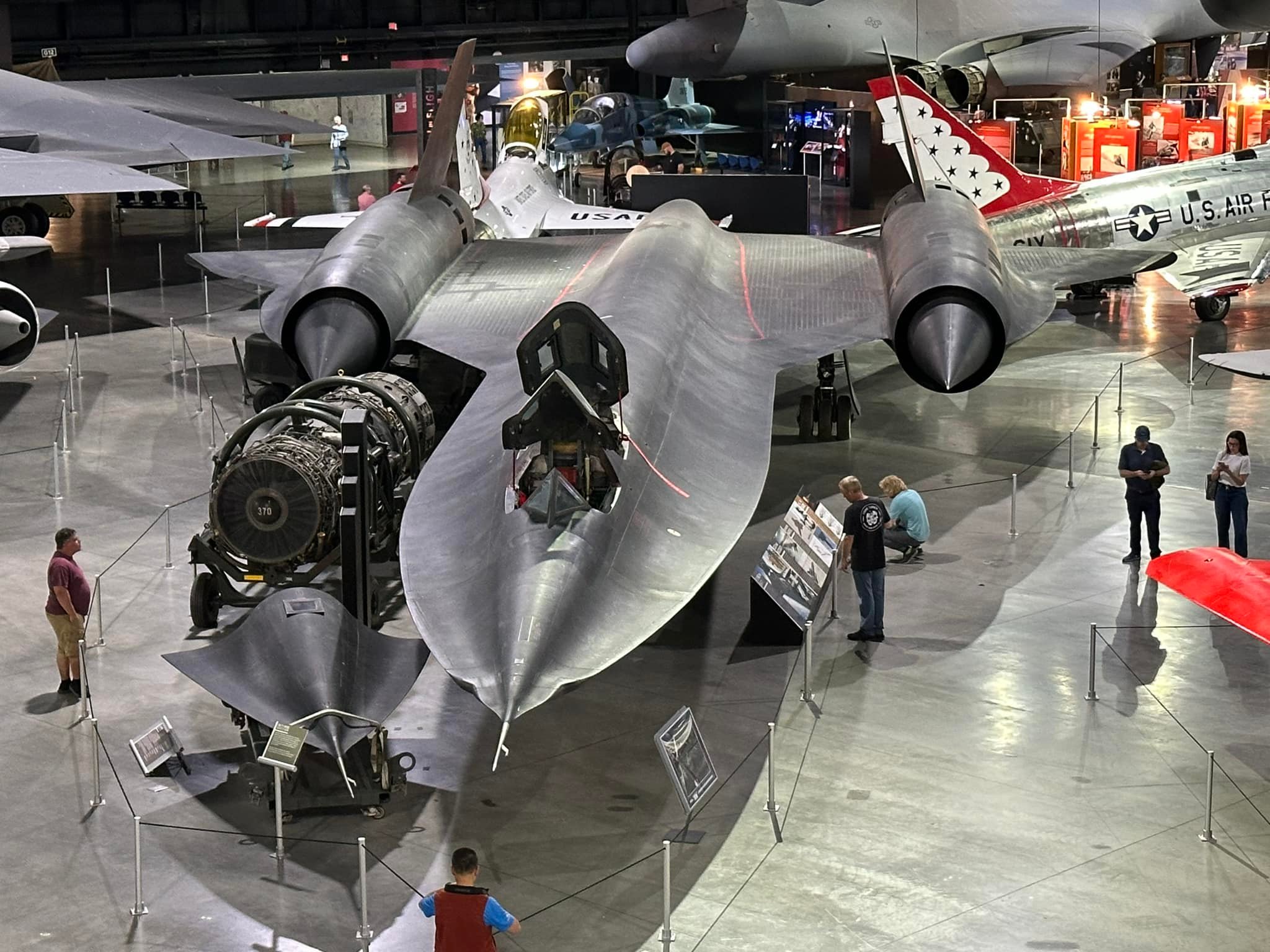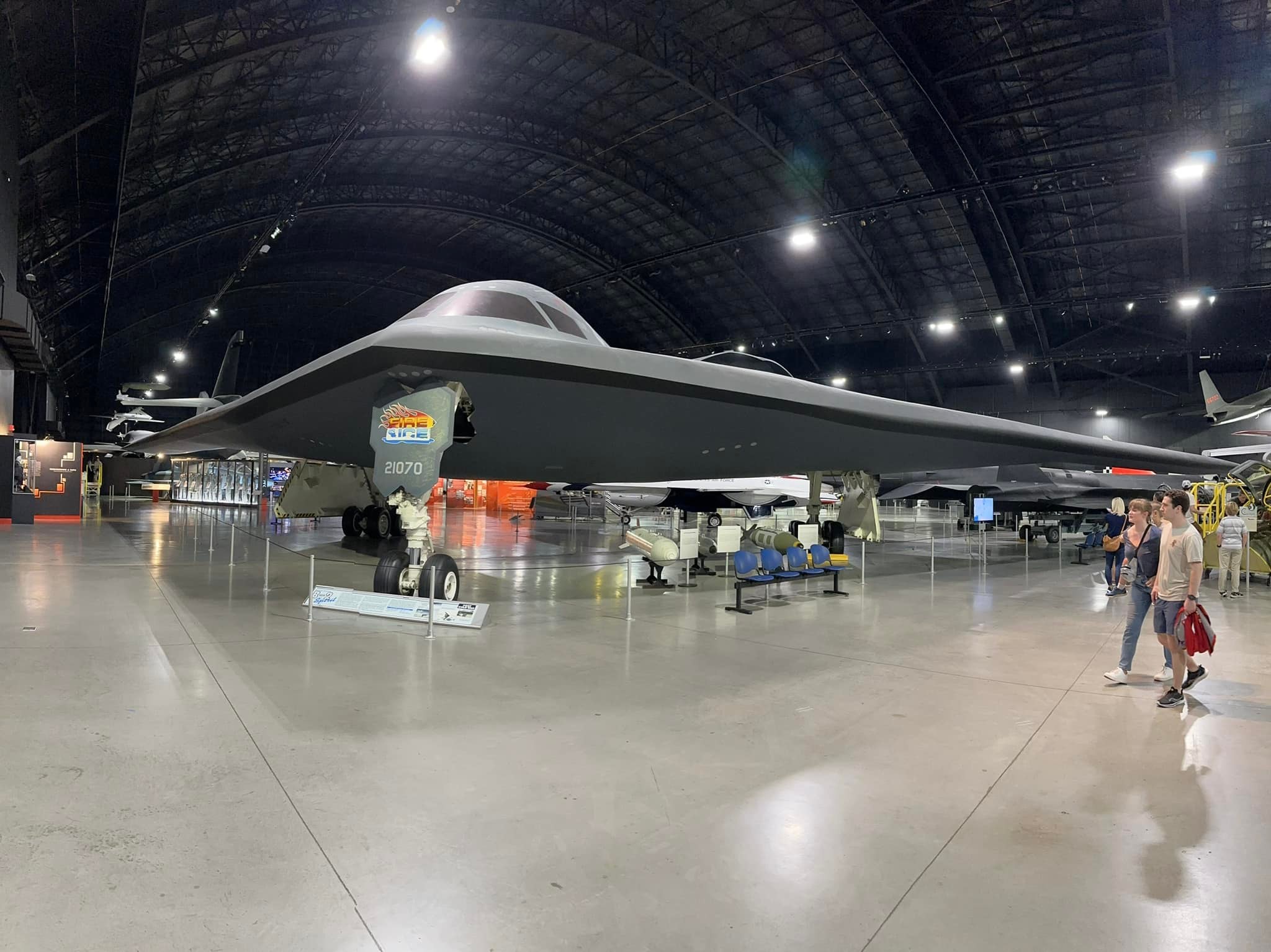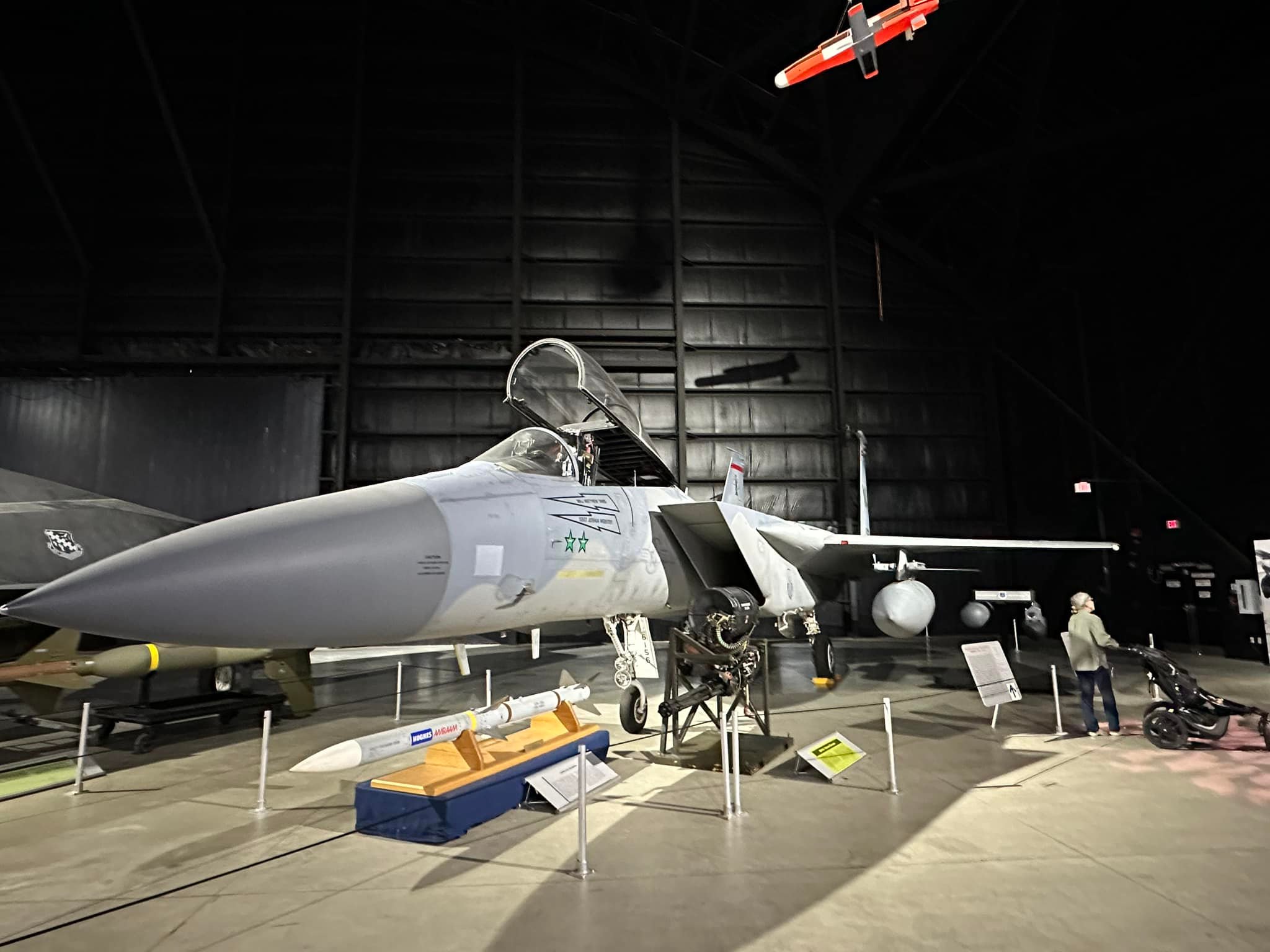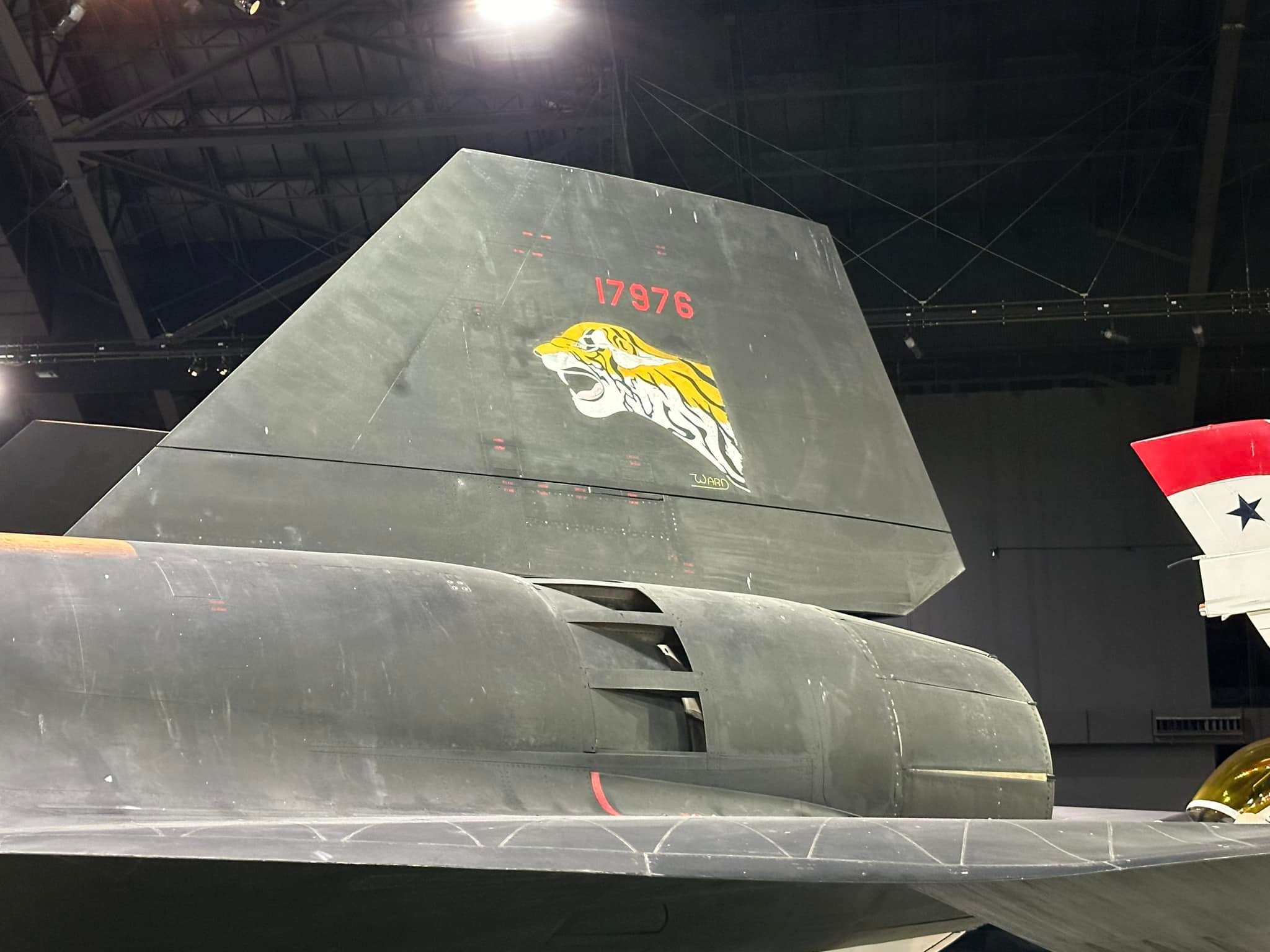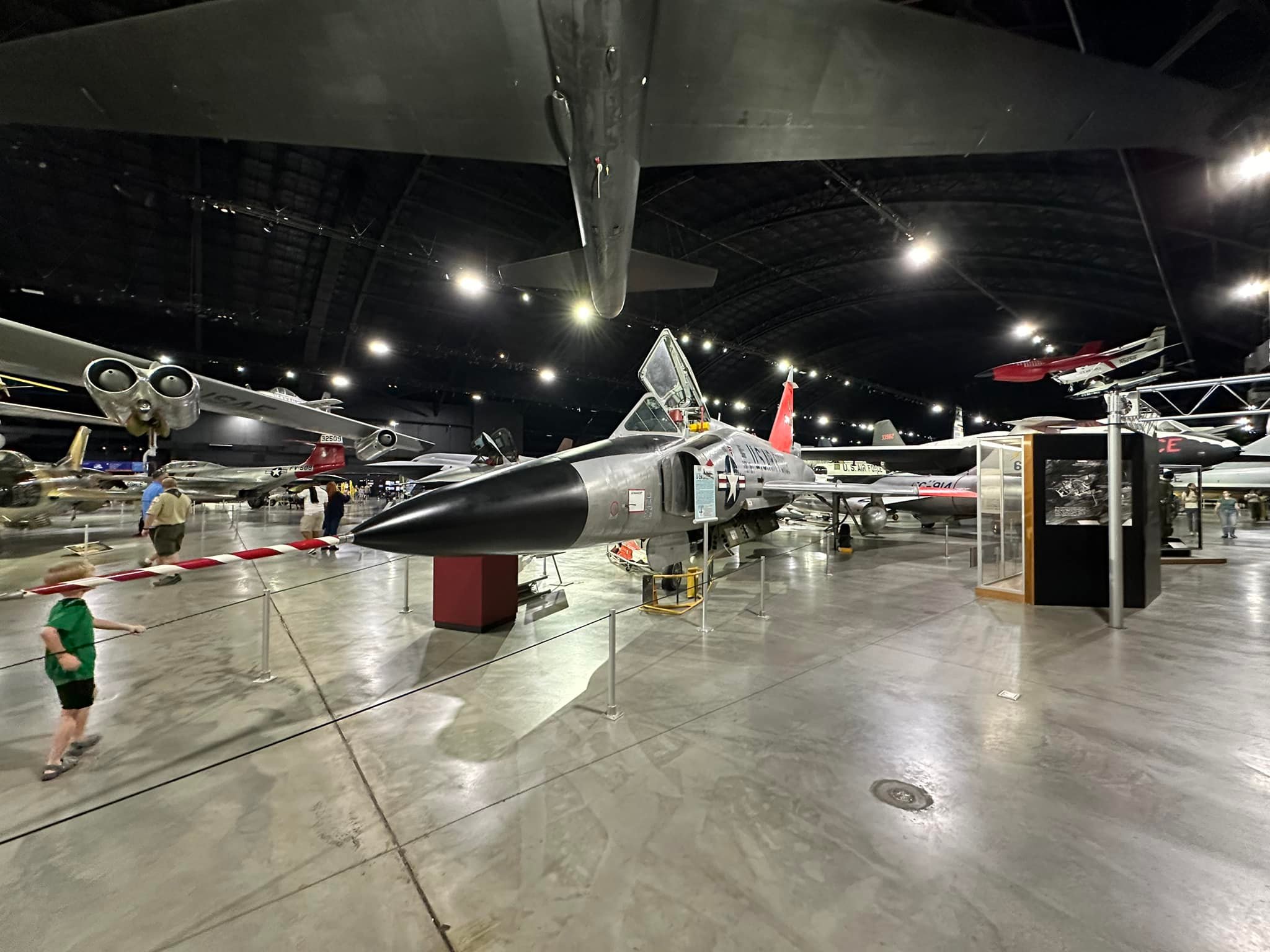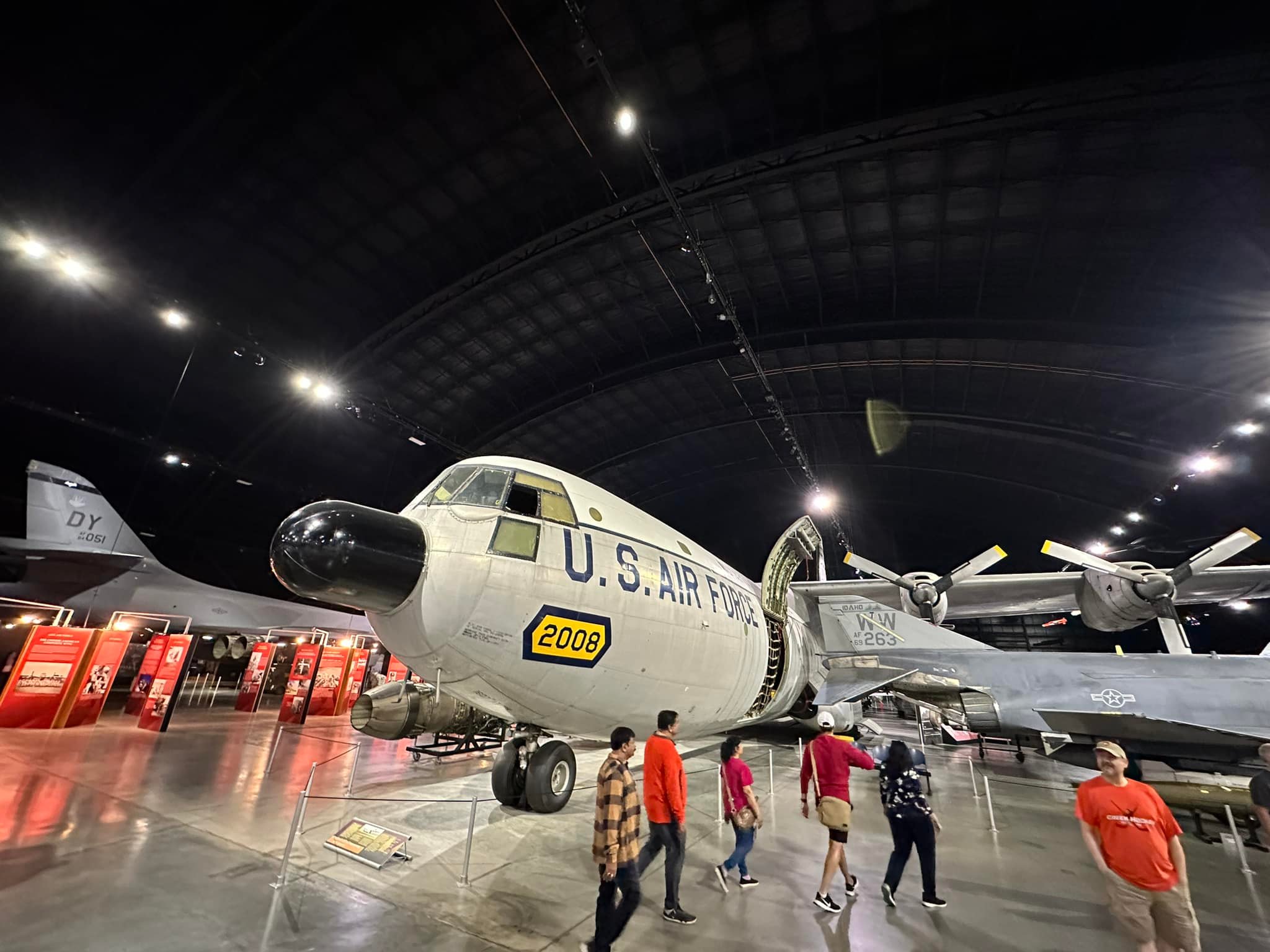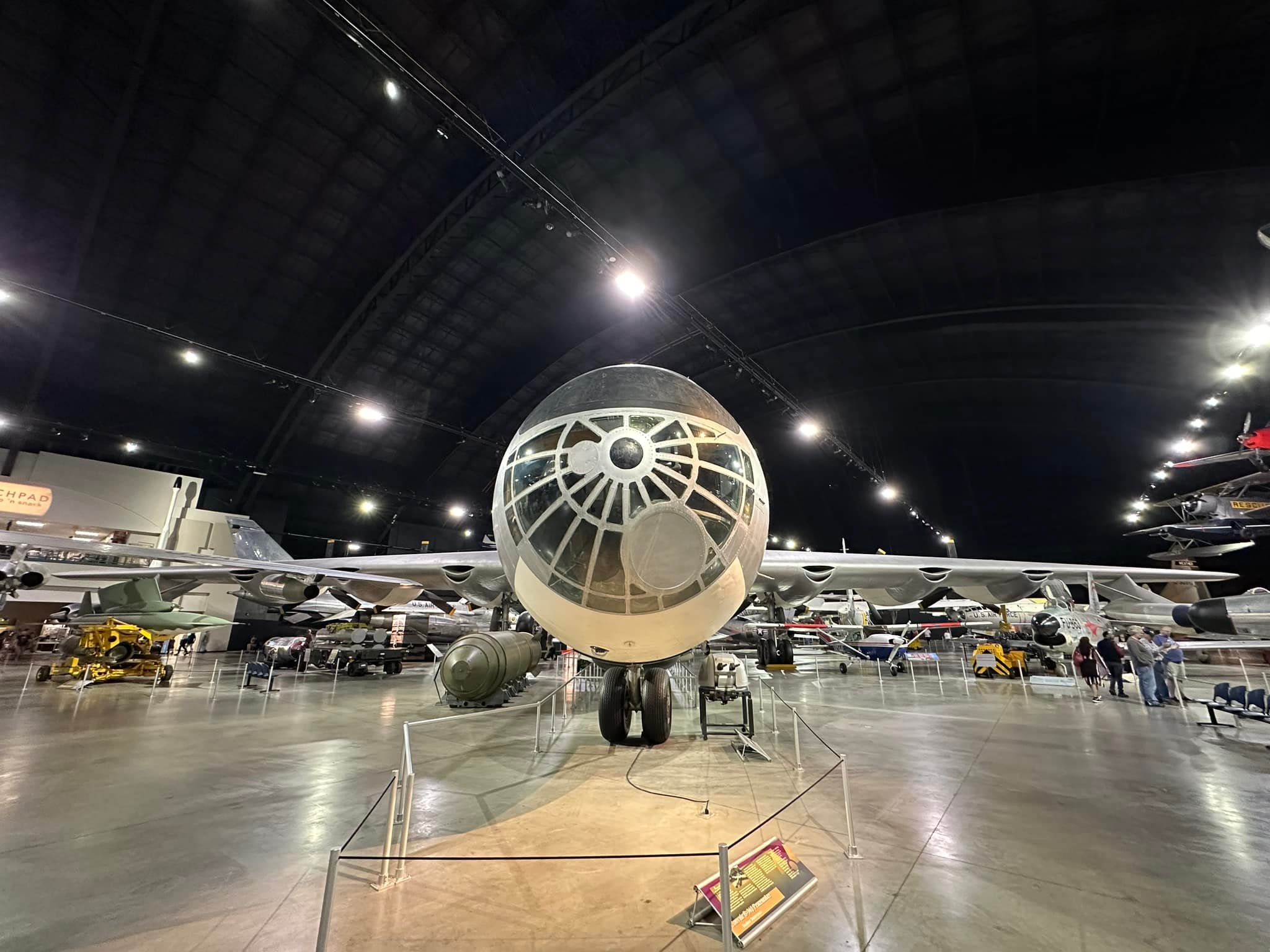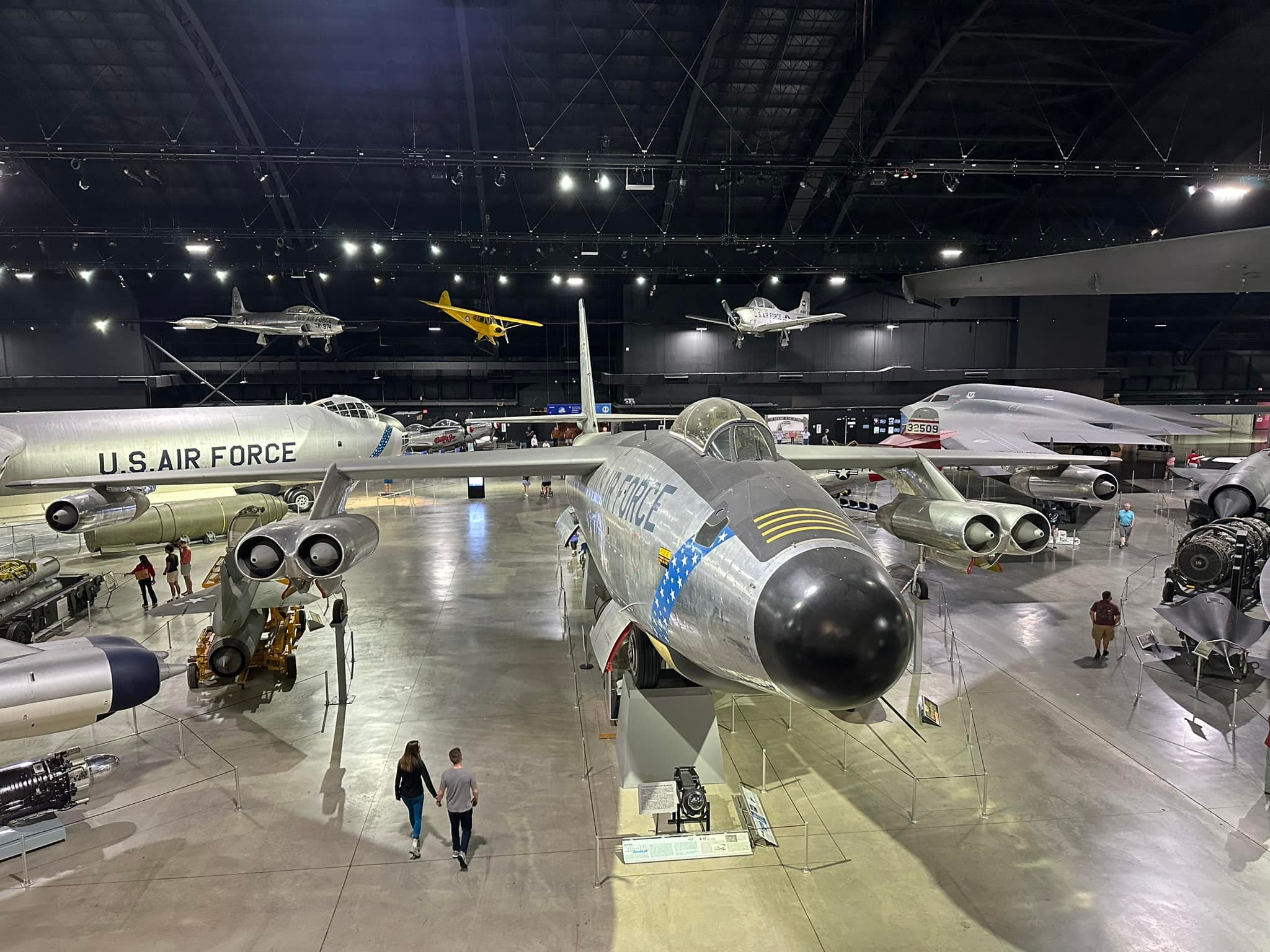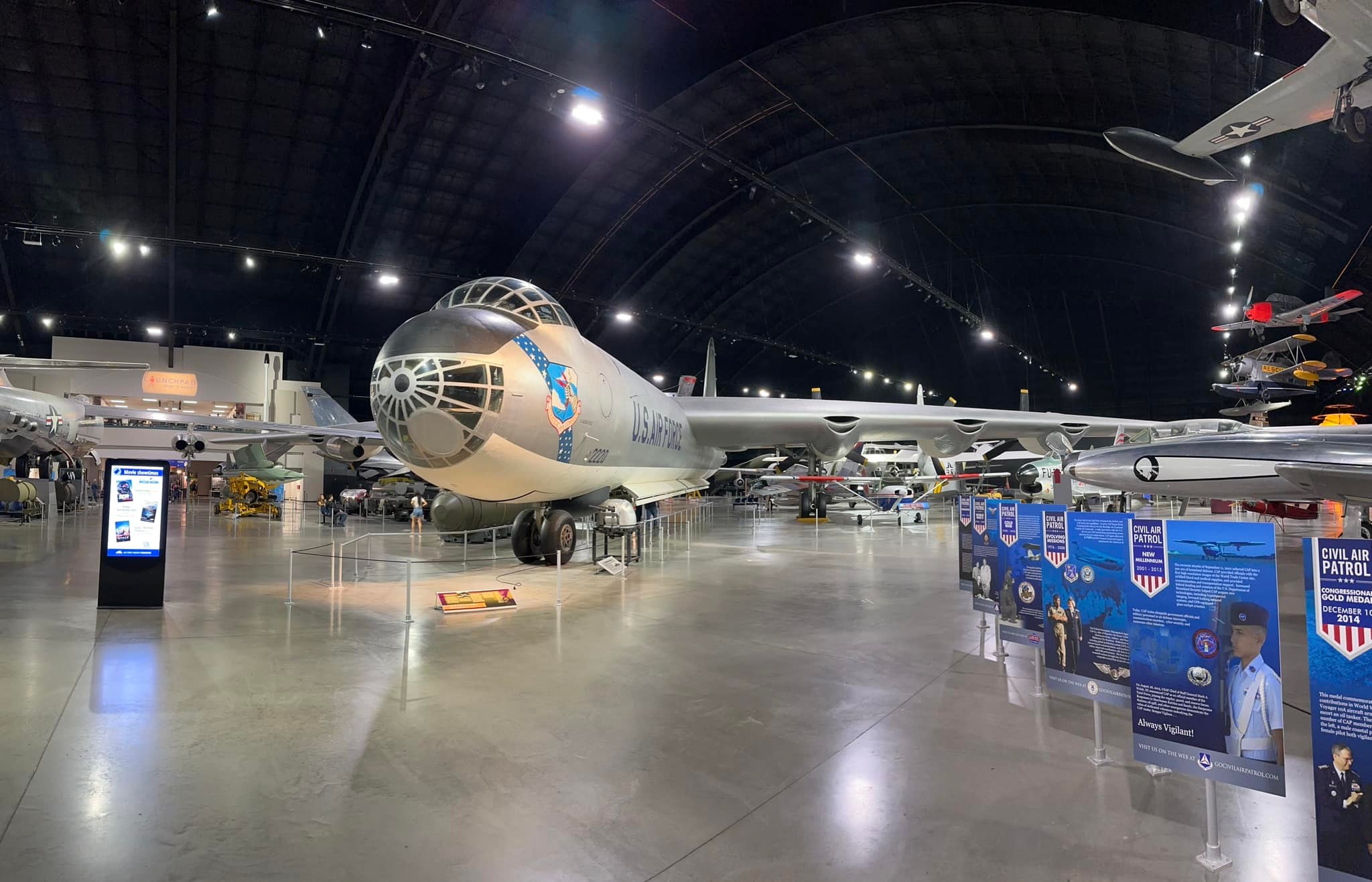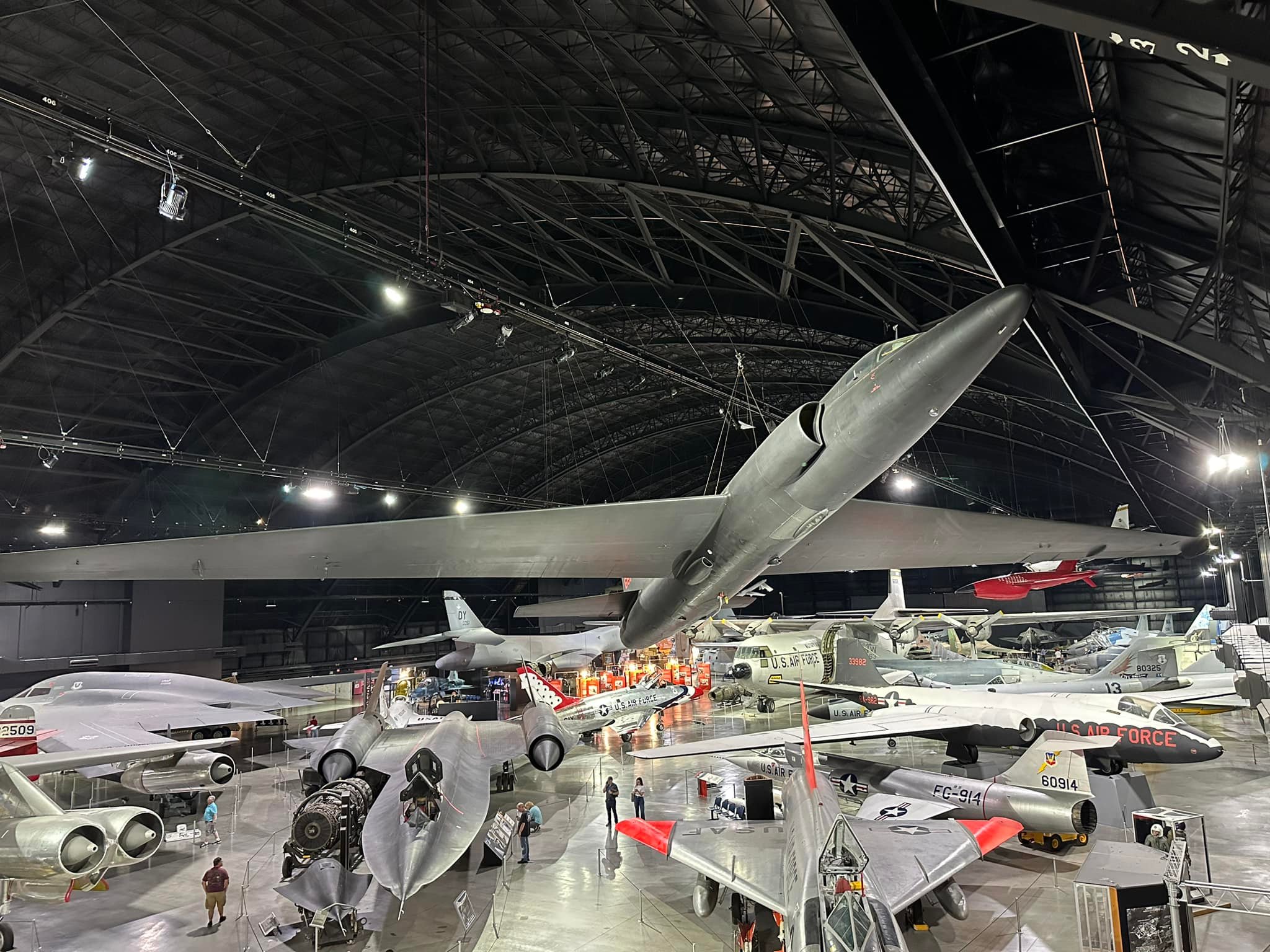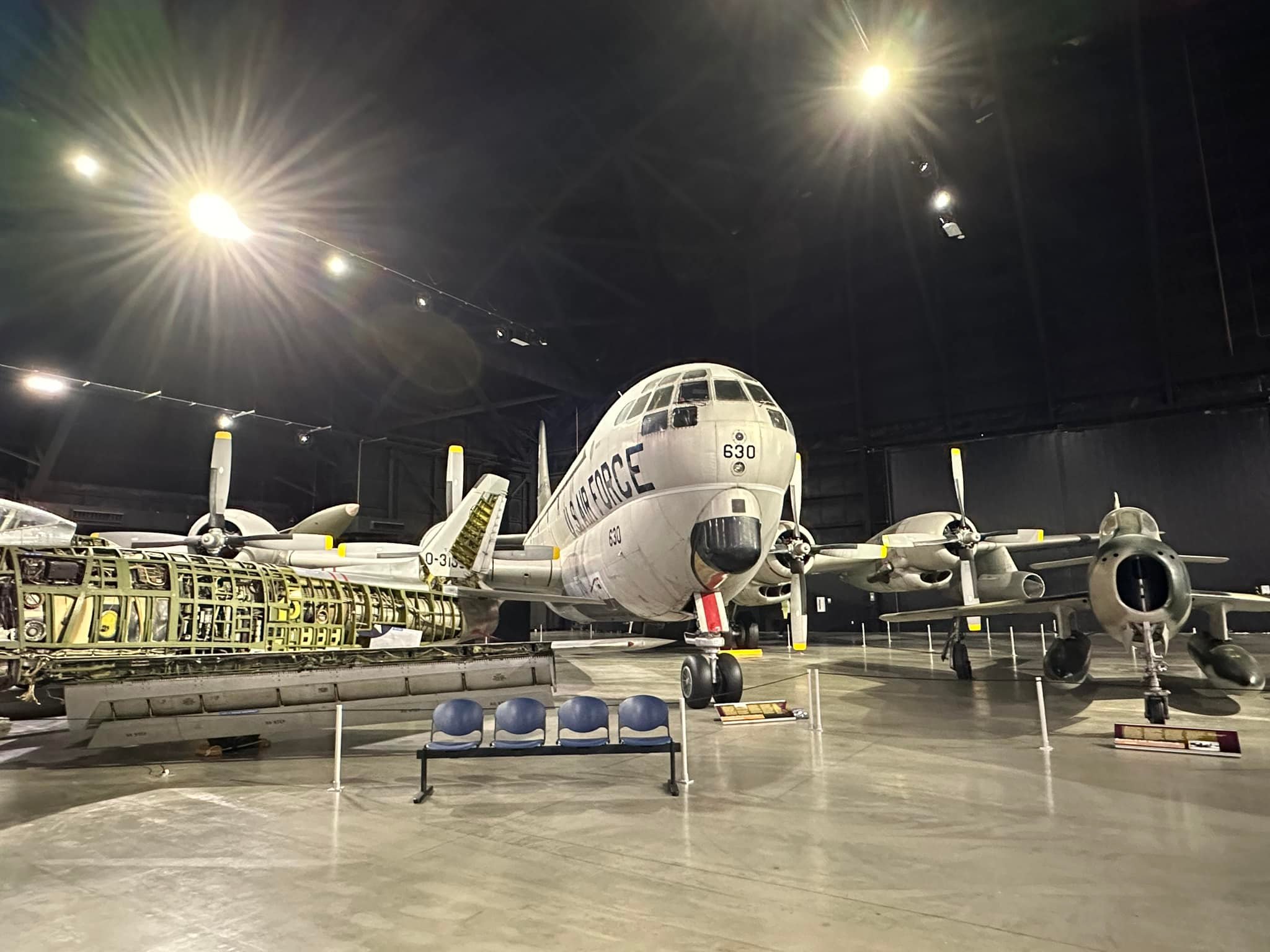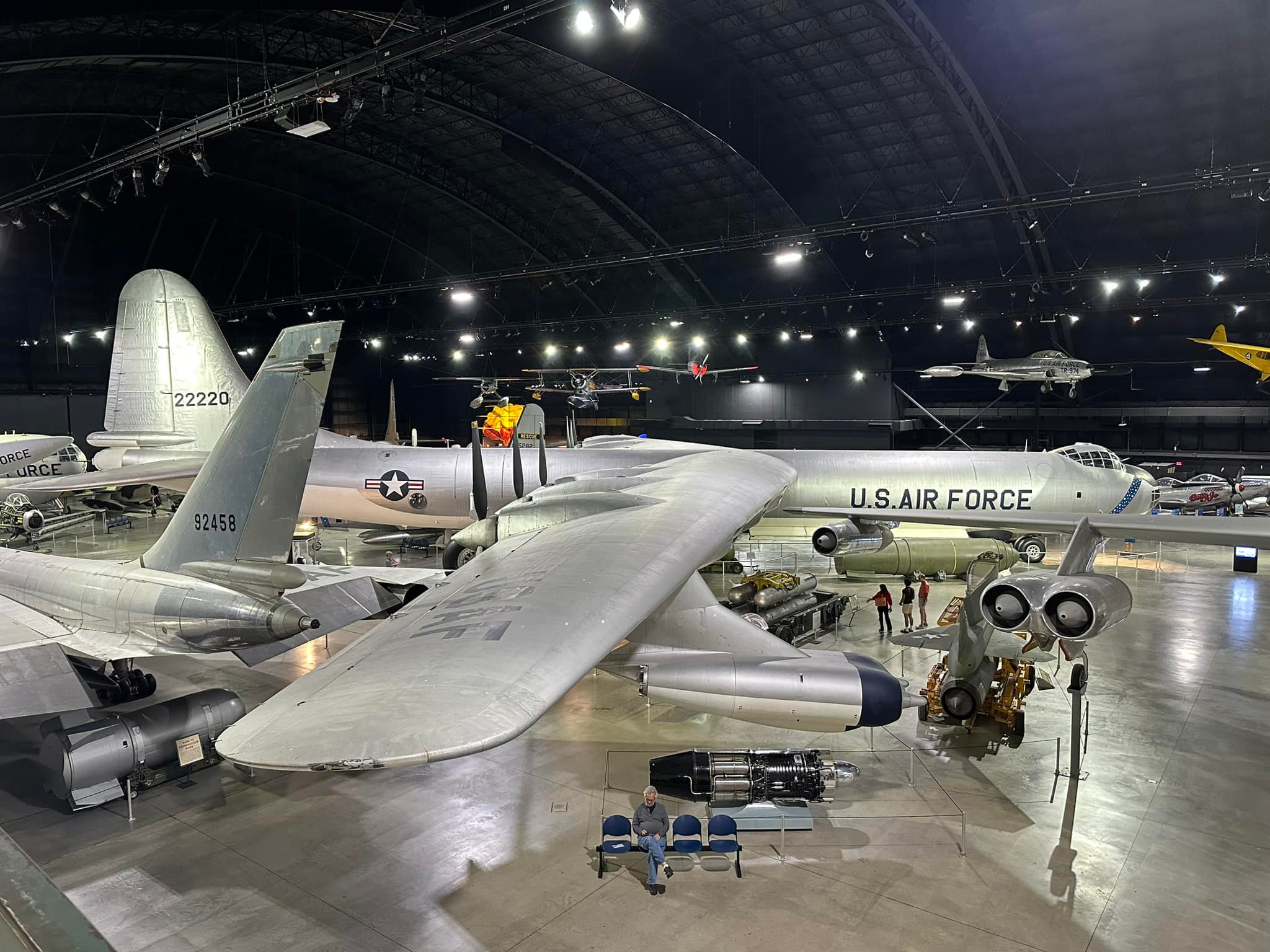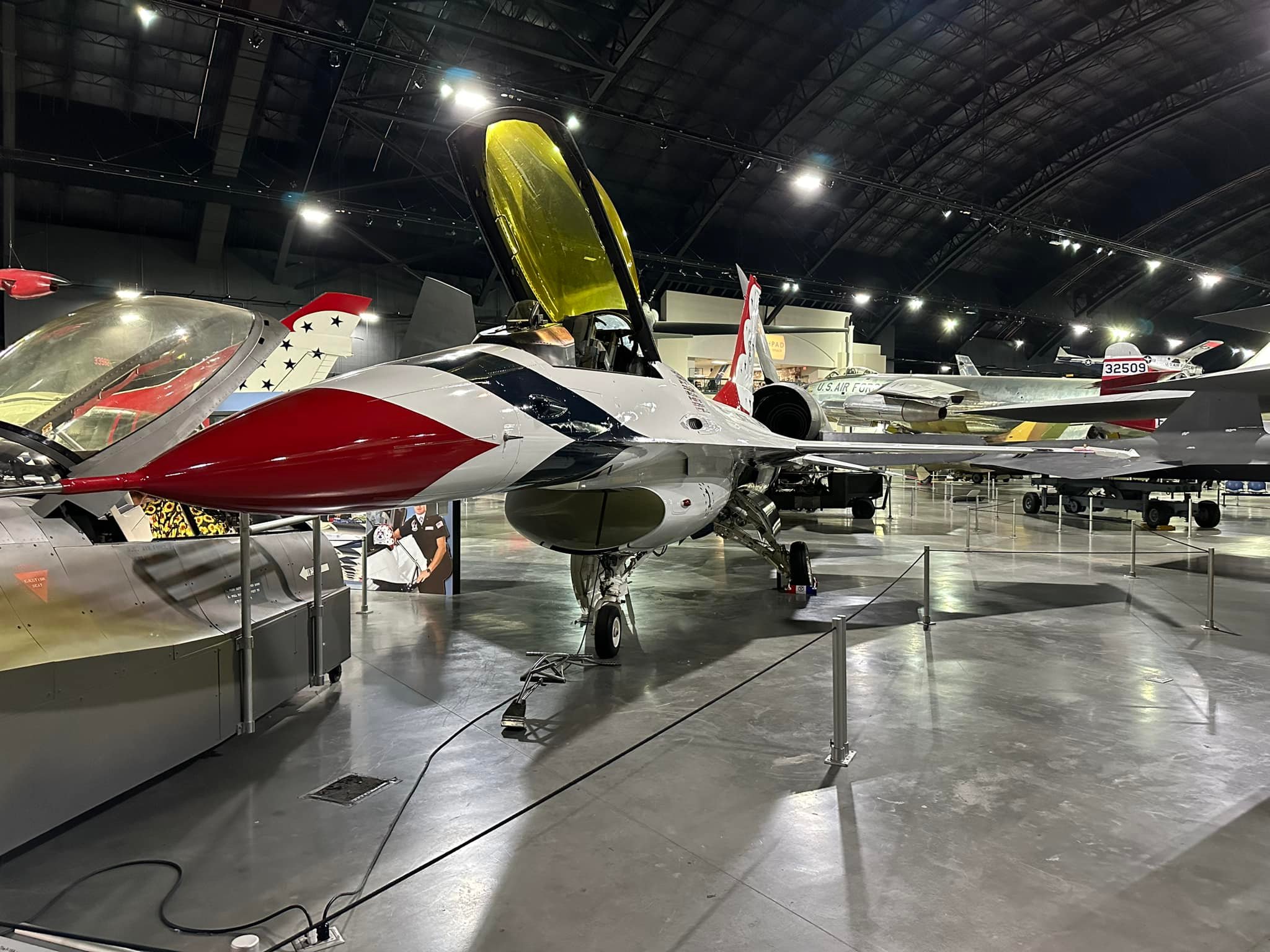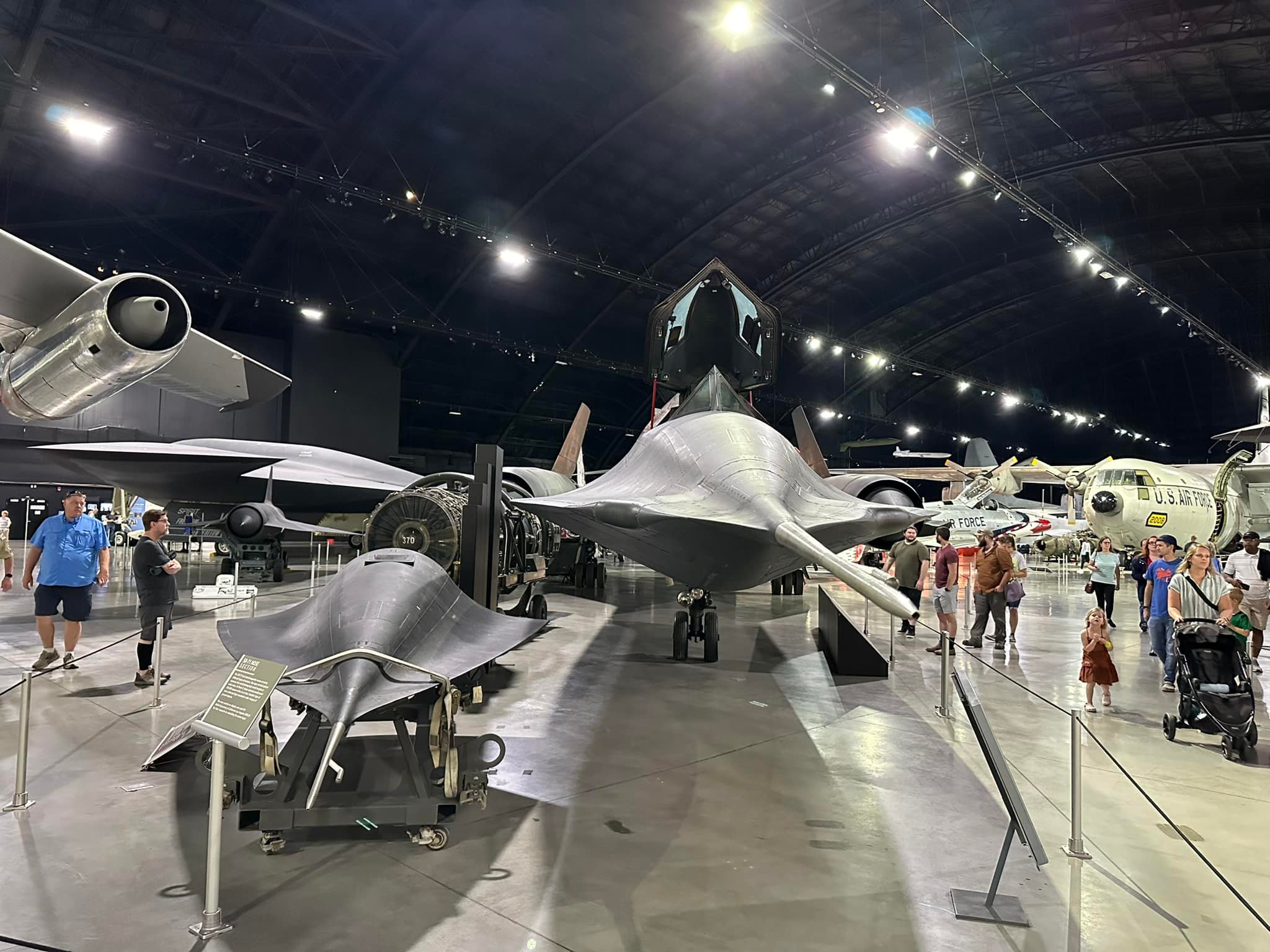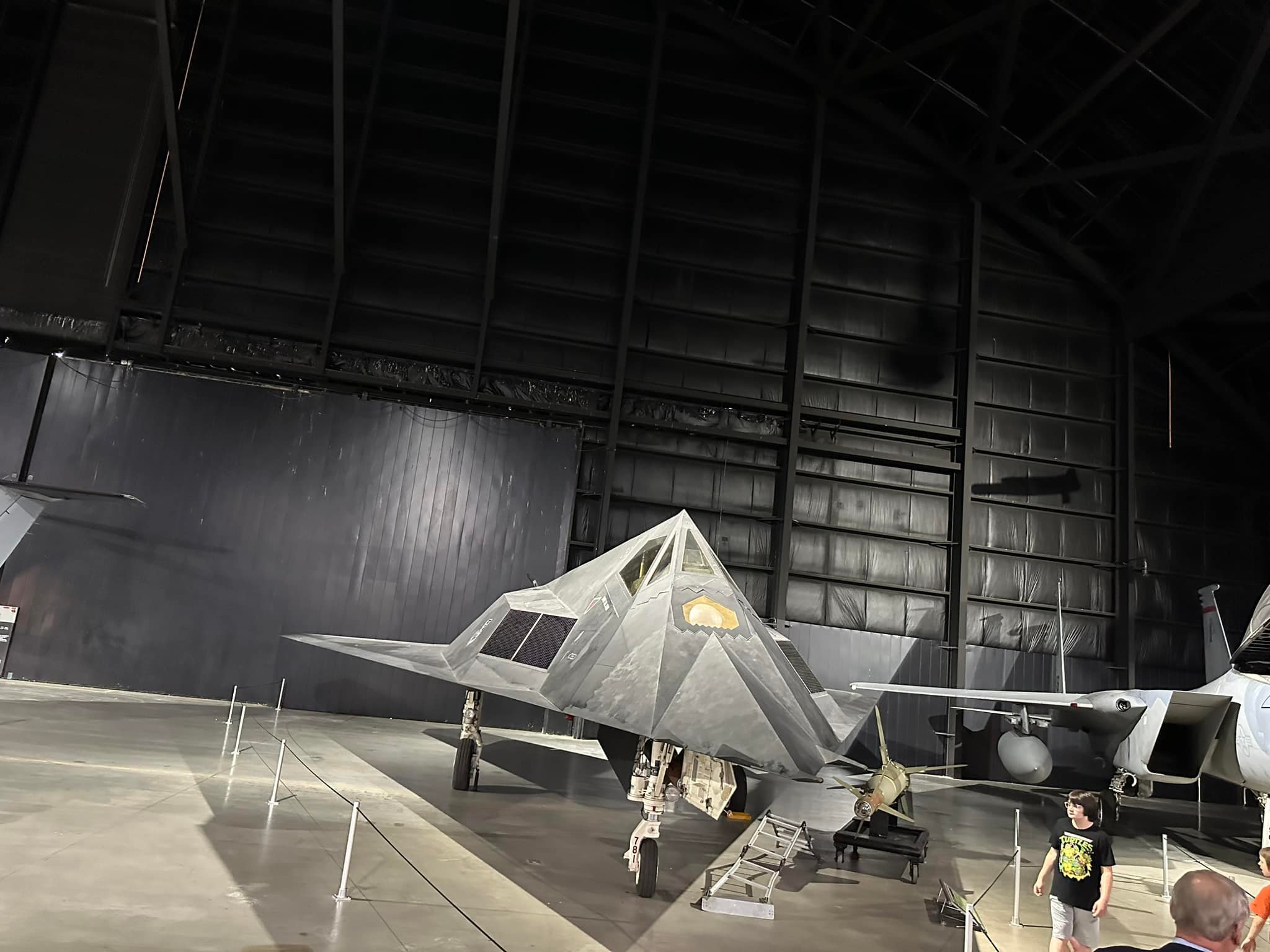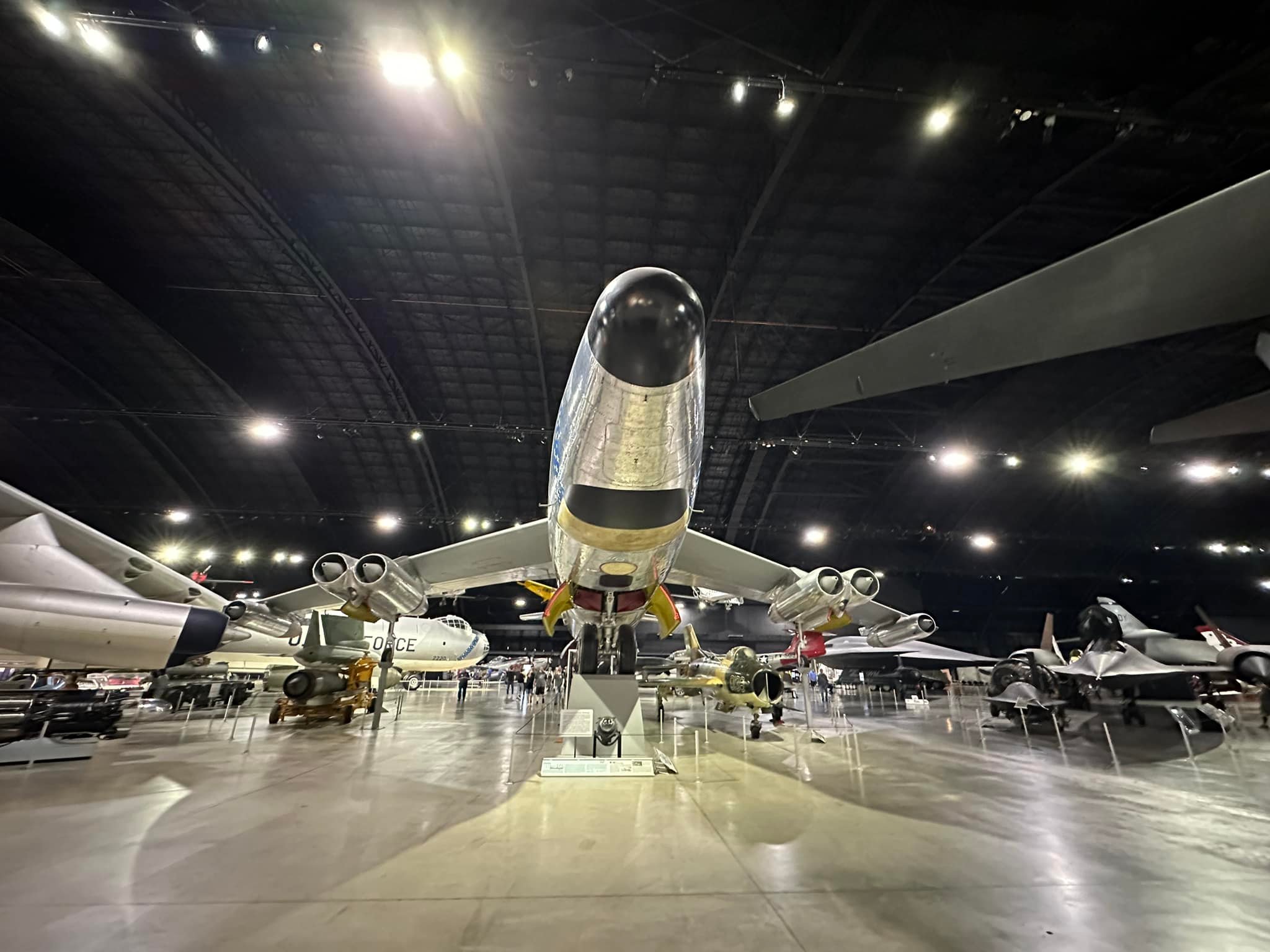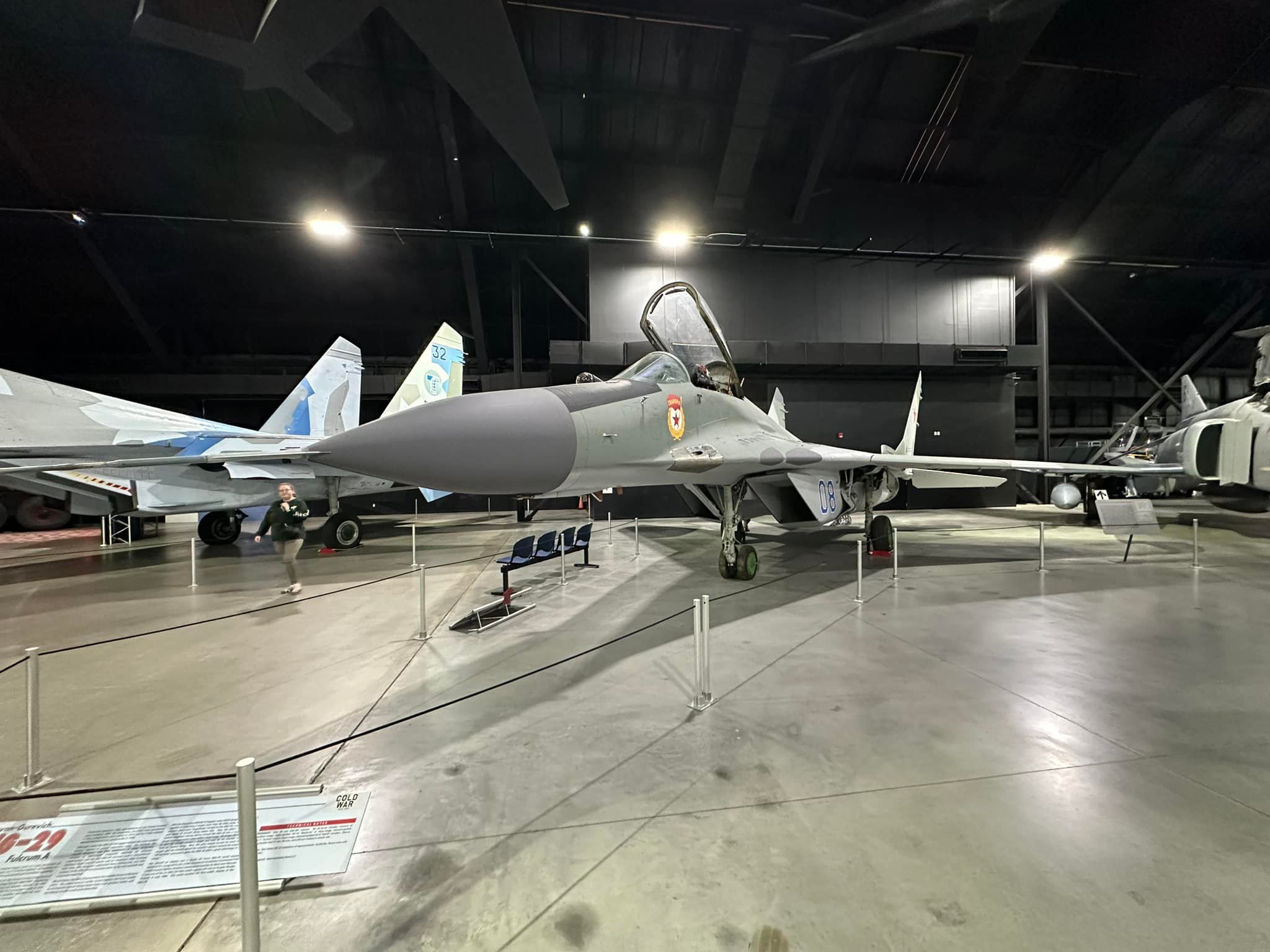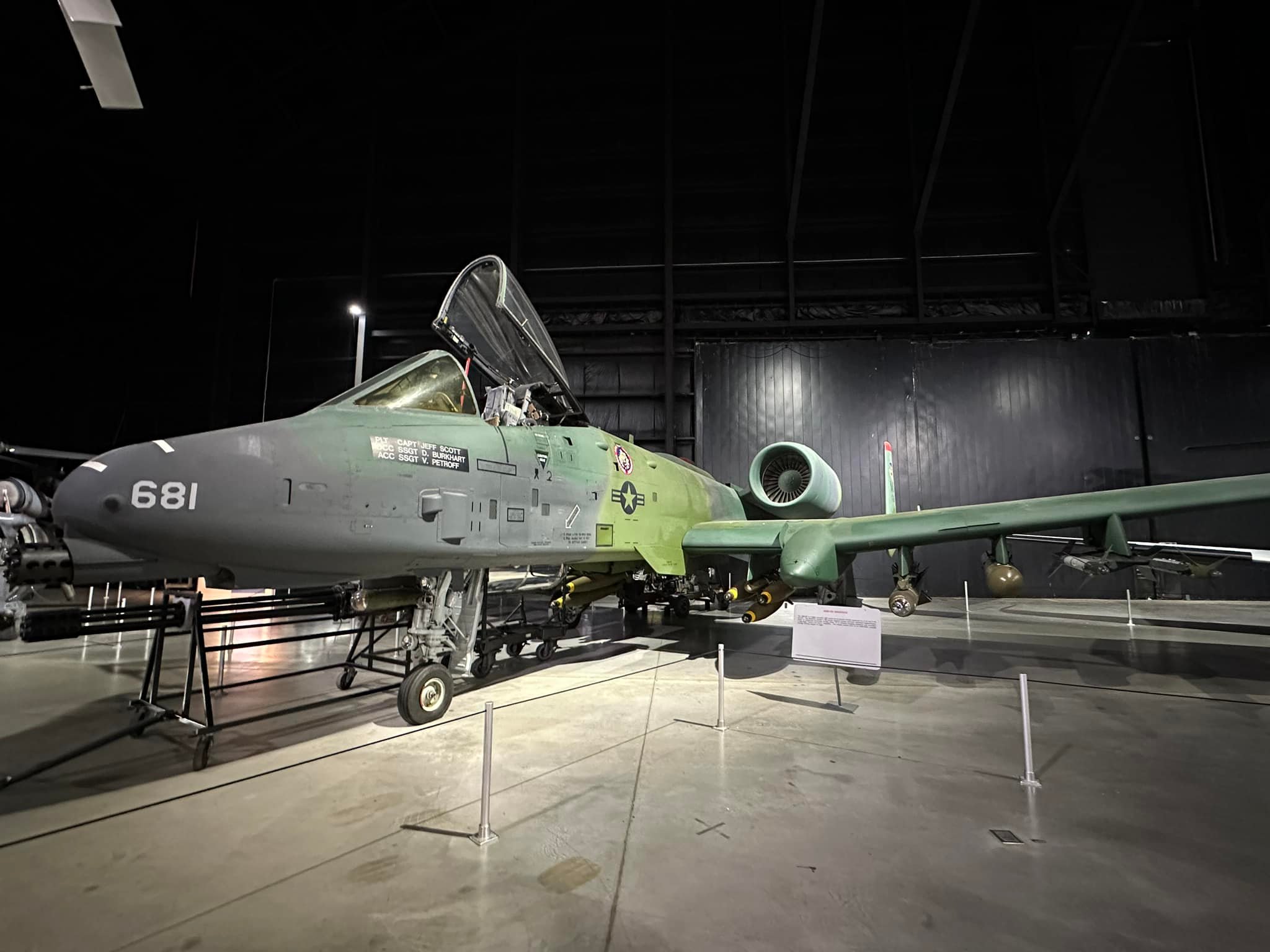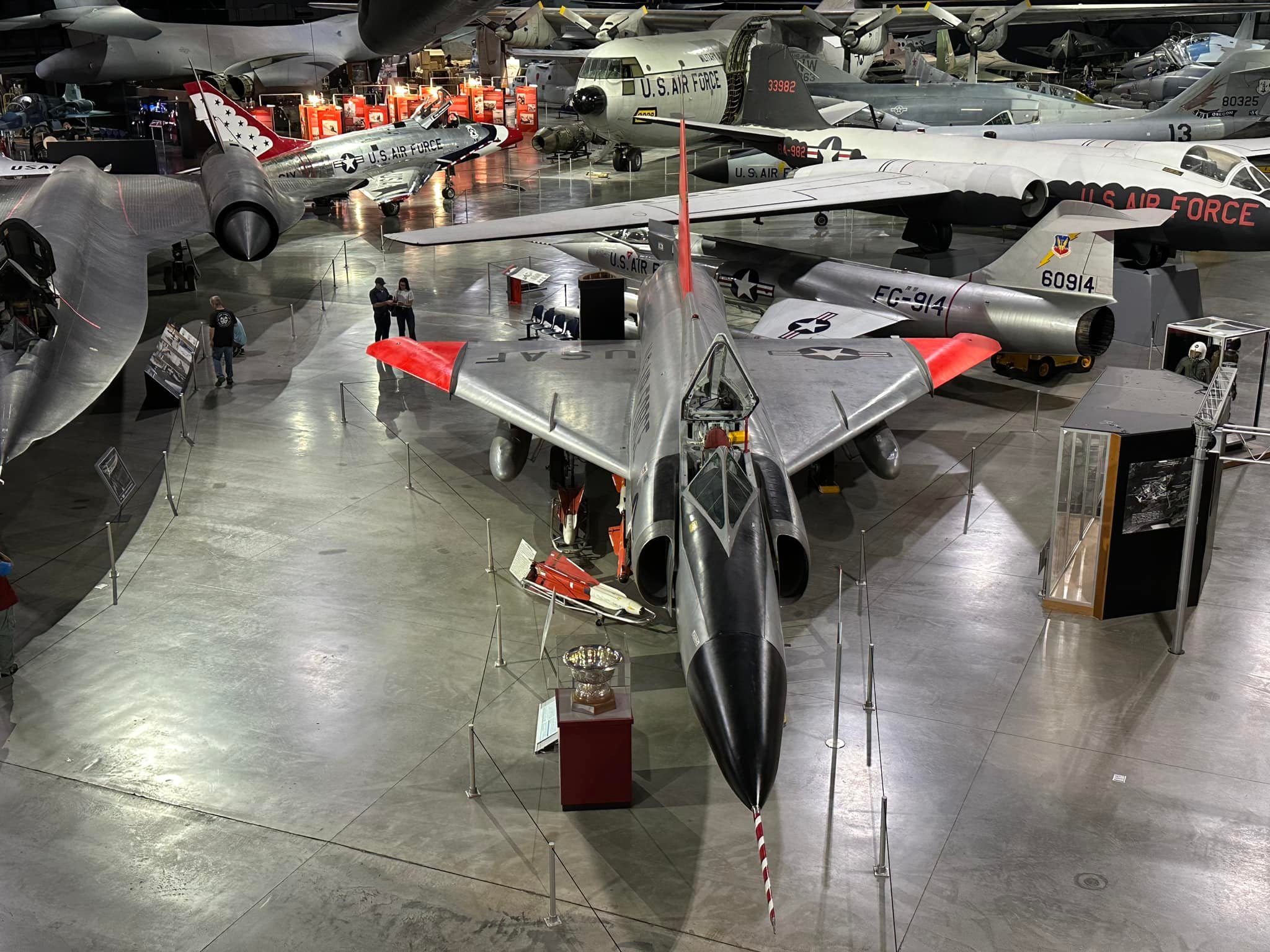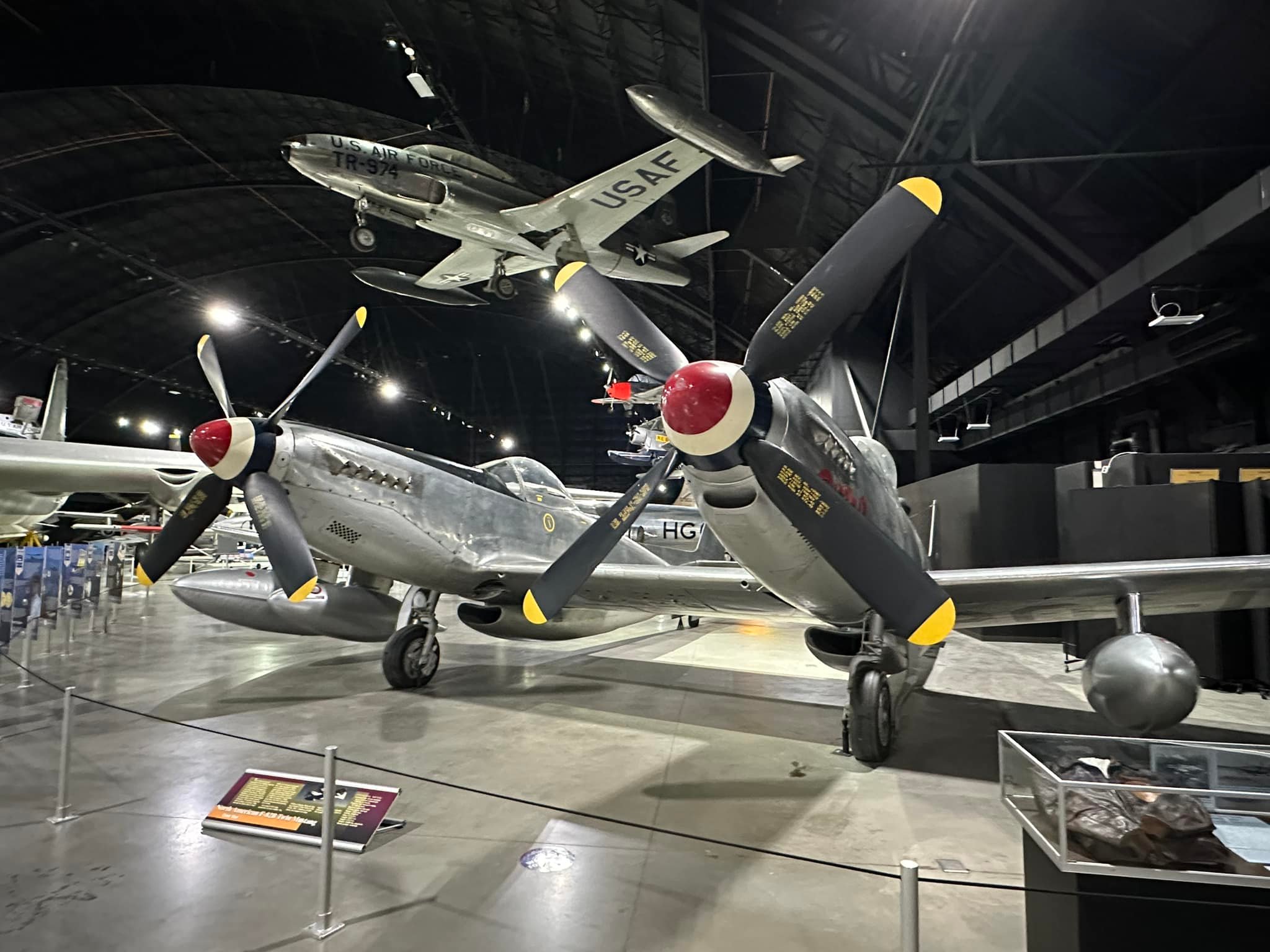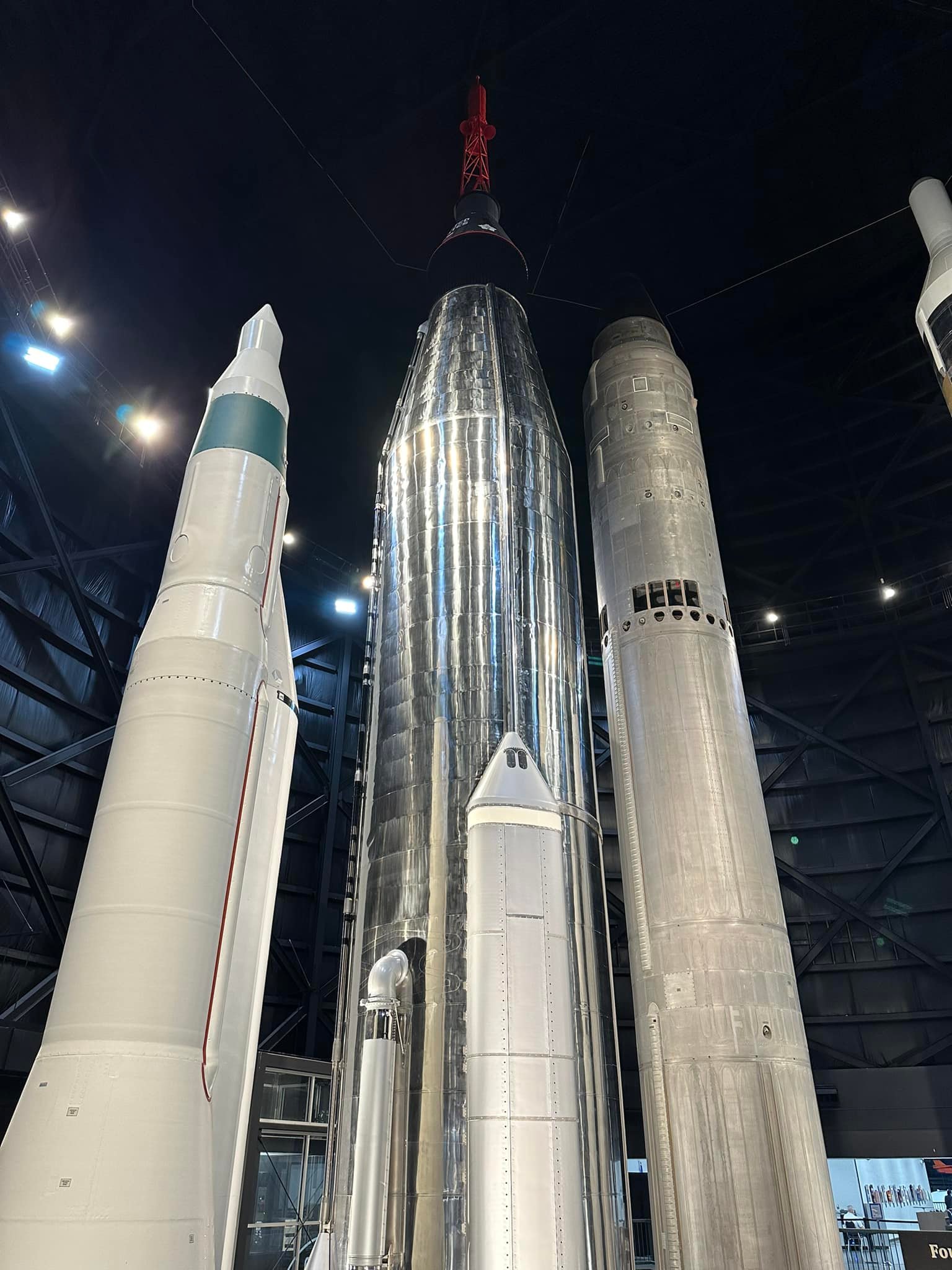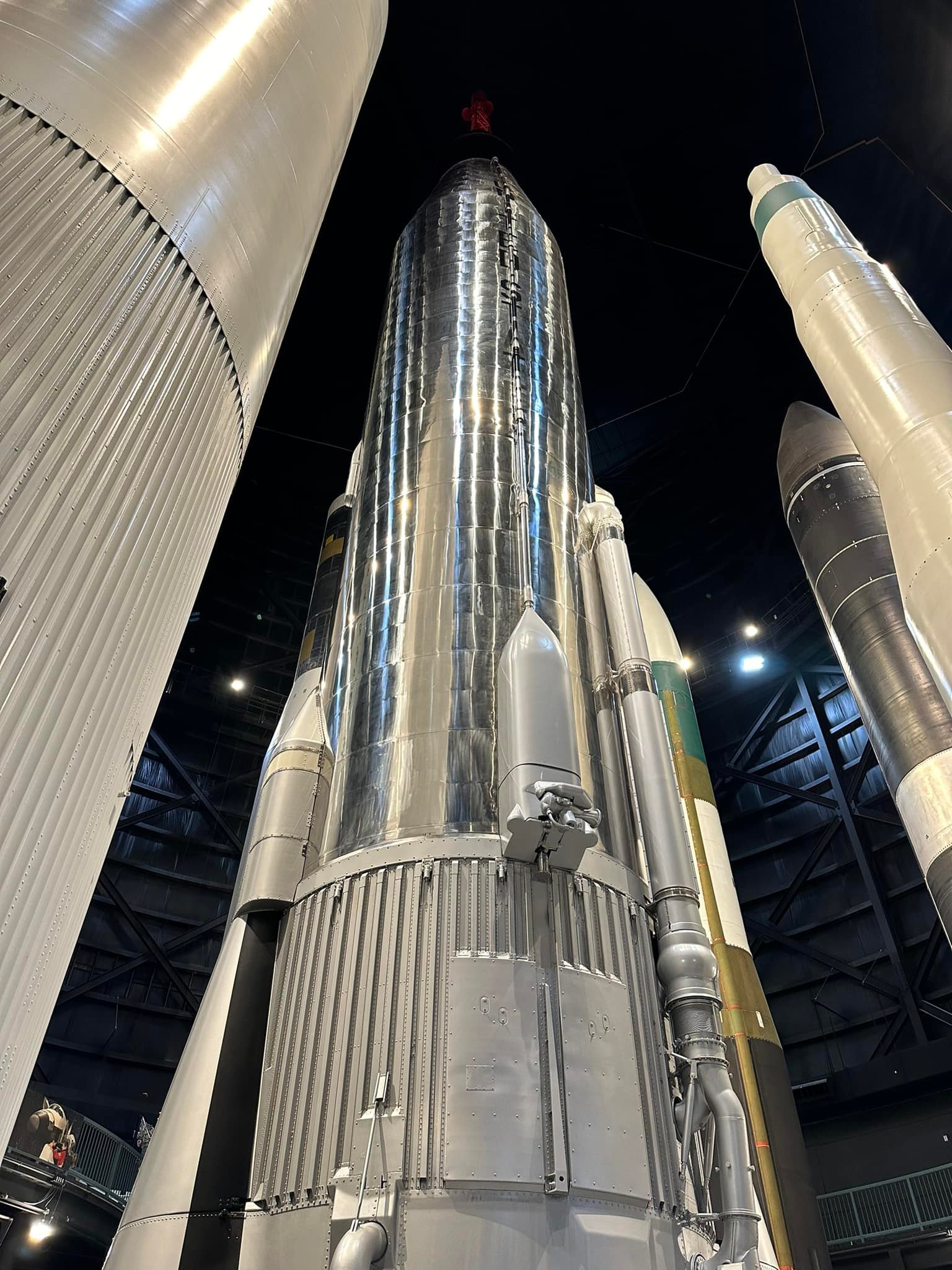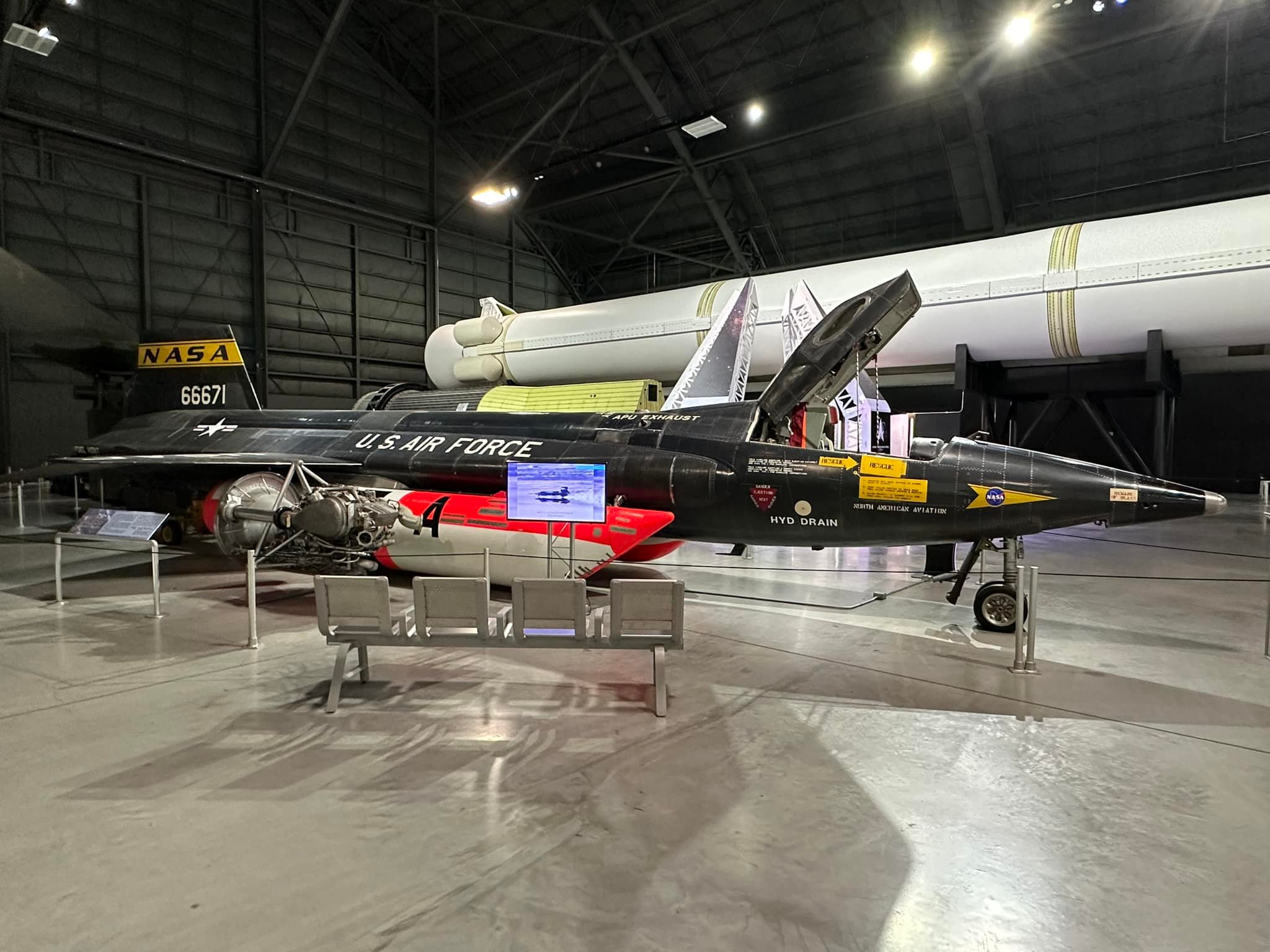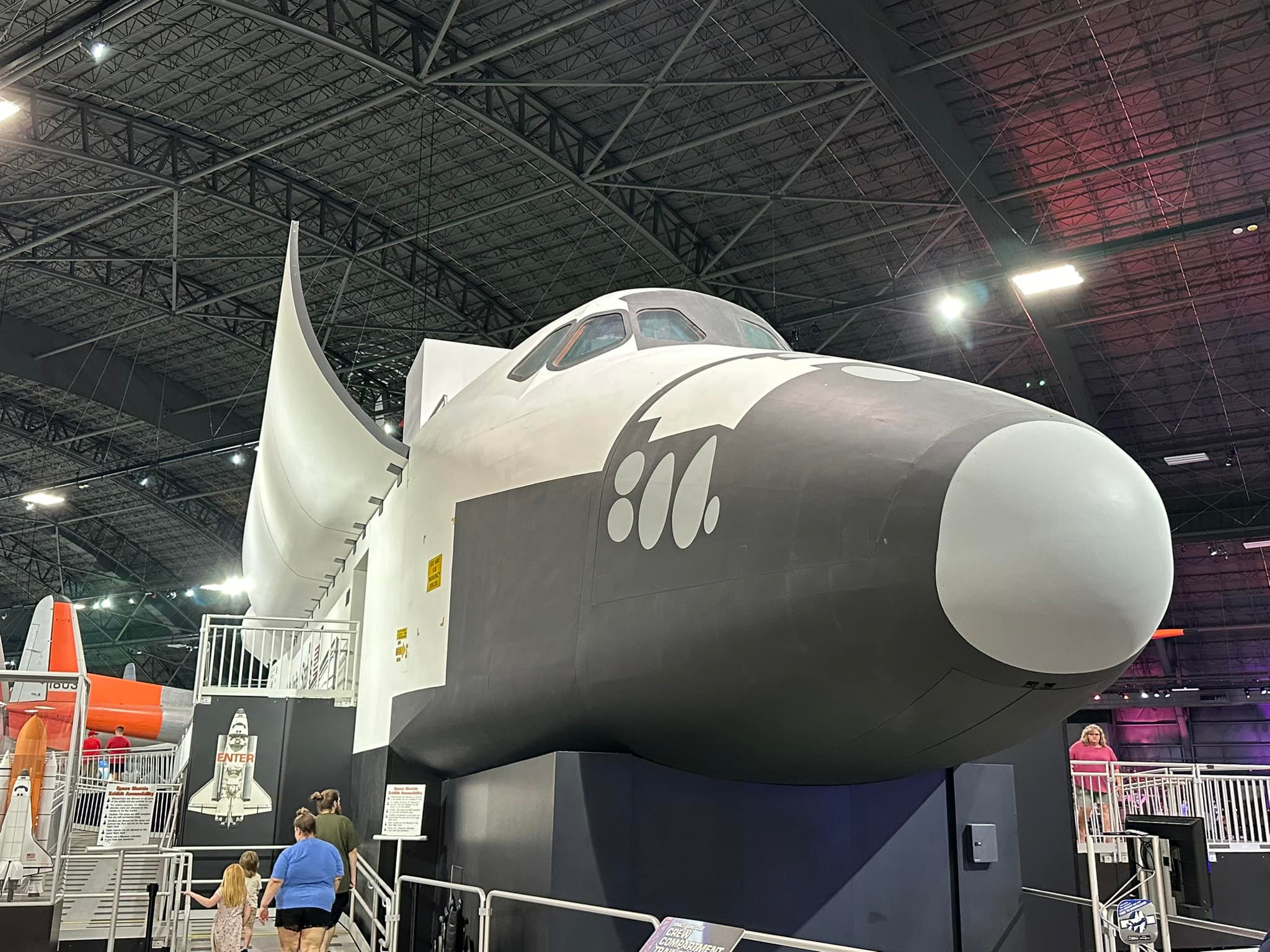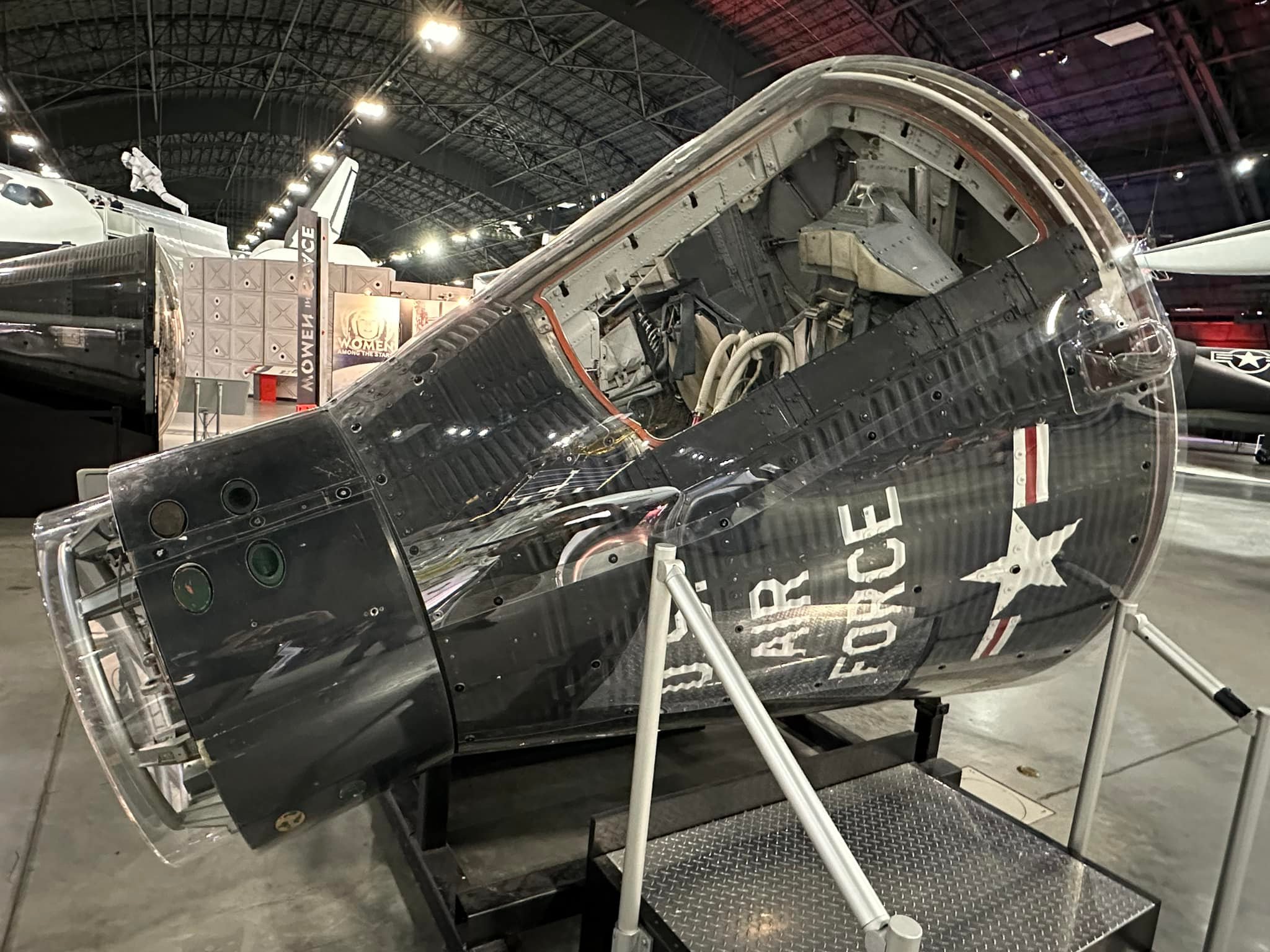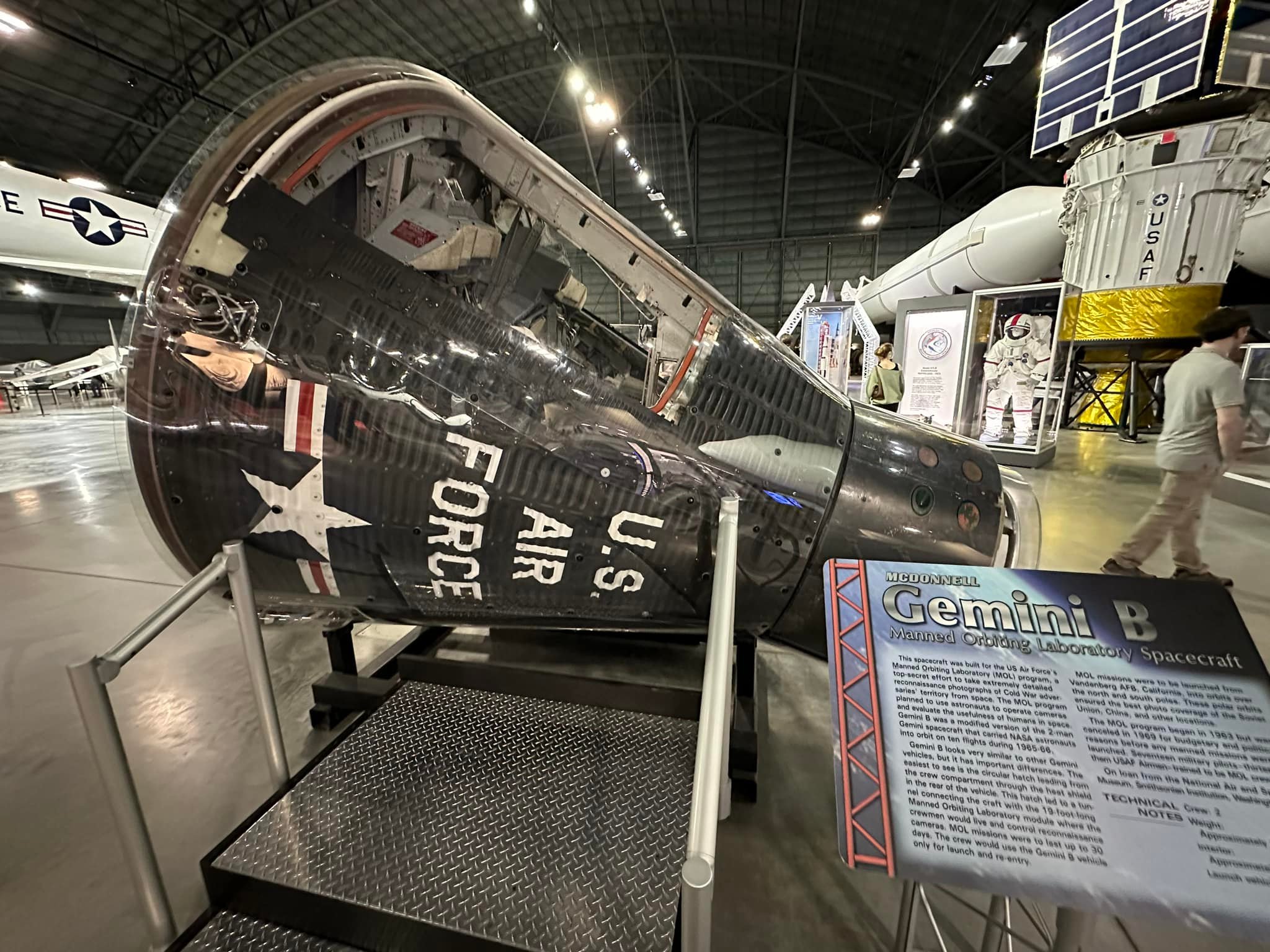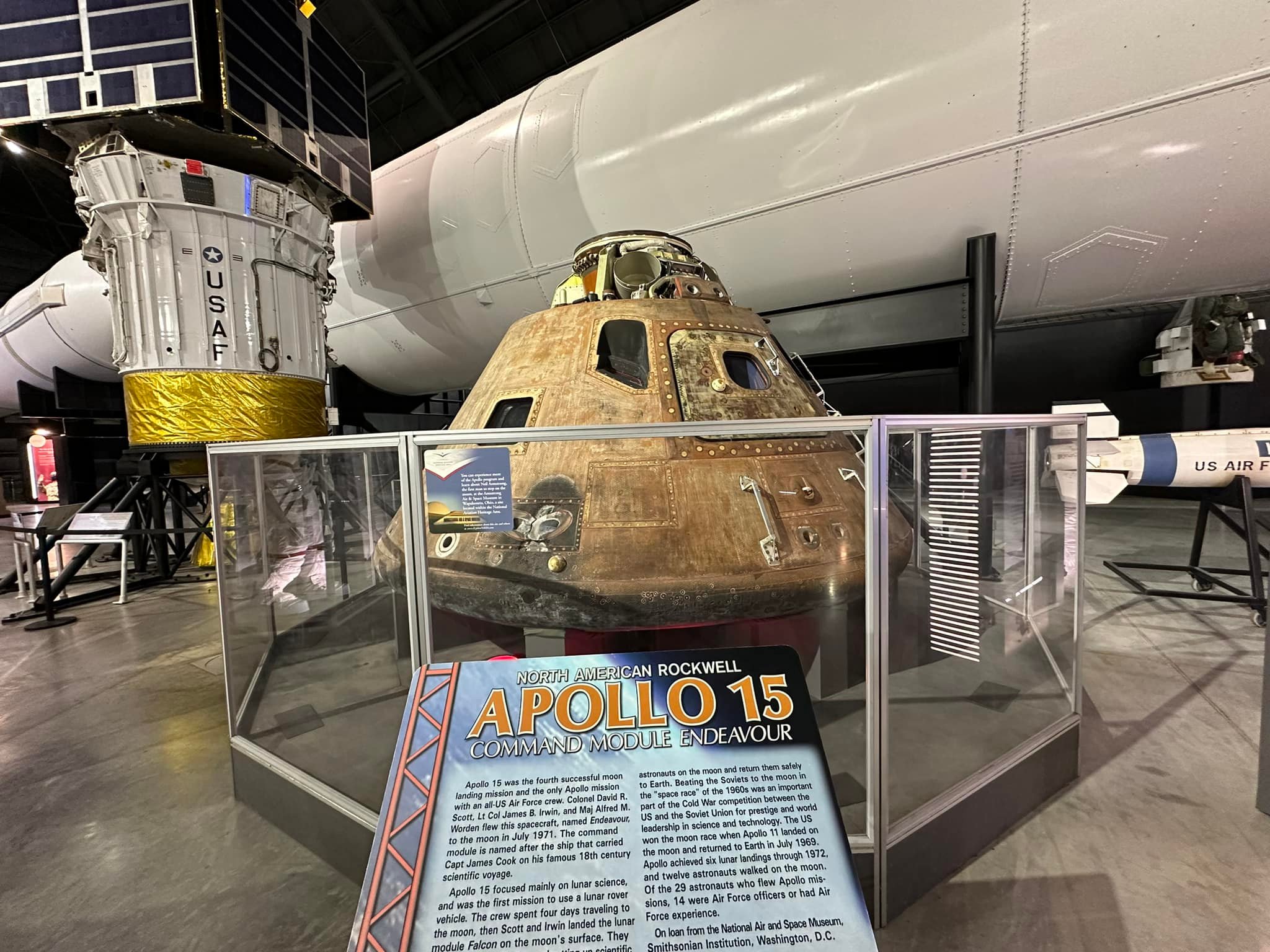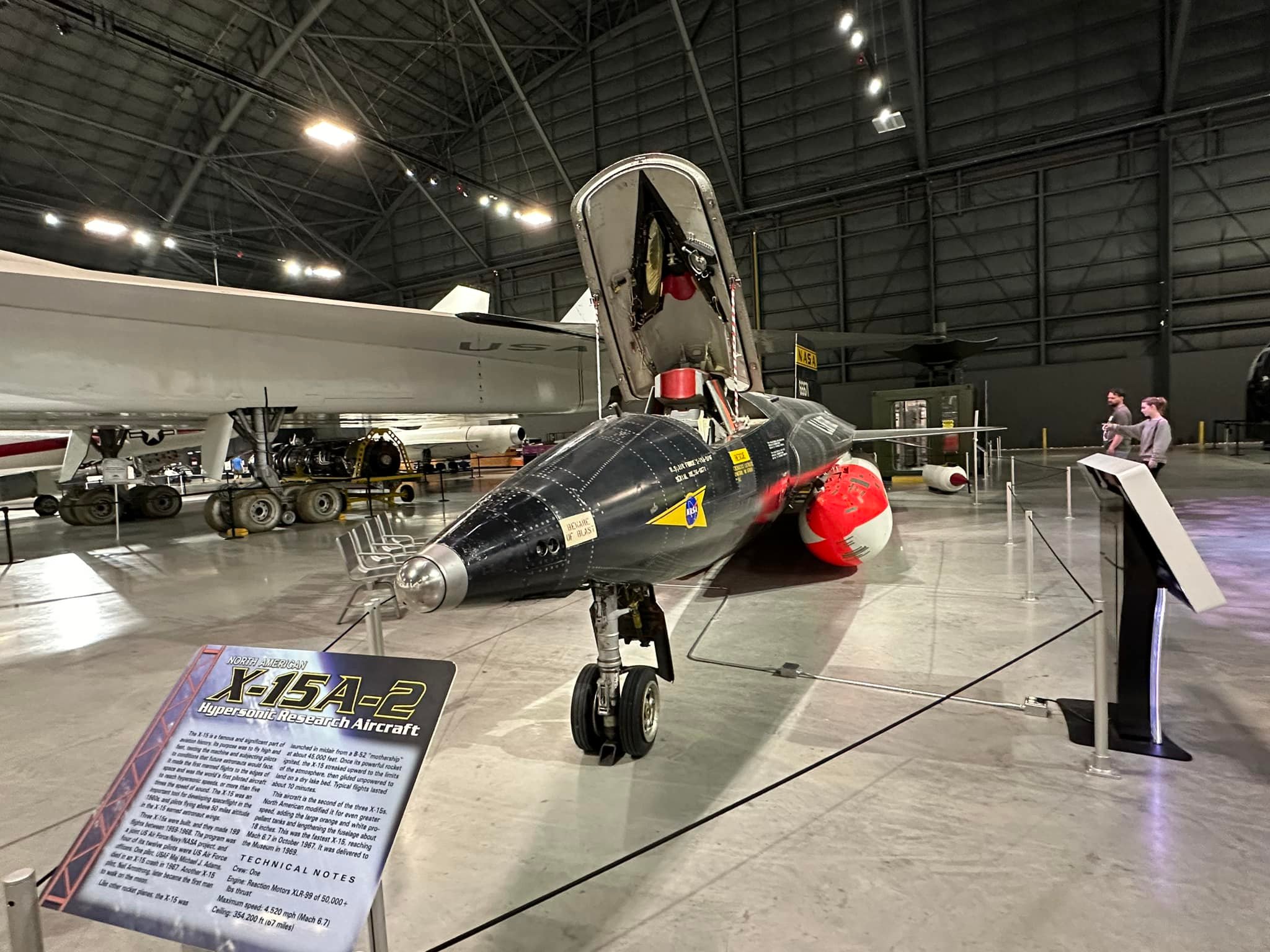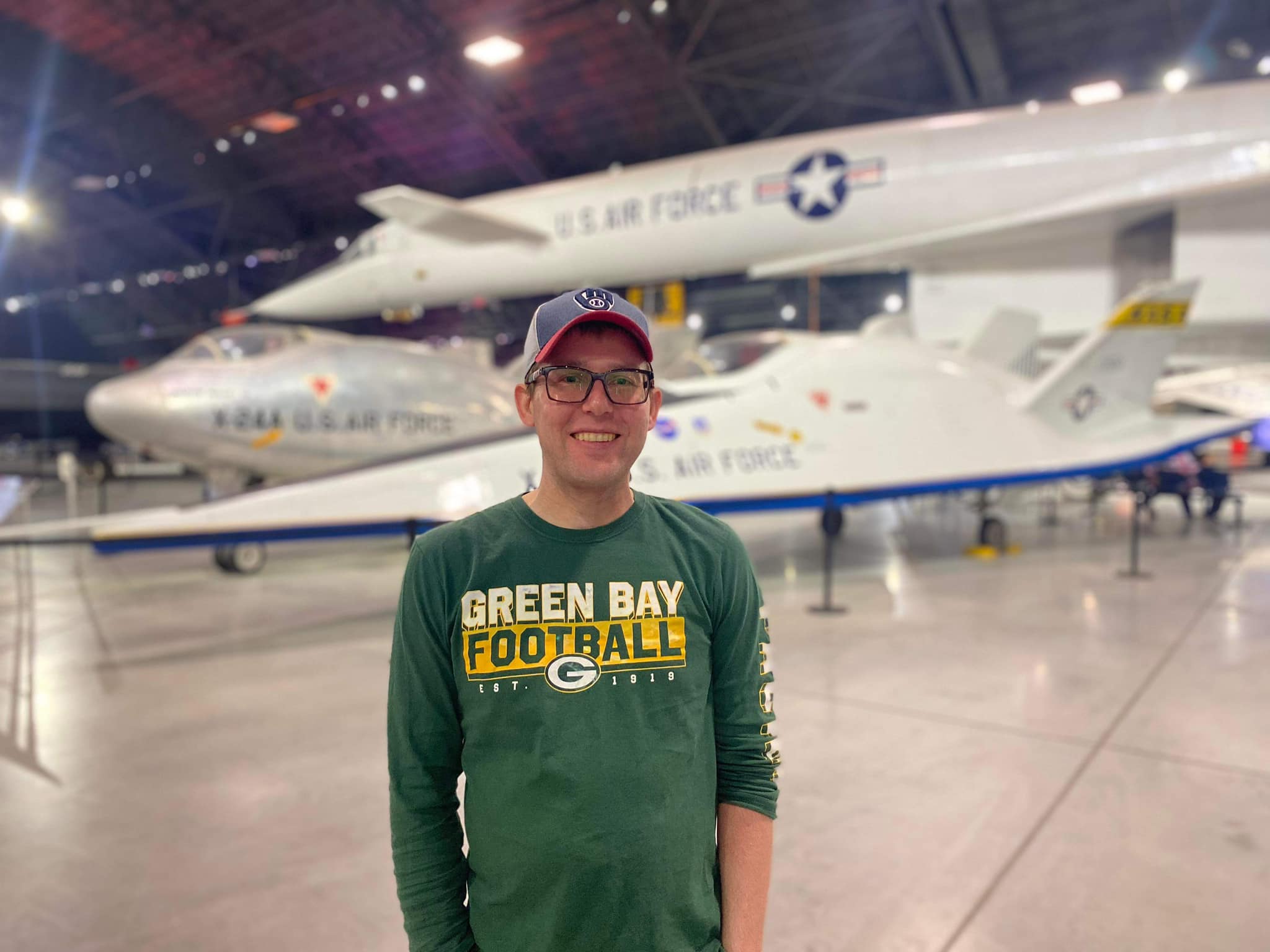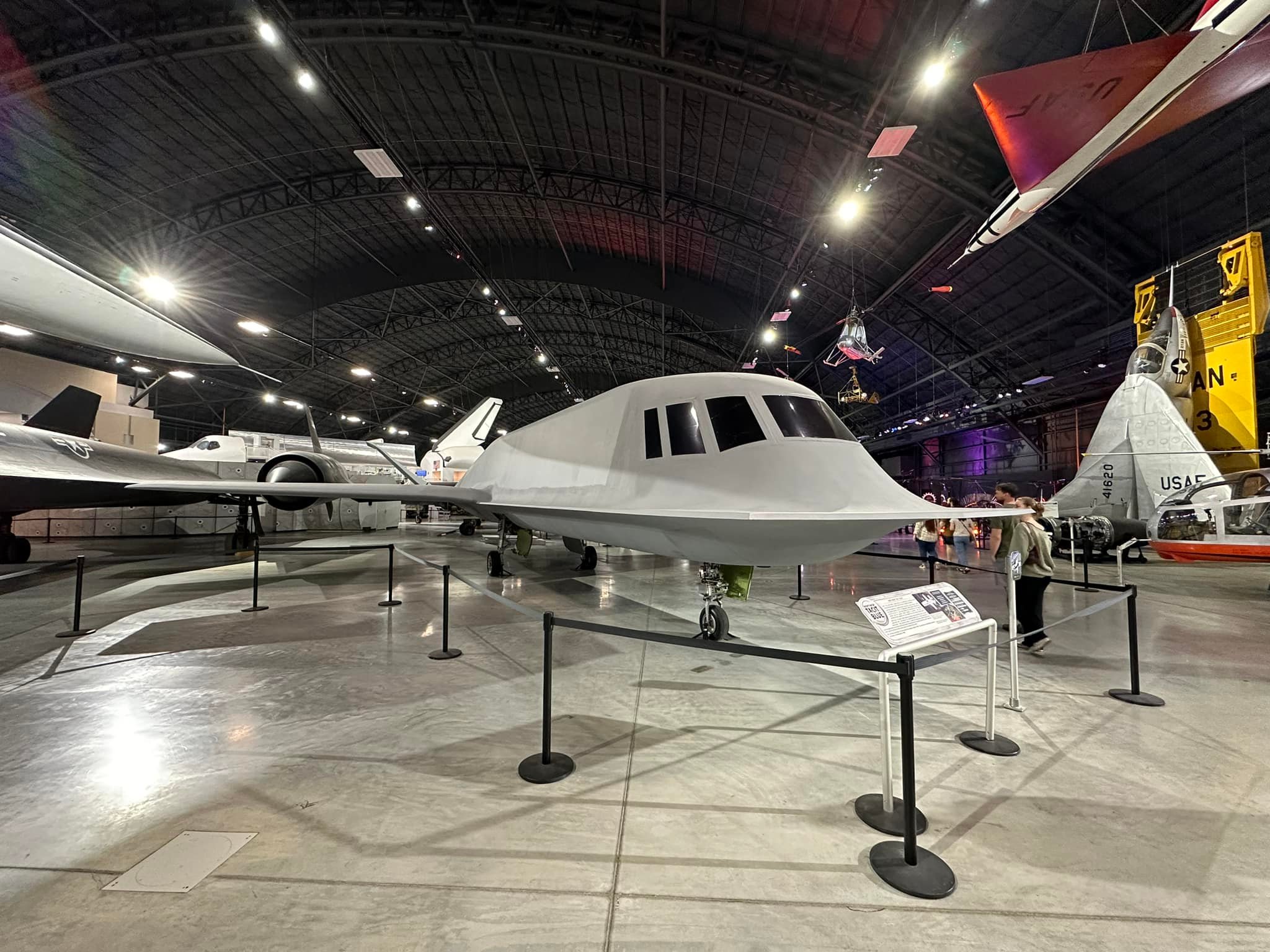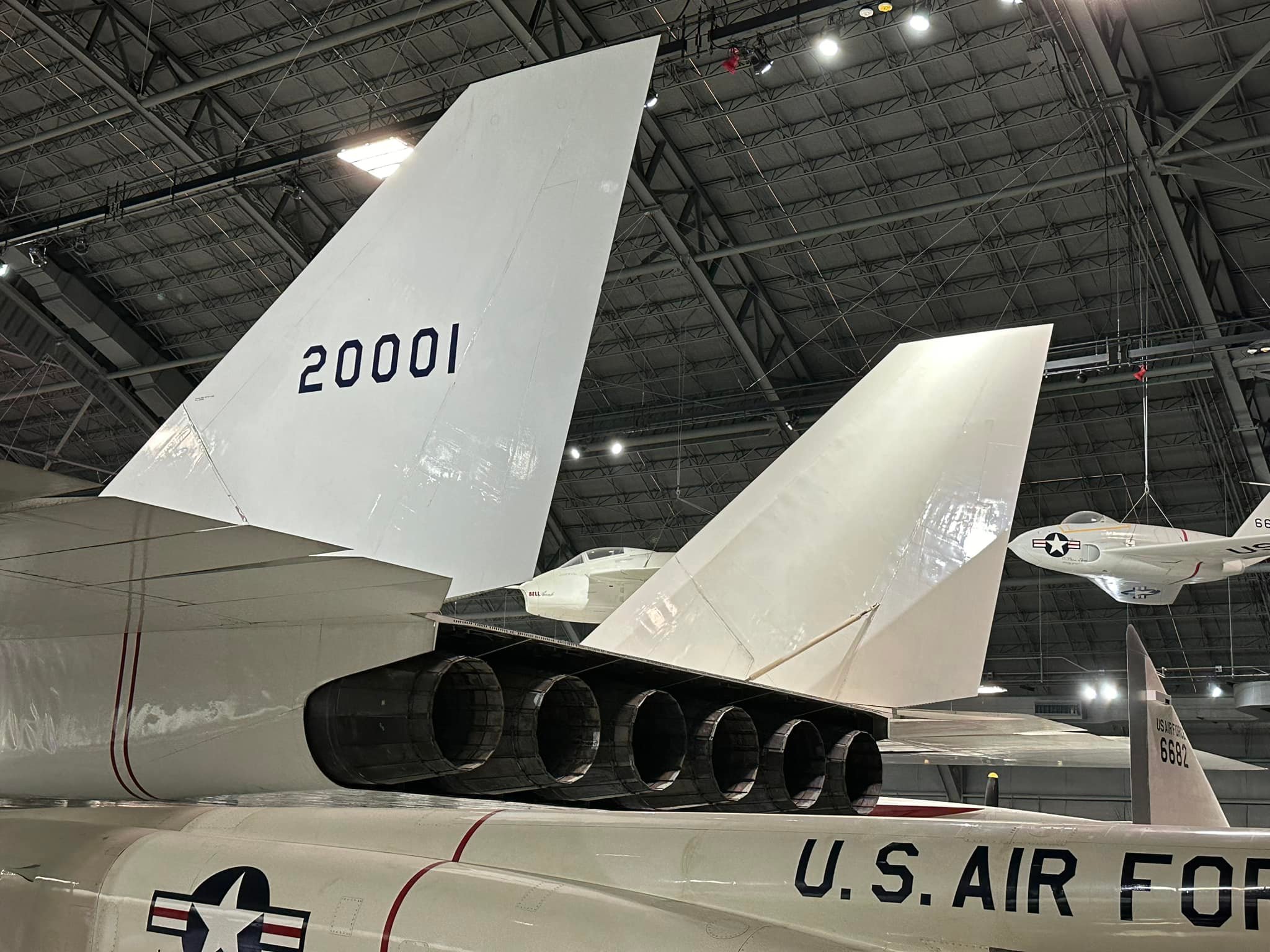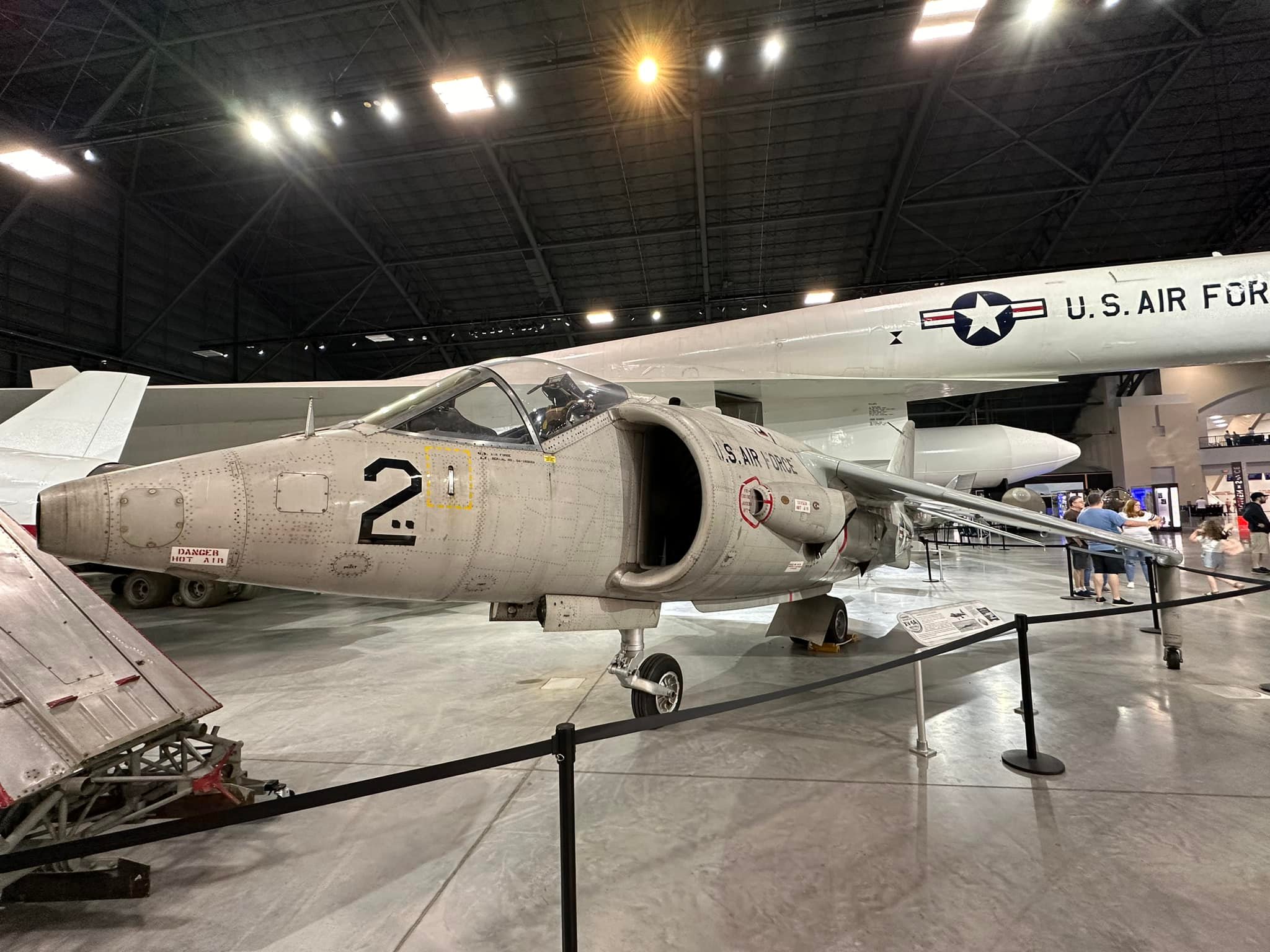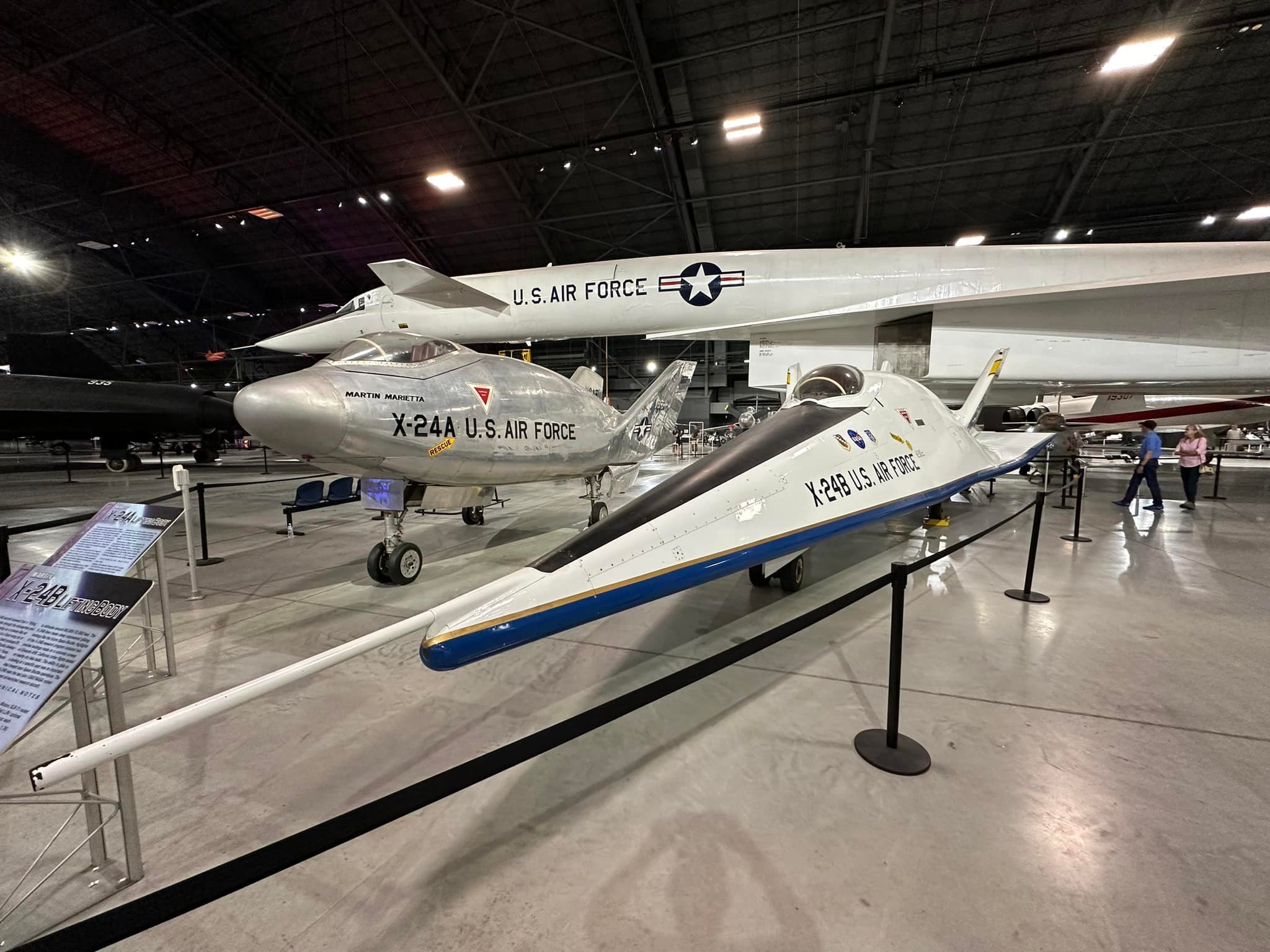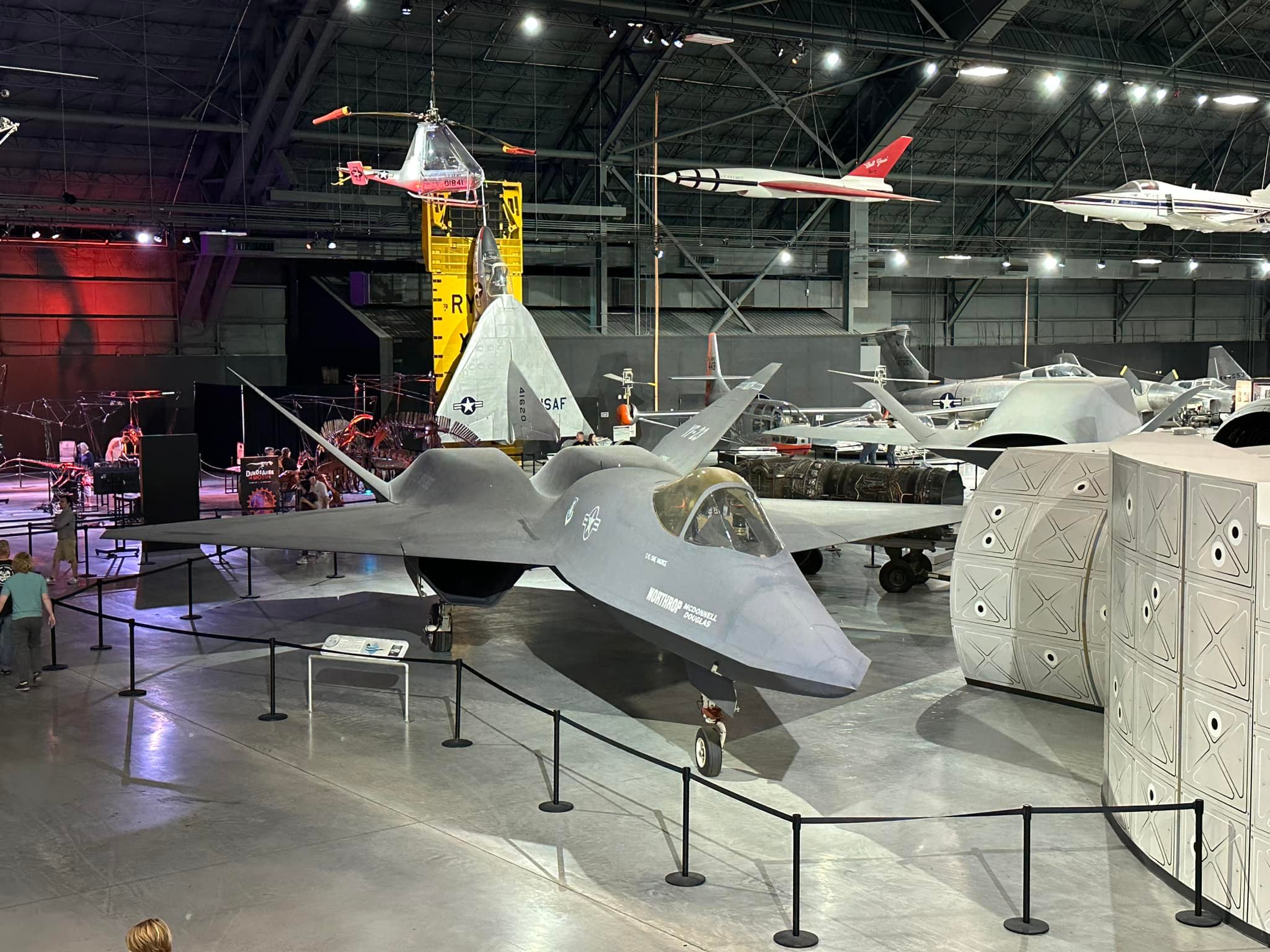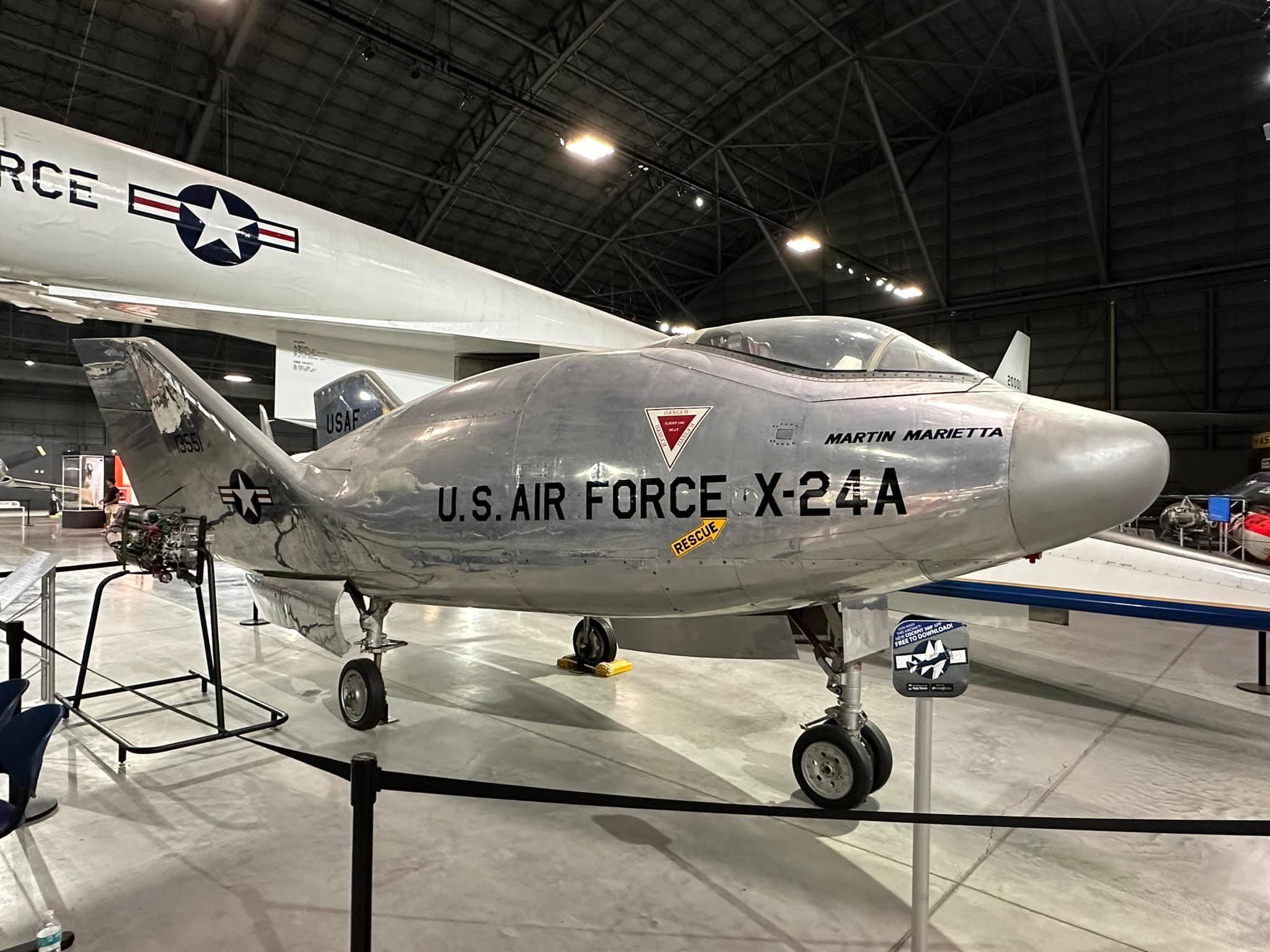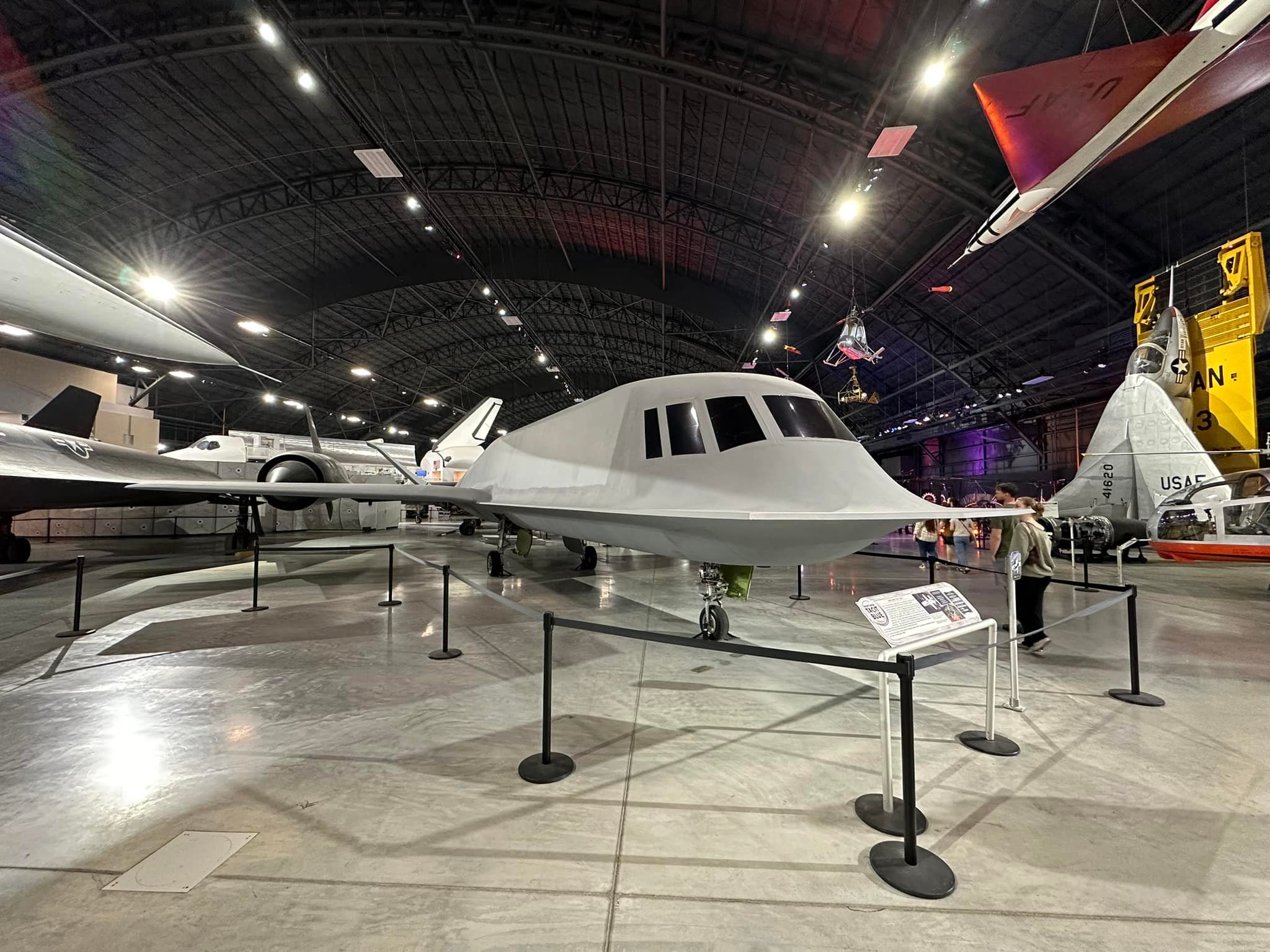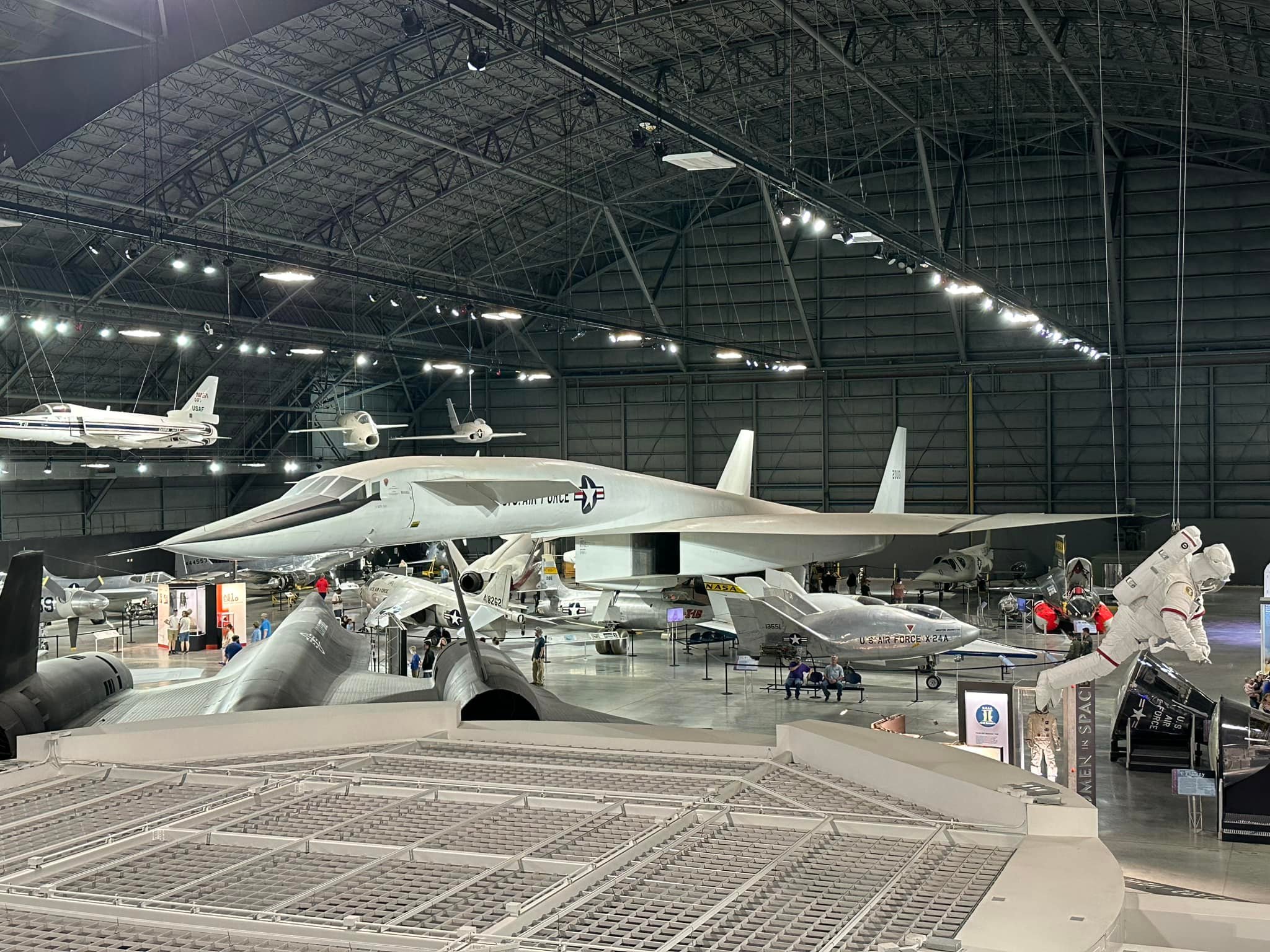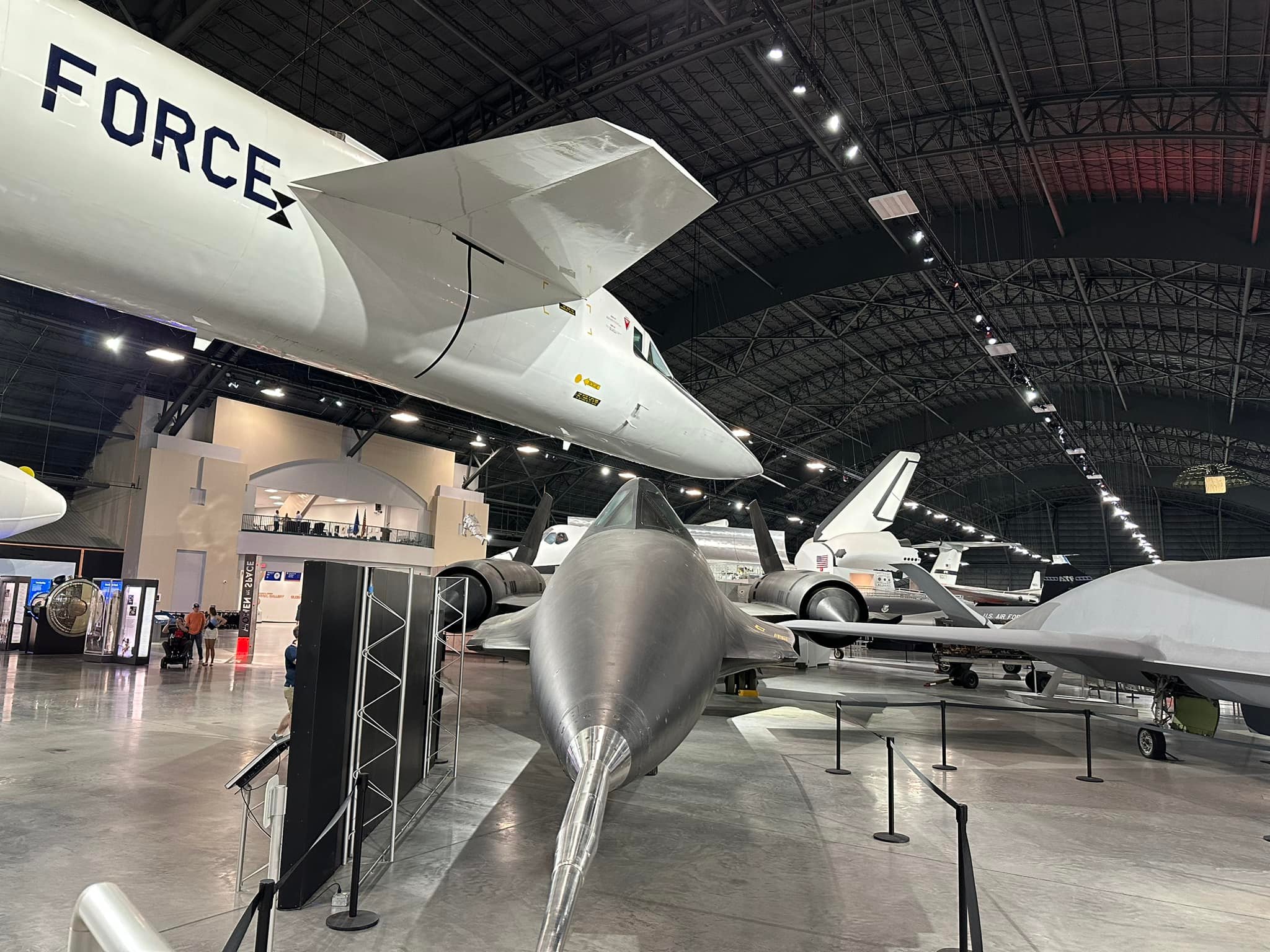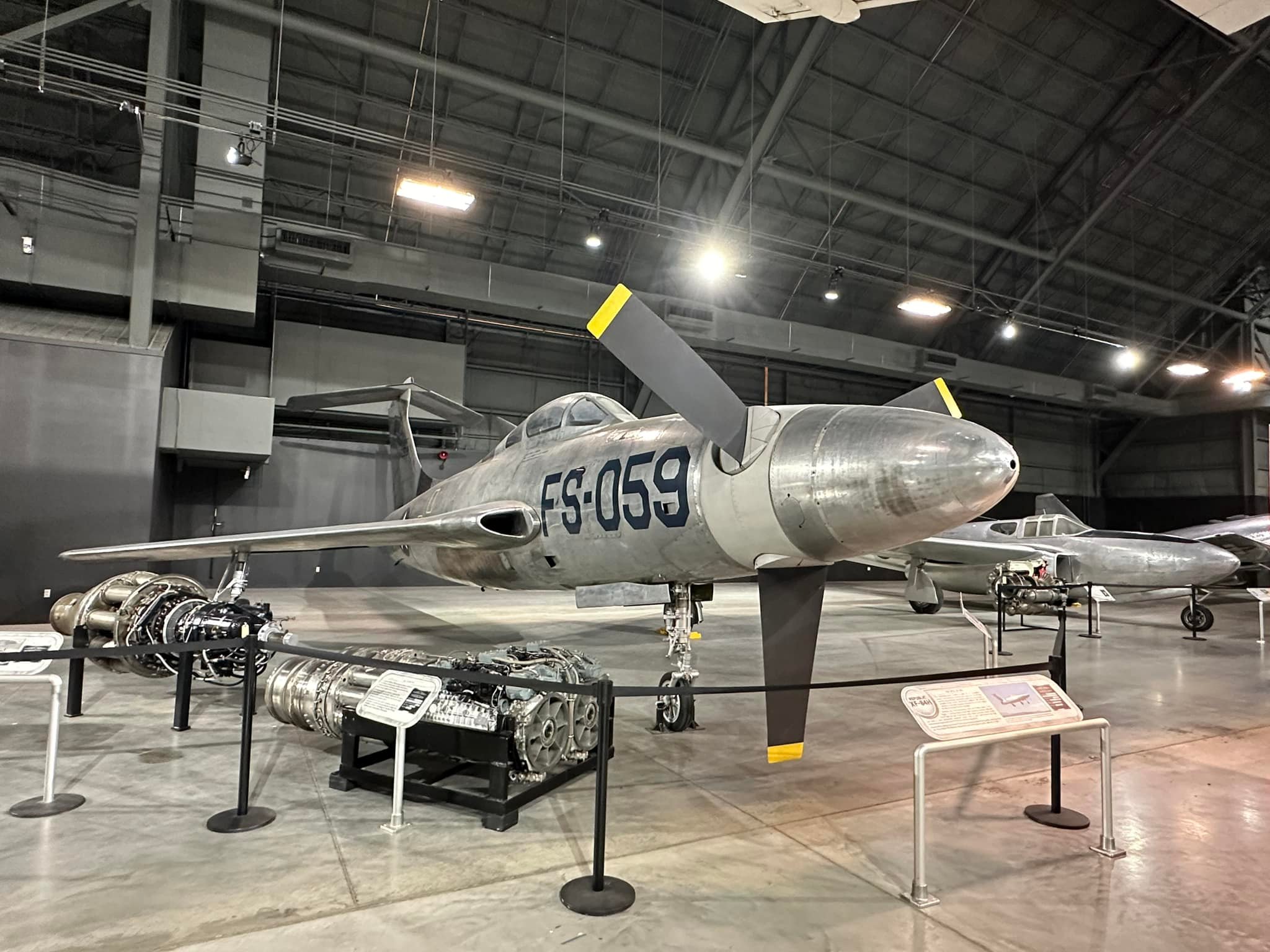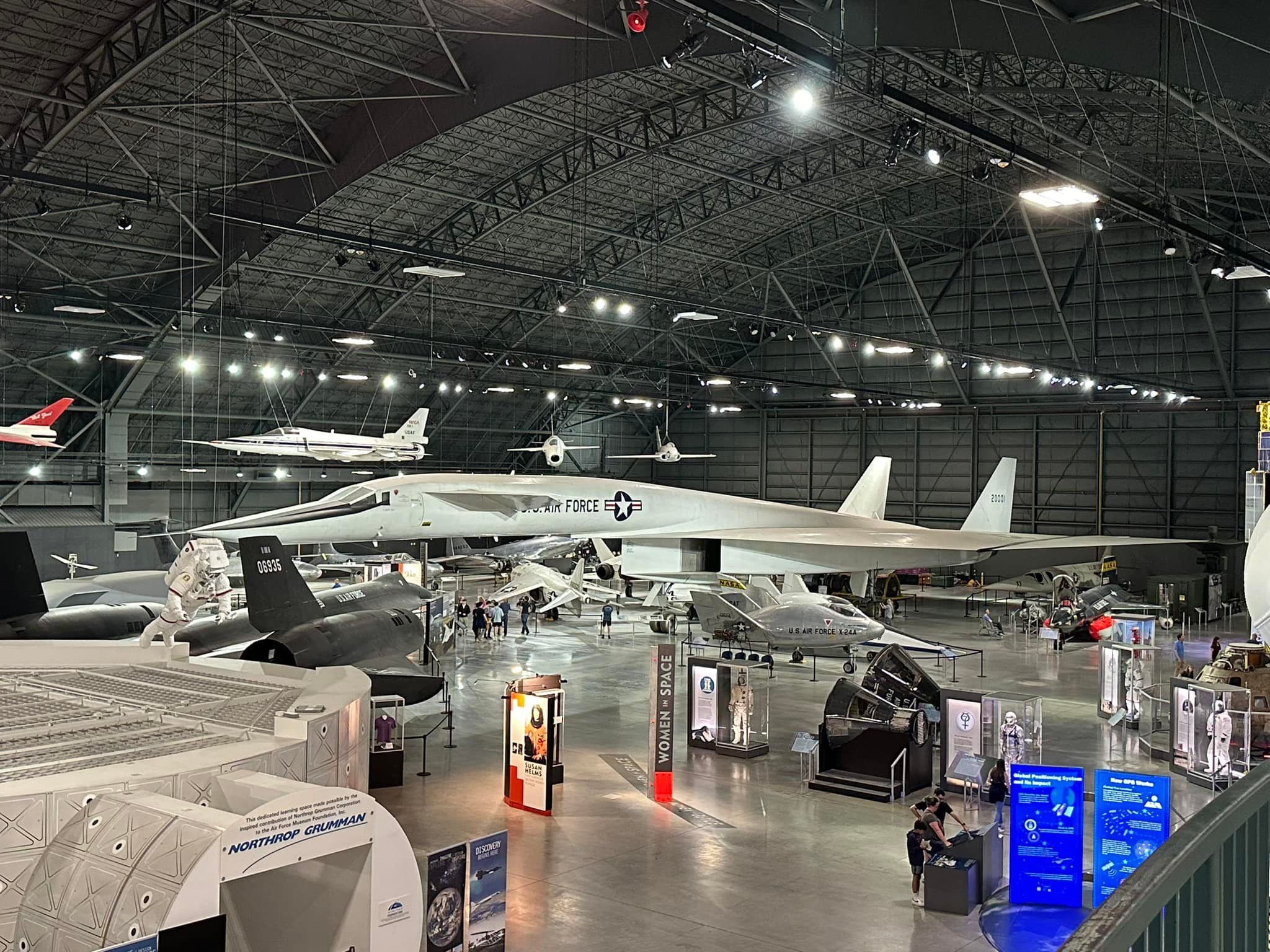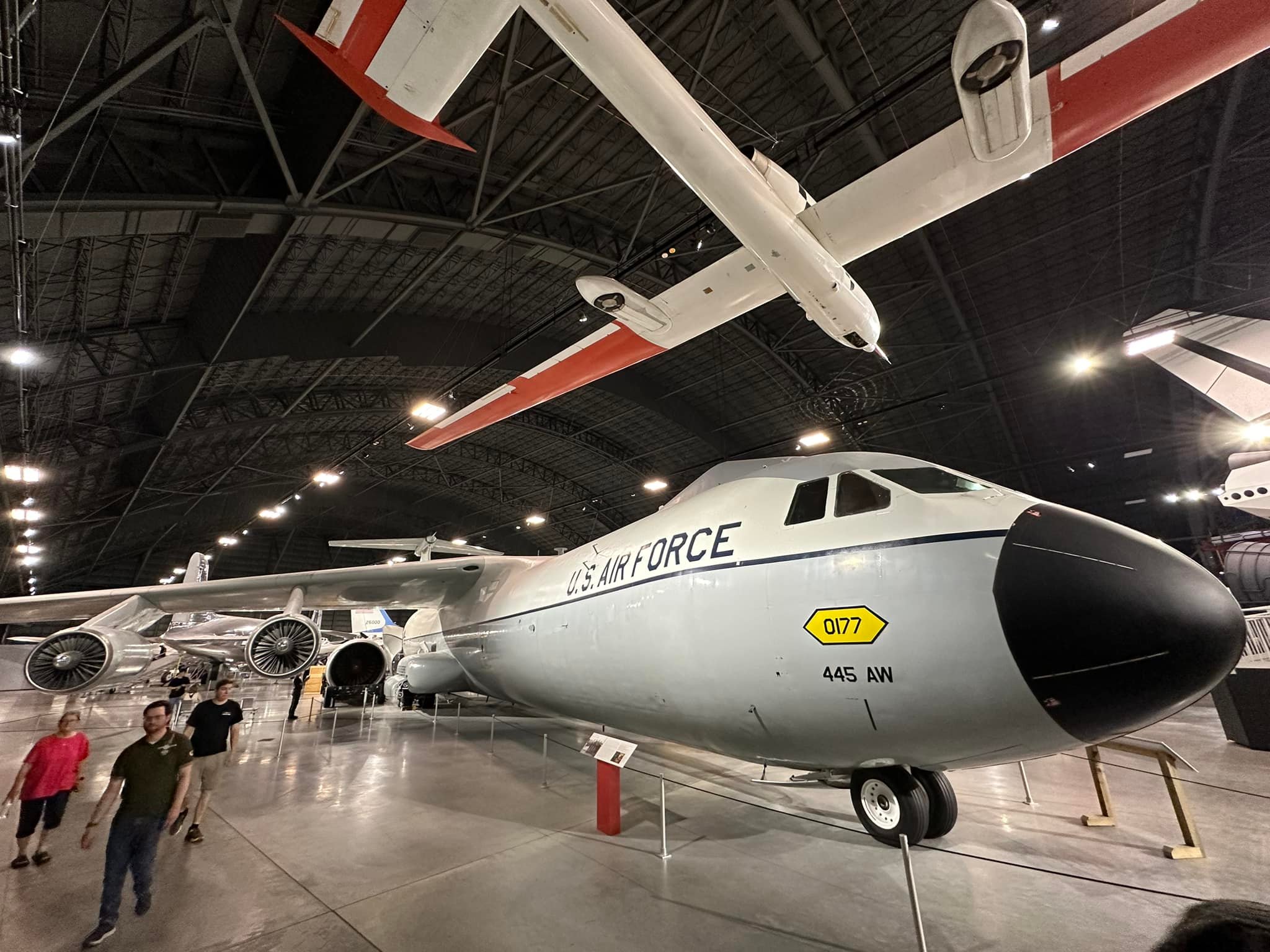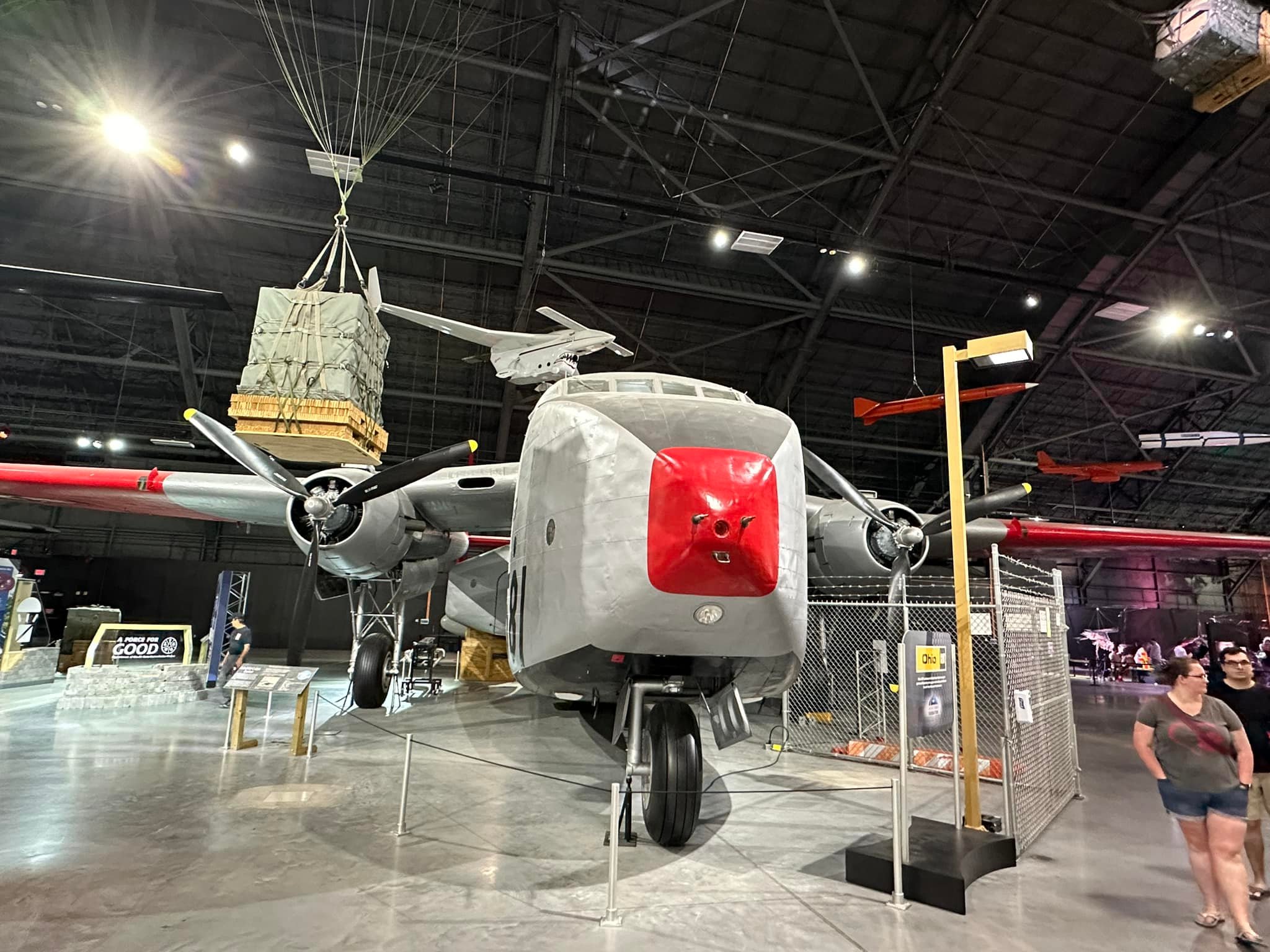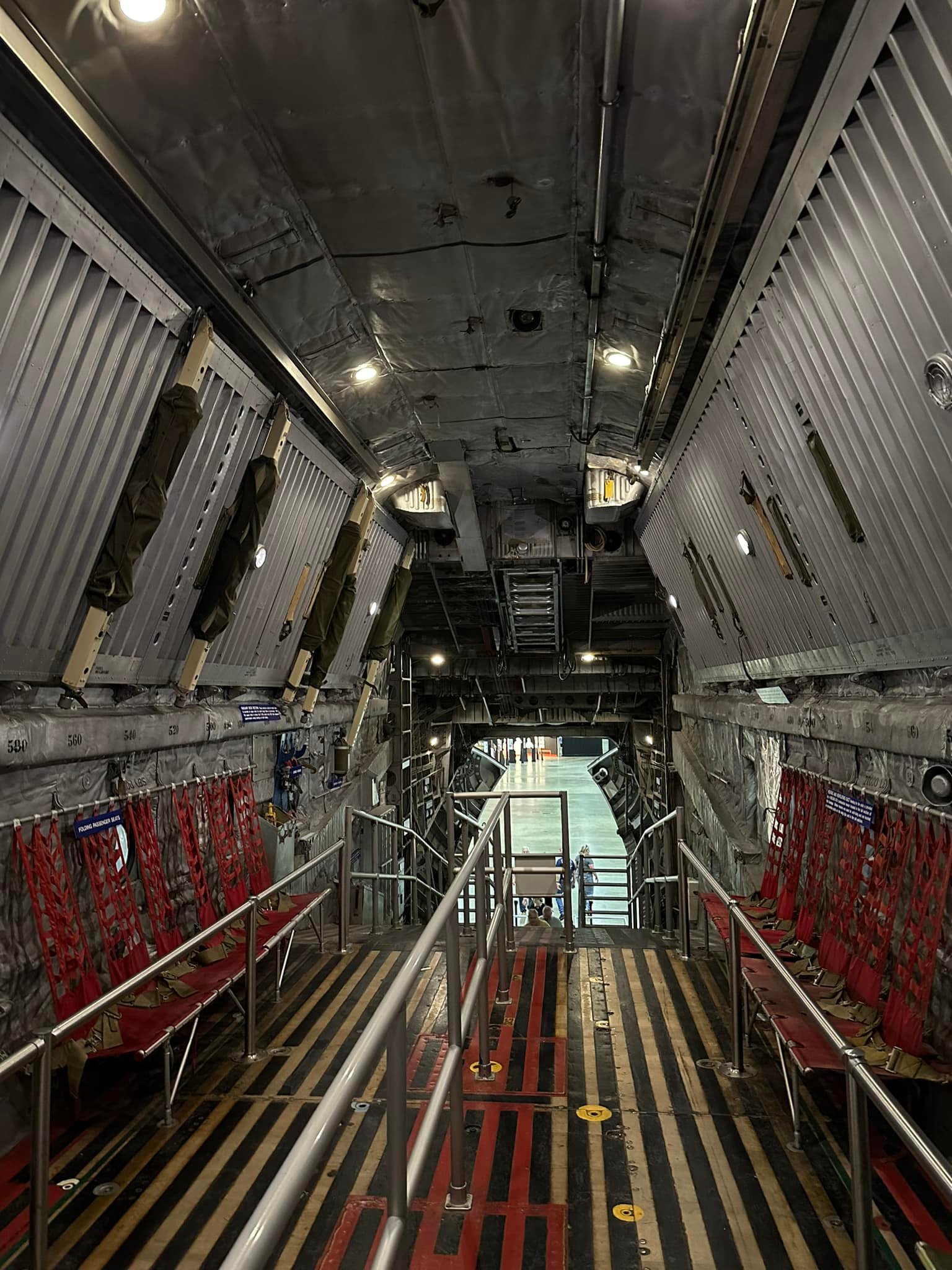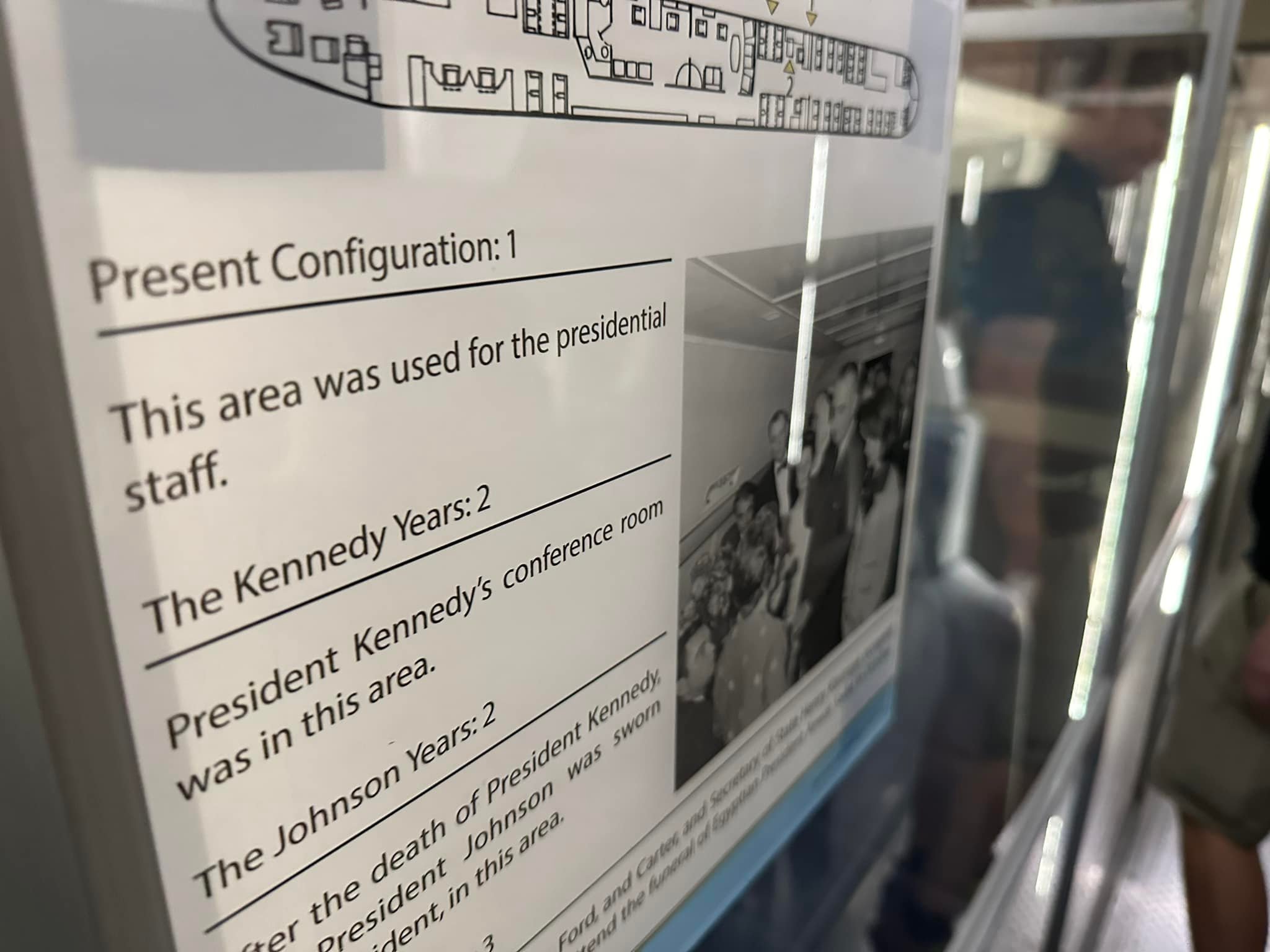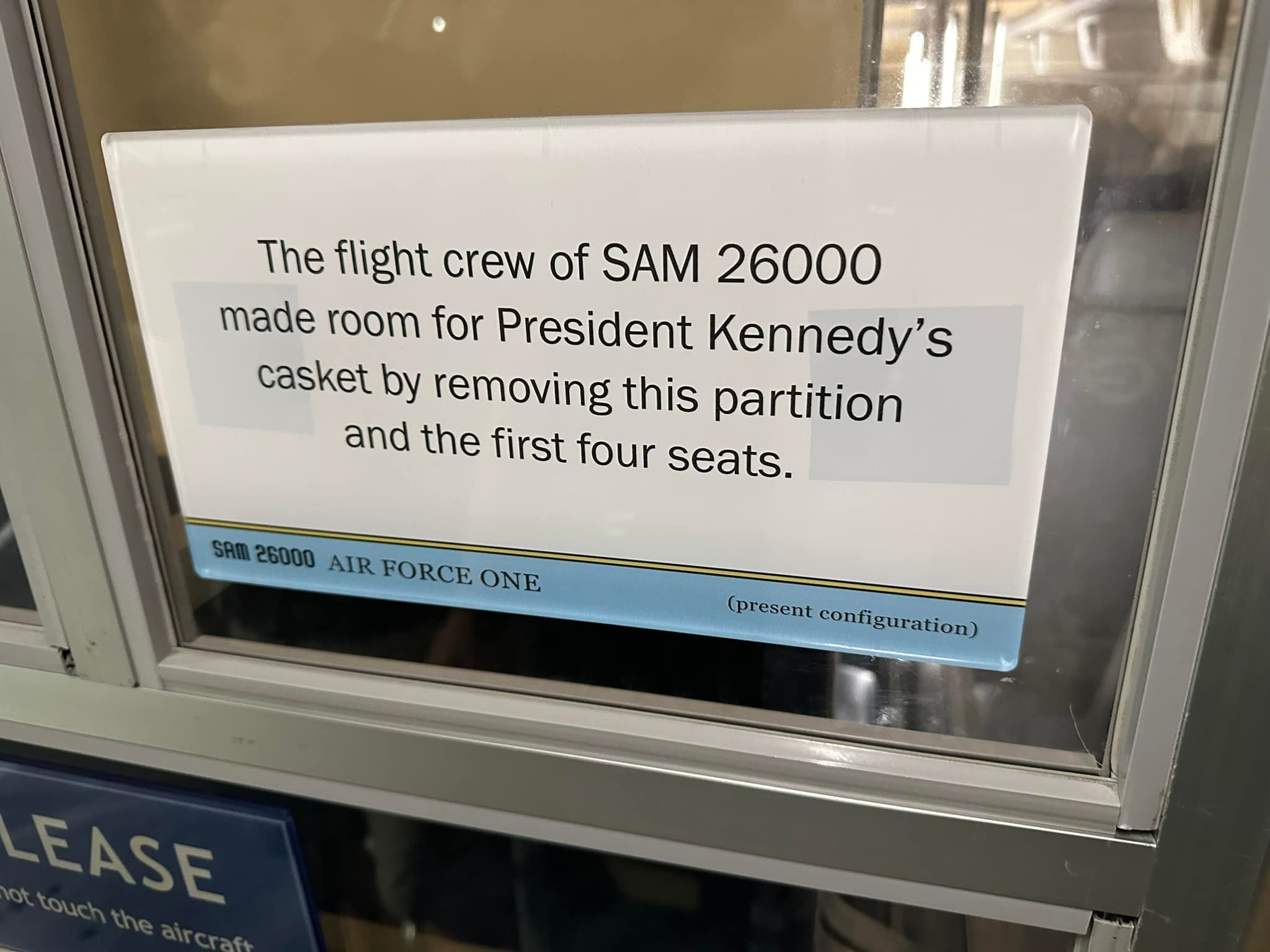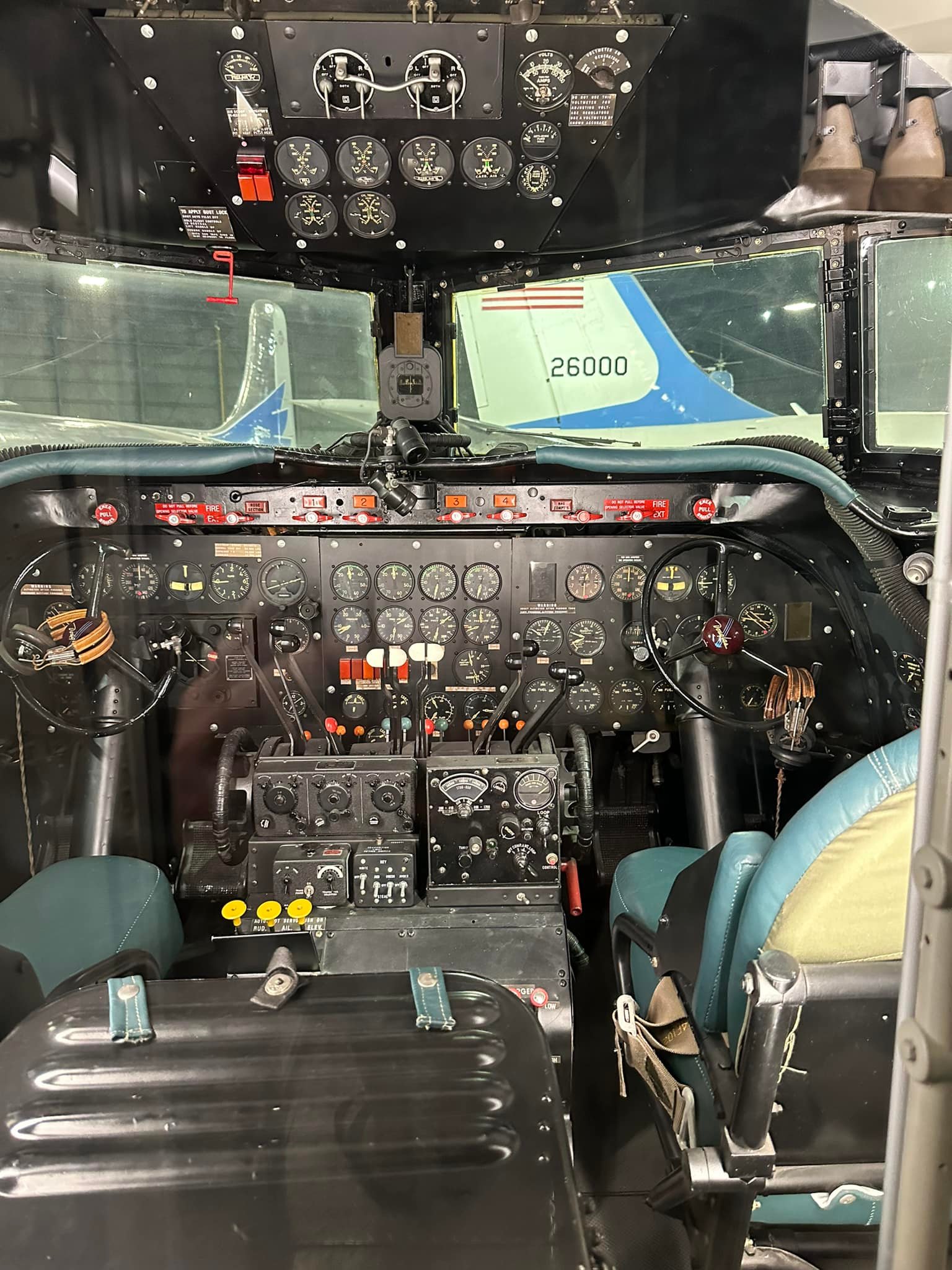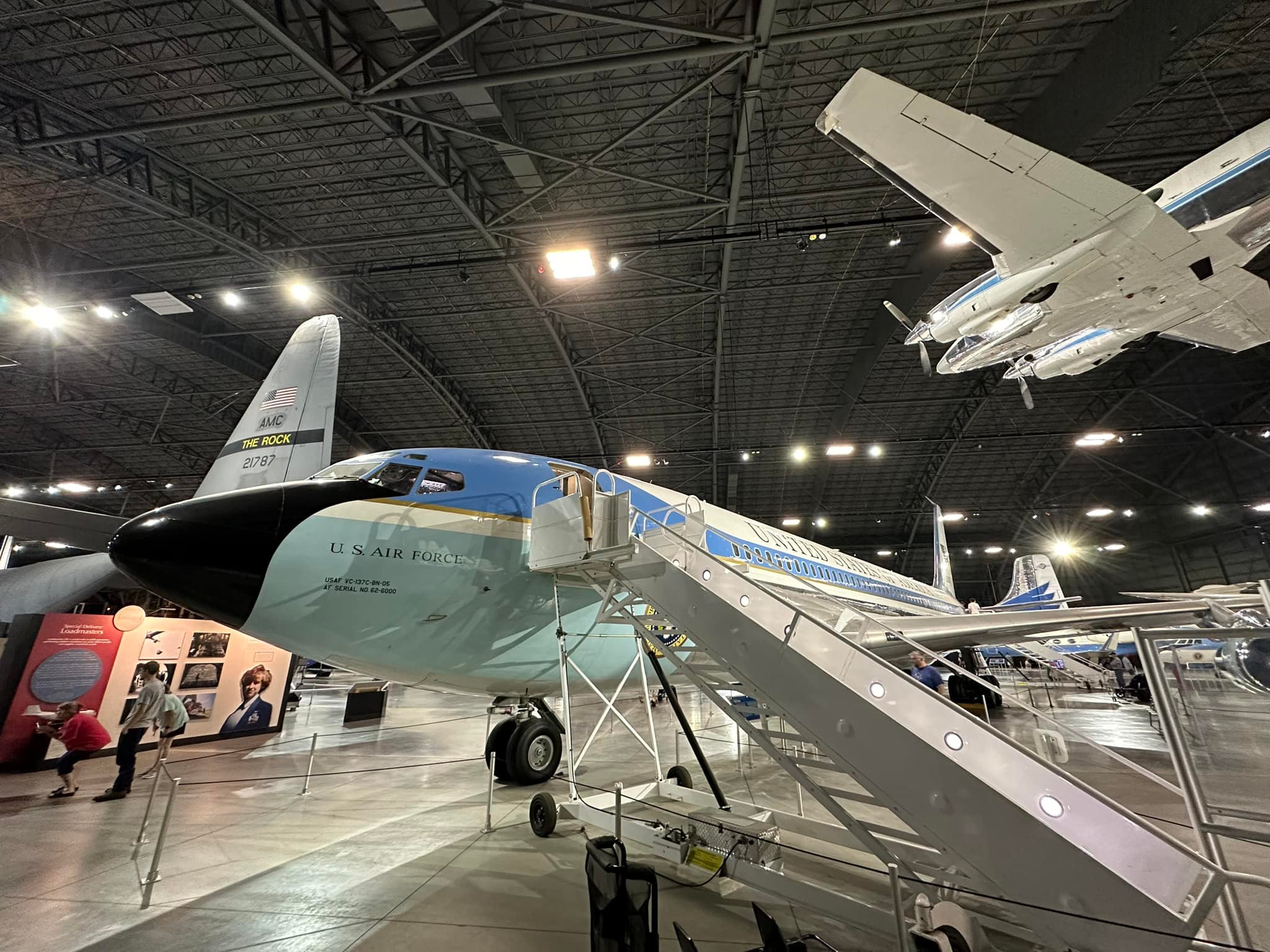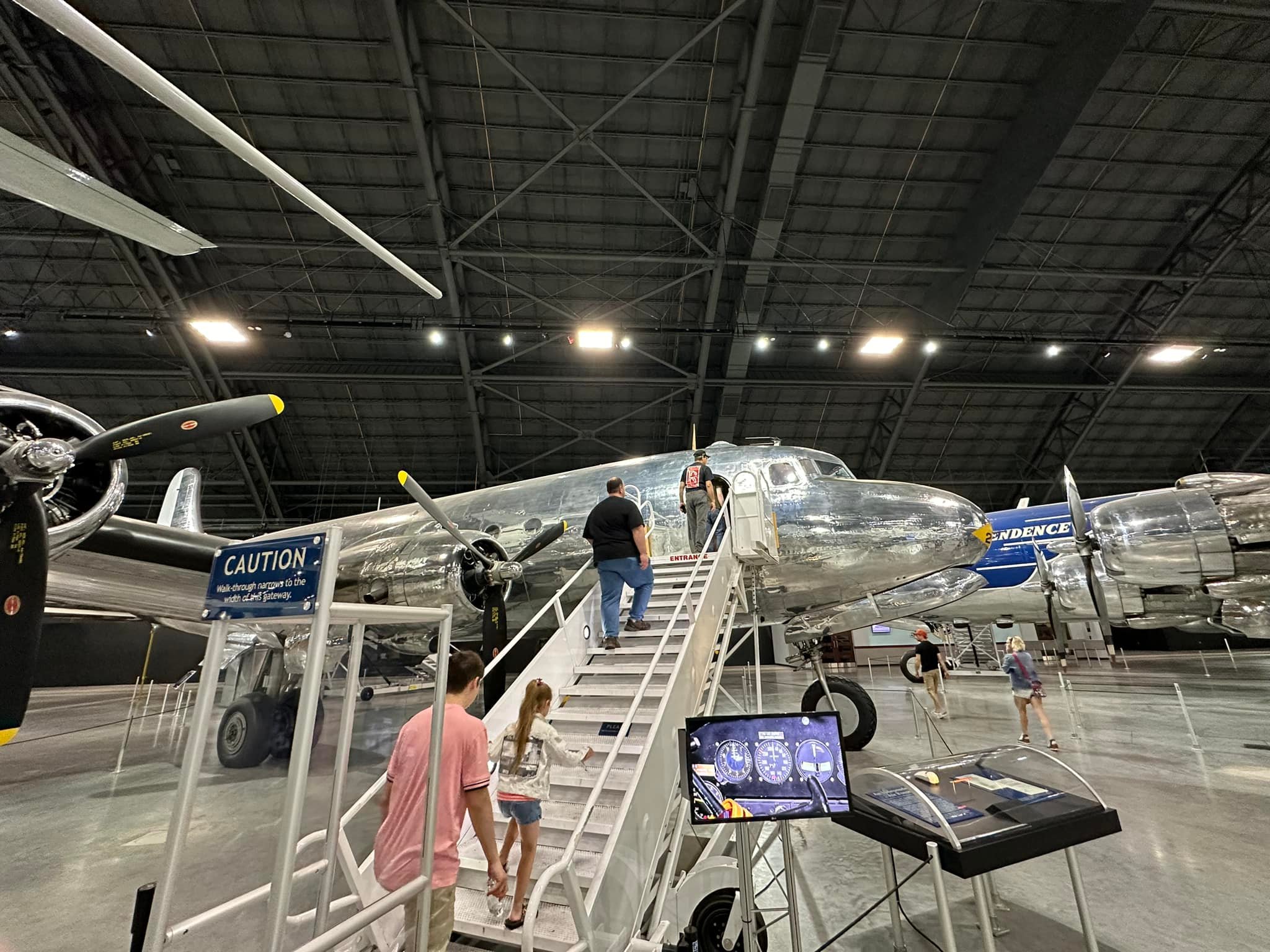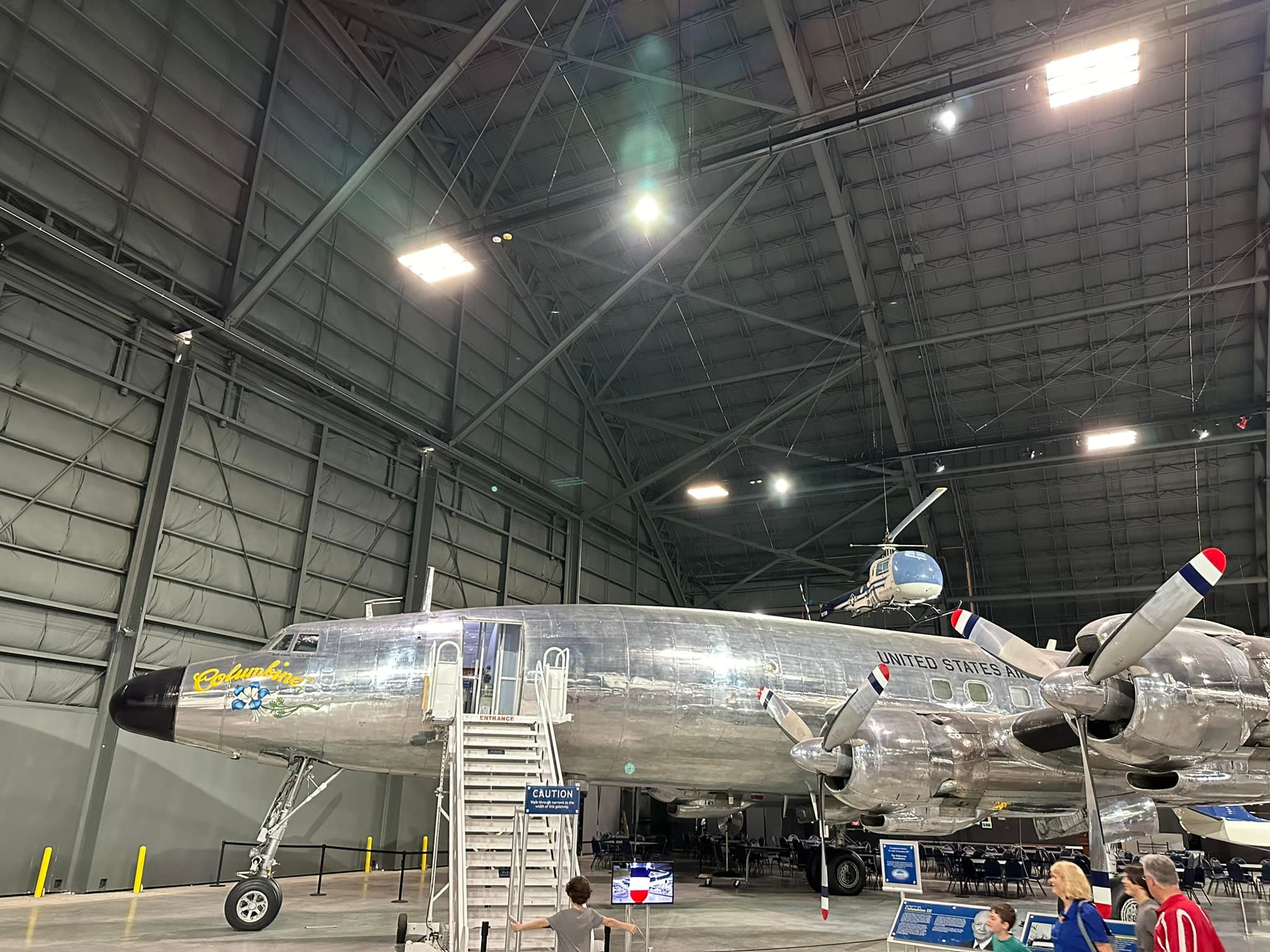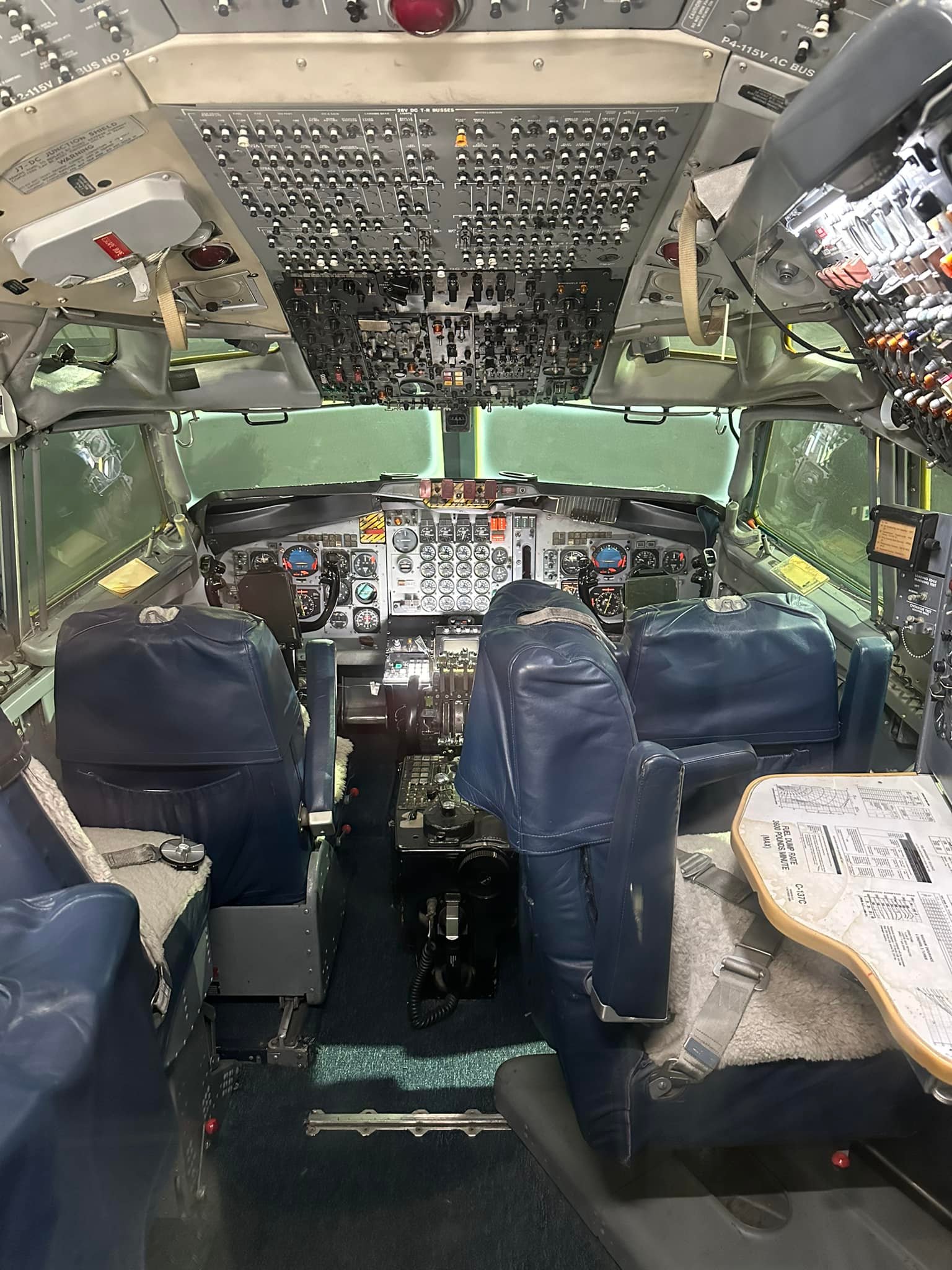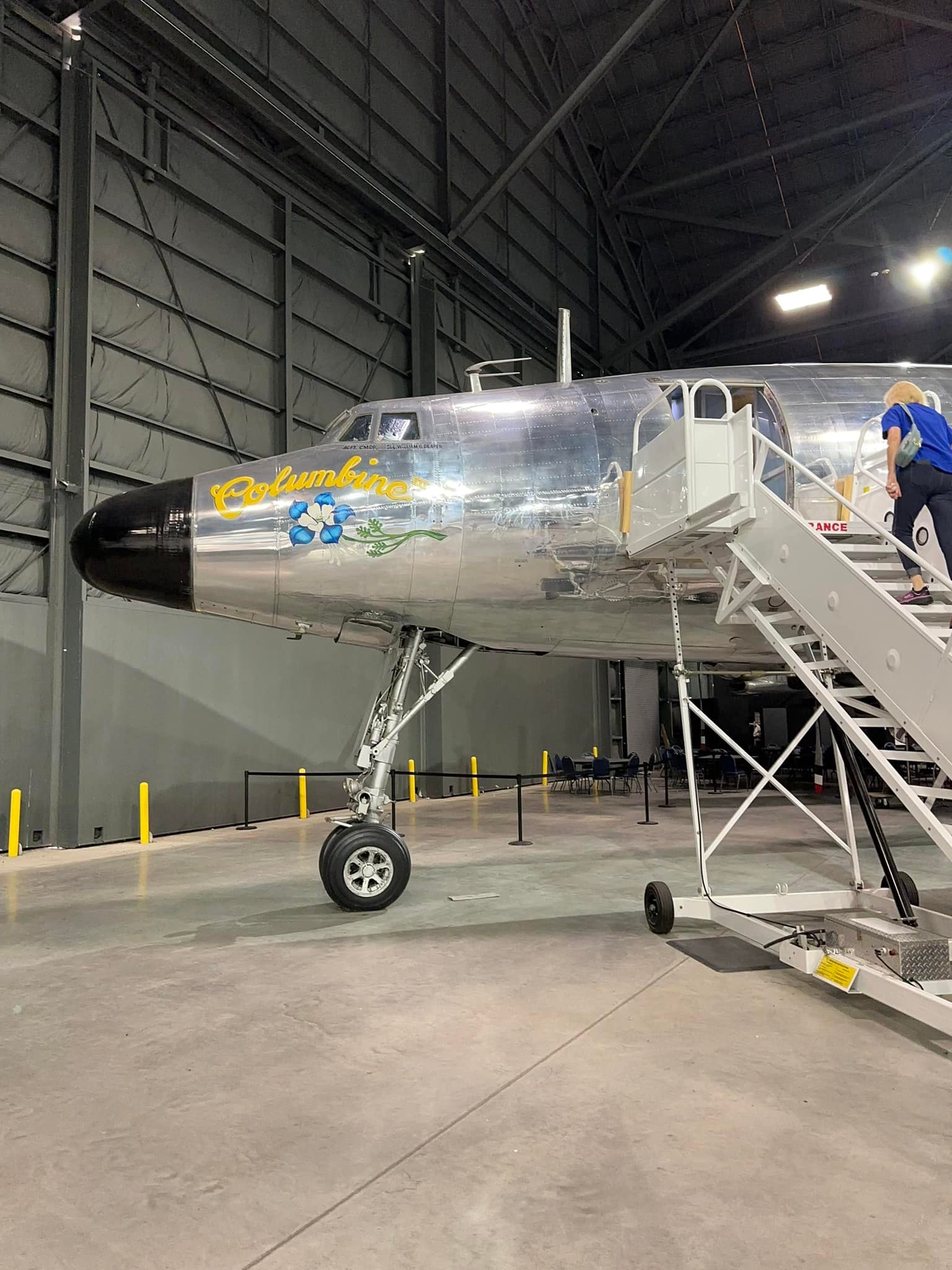Nearly seven years ago, I began my career at EAA with no aviation experience and very little knowledge. Like many newcomers to aviation, I gravitated to warbirds. While I wasn’t terribly familiar with many of the specific airplanes, I was familiar with the conflicts in which they served. As a student of history, that was what drew my interest, and my curiosity and desire to learn has only grown since then. Of course, my aviation interests have expanded since 2017, but warbirds and military aircraft still draw me in like no other segment of flight.
Ever since I became particularly fascinated with warbirds, I’ve been told by numerous colleagues at EAA that there was one place I absolutely needed to visit: the National Museum of the U.S. Air Force. If you’re reading this, there’s a very good chance you’ve already been there. Something like 800,000 people visit on a yearly basis. Located at Wright-Patterson Air Force Base near Dayton, Ohio, the NMUSAF is the largest military aviation museum in the world — sporting four enormous hangars. The museum contains more than 360 aerospace vehicles and missiles, and countless artifacts, within more than 19 acres of indoor exhibit space.
Finally, a few weeks ago, I made my first visit. EAA staffers Chris Henry, Connor Madison, Alden Frautschy, and I, along with Connor’s uncle, Andy, spent the better part of a Saturday morning and afternoon making our way through the museum. While we only had the day at the museum, we tried to see as much as we possibly could. To fully experience all of the exhibits, you’d probably need to spend a couple weeks. If you haven’t visited the NMUSAF, you simply have to. Until then, here’s a look around this remarkable facility.
Early Years Gallery
Chronicling the first few decades of military aviation following the Wright brothers’ flight in 1903, the Early Years Gallery sports an impressive lineup of World War I and interwar aircraft, ranging from immaculate replicas to authentic century-old airframes.
World War II Gallery
Located in the opposite end of the hangar as the Early Years Gallery, the World War II Gallery tells the story of the U.S. Army Air Forces during the greatest conflict the world has ever known. With aircraft represented from both the European and Pacific theaters, you’d be hard-pressed to find a more impressive collection of World War II-era airplanes anywhere else in the world.
Korean War Gallery
Occupying half of the second hangar, the Korean War Gallery showcases the U.S. Air Force’s role in a conflict often overlooked in the annals of history.
Southeast Asia War Gallery
Lasting for the better part of the 1960s and well into the 1970s, the conflict in Southeast Asia saw a number of influential aircraft enter service for the U.S. Air Force. Located opposite the Korean War Gallery in the second hangar, the Southeast Asia War Gallery has many of the types that played large roles in Vietnam and the surrounding countries.
Cold War Gallery
Encompassing the entirety of the third hangar, the Cold War Gallery features airplanes spanning the 40-plus years of the Cold War between the U.S. and Soviet Union. This was my personal favorite hangar.
Missile Gallery
Located between the third and fourth hangars, the Missile Gallery contains a handle of ICBMs in Air Force service over the years, including an example of a Convair Atlas missile that was used during NASA’s Project Mercury missions in the early 1960s.
Space Gallery
Occupying a portion of the fourth hangar, the Space Gallery showcases a number of aircraft, space vehicles, and artifacts from the space race in the 1960s to modern day.
Research & Development Gallery
Located adjacent to the Space Gallery in the fourth hangar, the Research & Development Gallery contains a number of experimental aircraft produced over the decades and is highlighted by the only remaining North American XB-70 Valkyrie.
Global Reach Gallery
Also located in the fourth hangar is the Global Reach Gallery, which showcases the Air Force’s airlift capabilities.
Presidential Gallery
The final area in the fourth hangar is the Presidential Gallery, which features a historic collection of presidential aircraft, many of which visitors can walk through.
Air Park
As if four hangars packed with airplanes wasn’t enough, there’s also an outdoor air park with a collection of aircraft that simply don’t fit inside.


